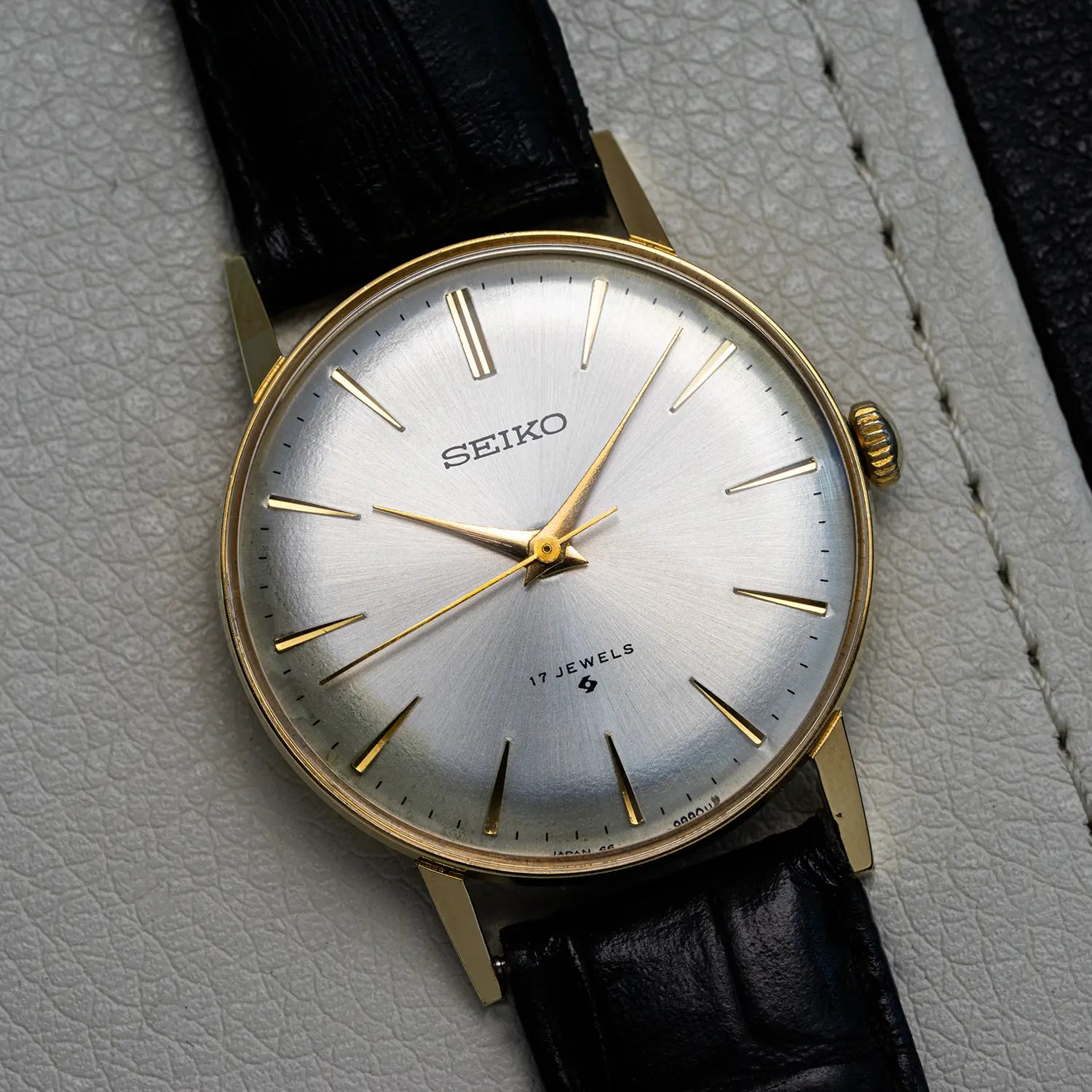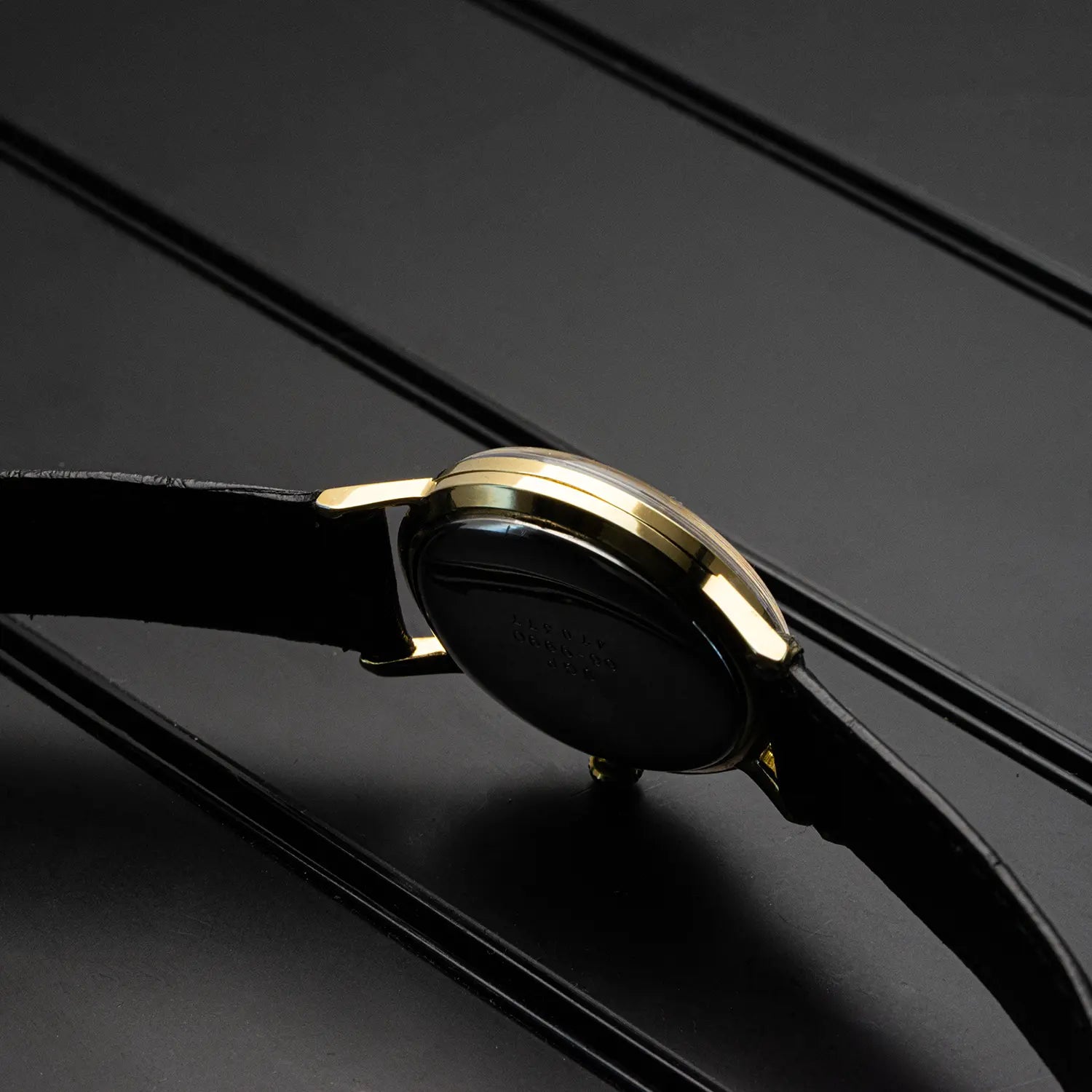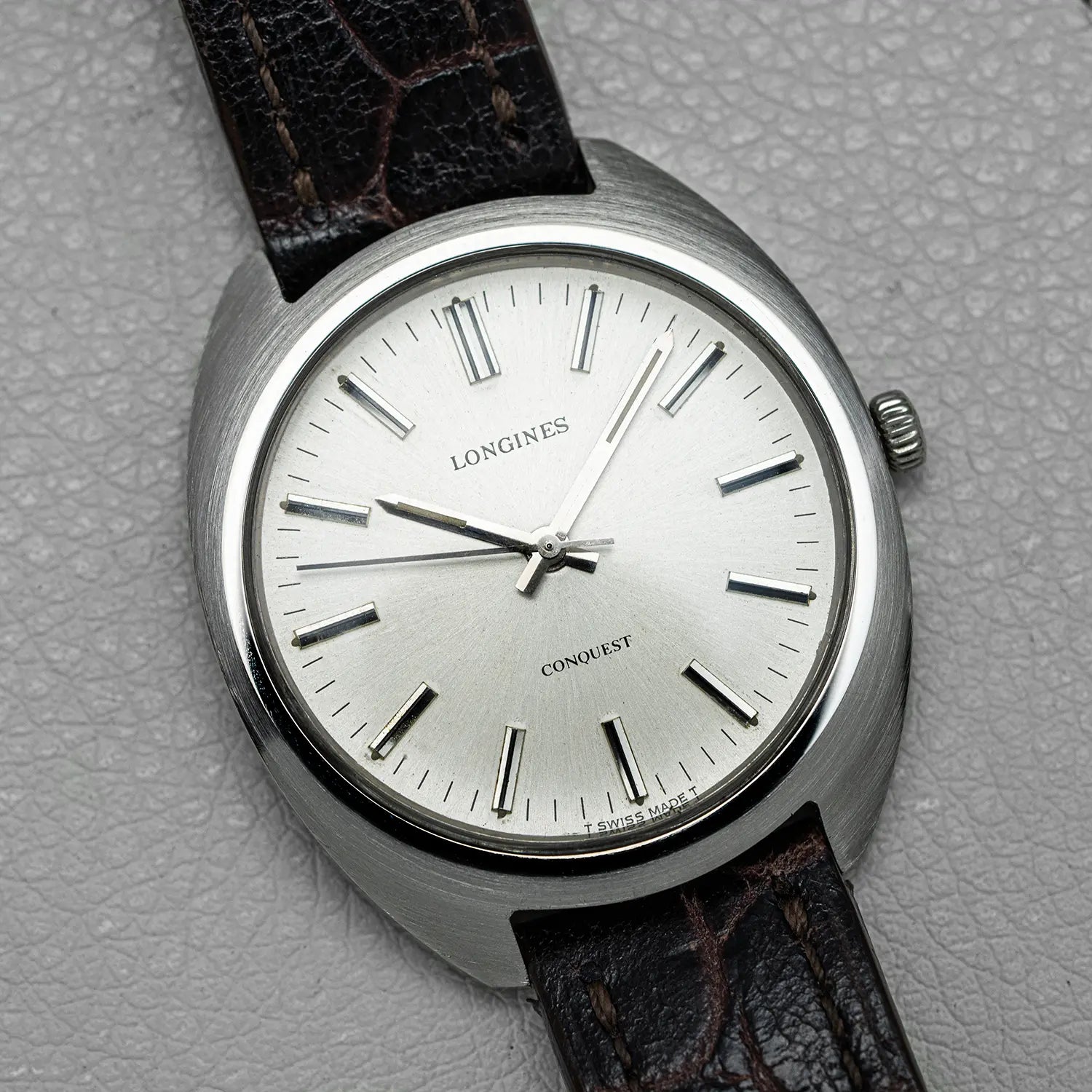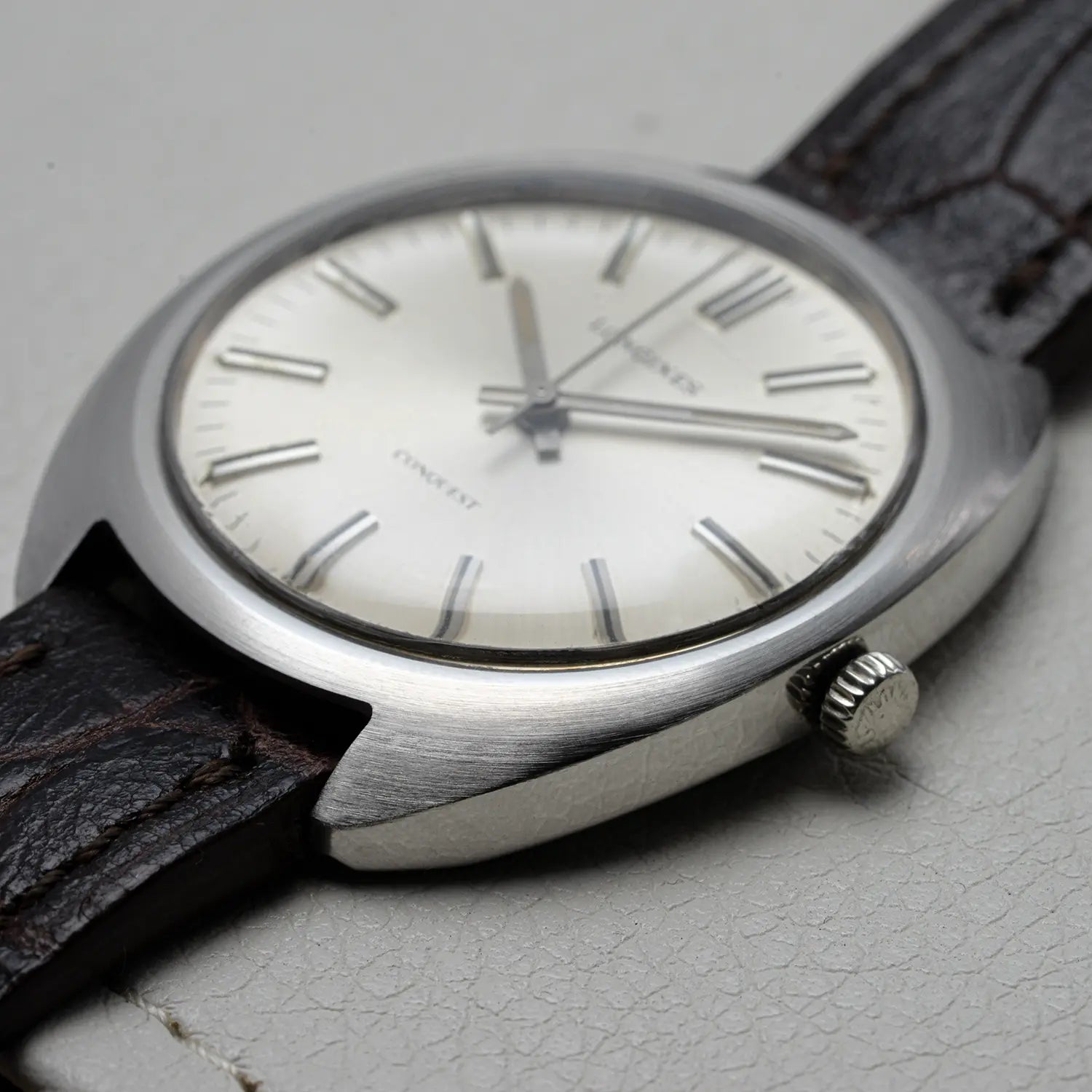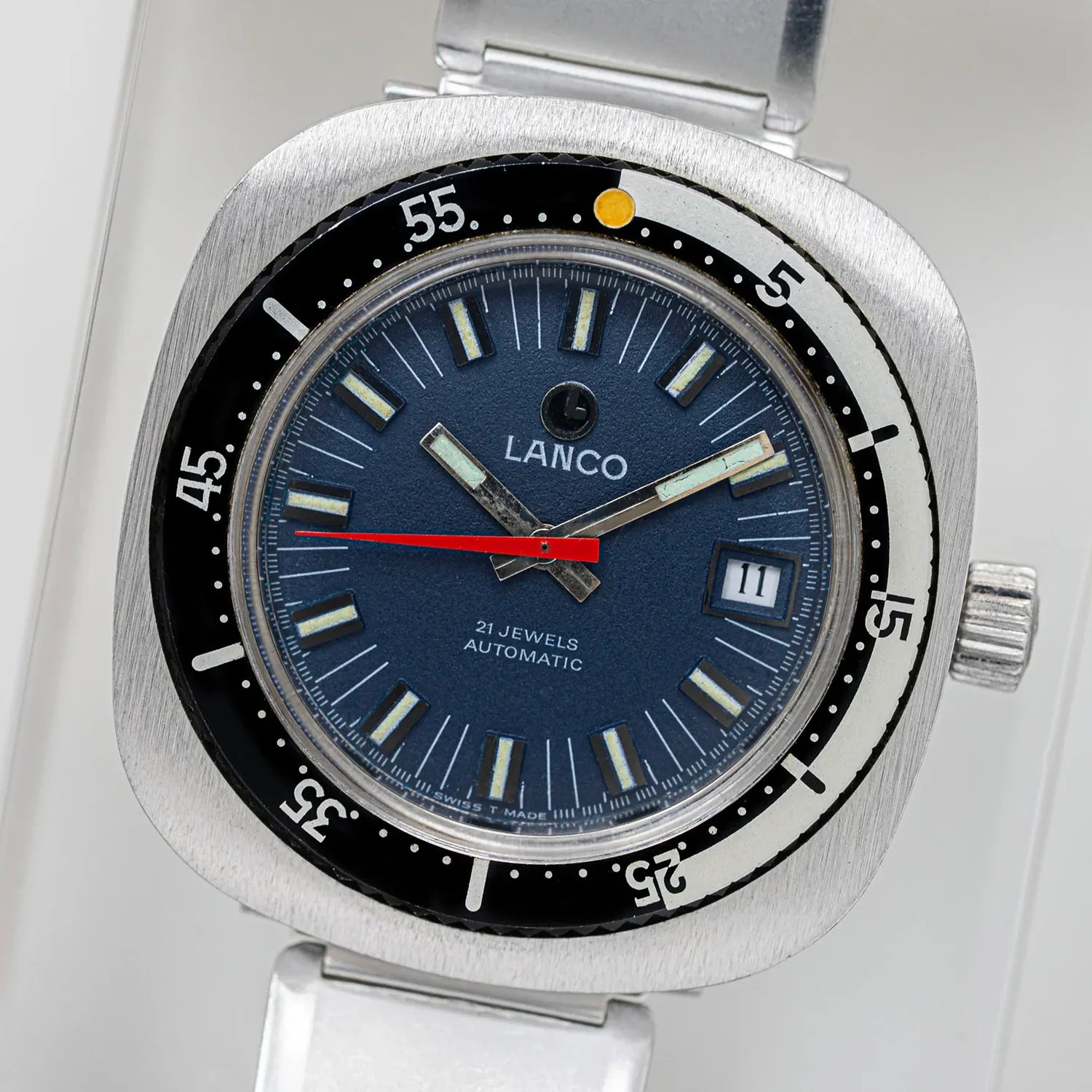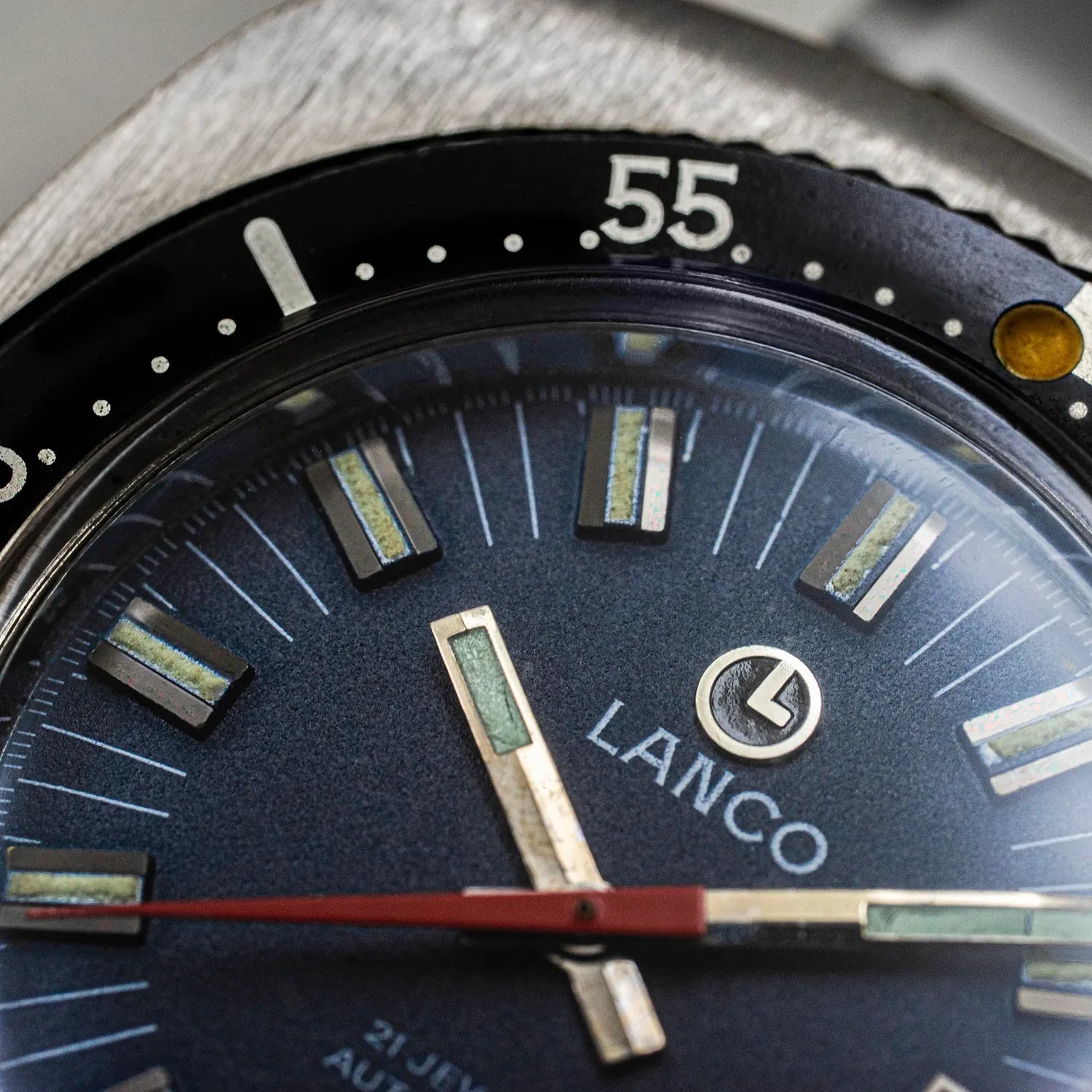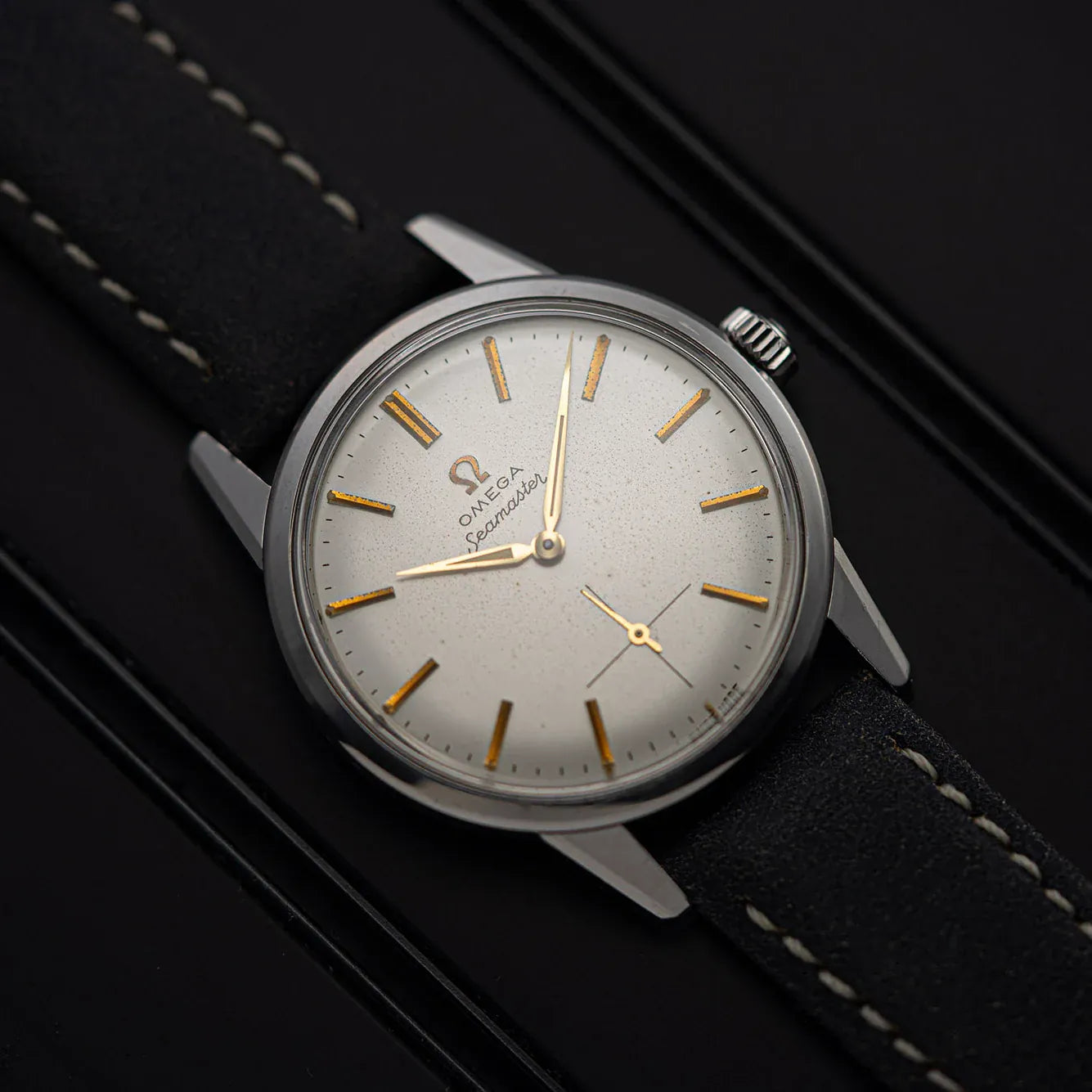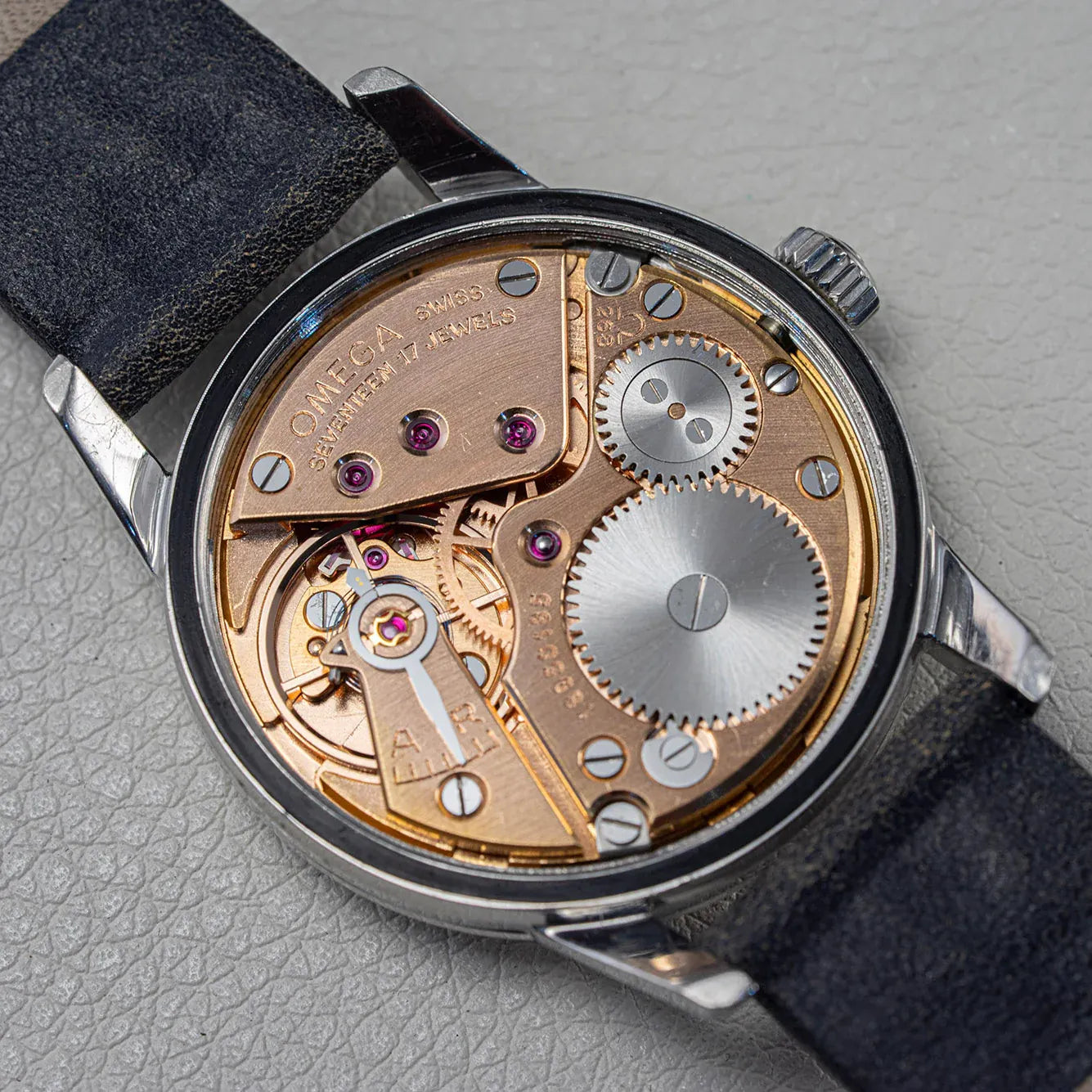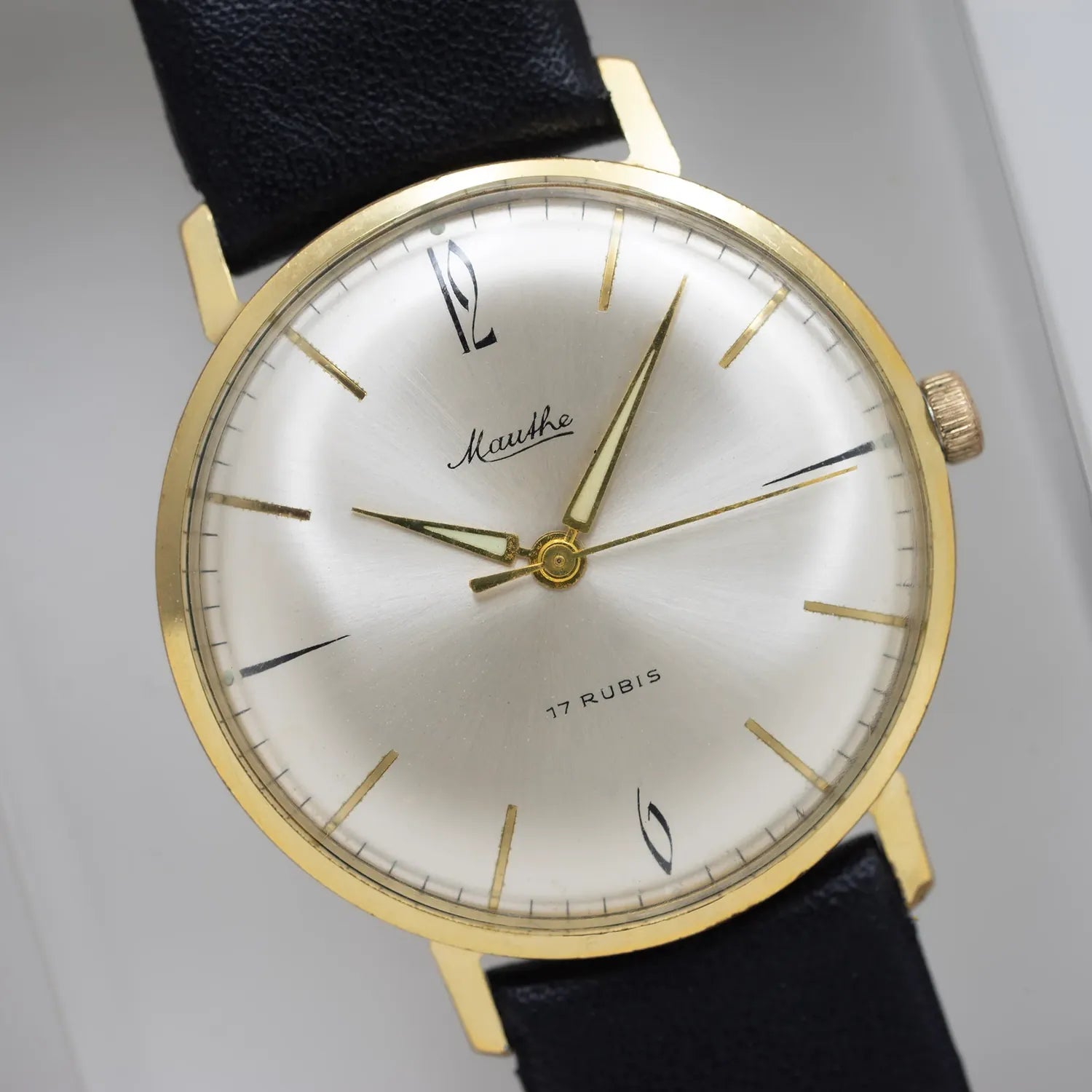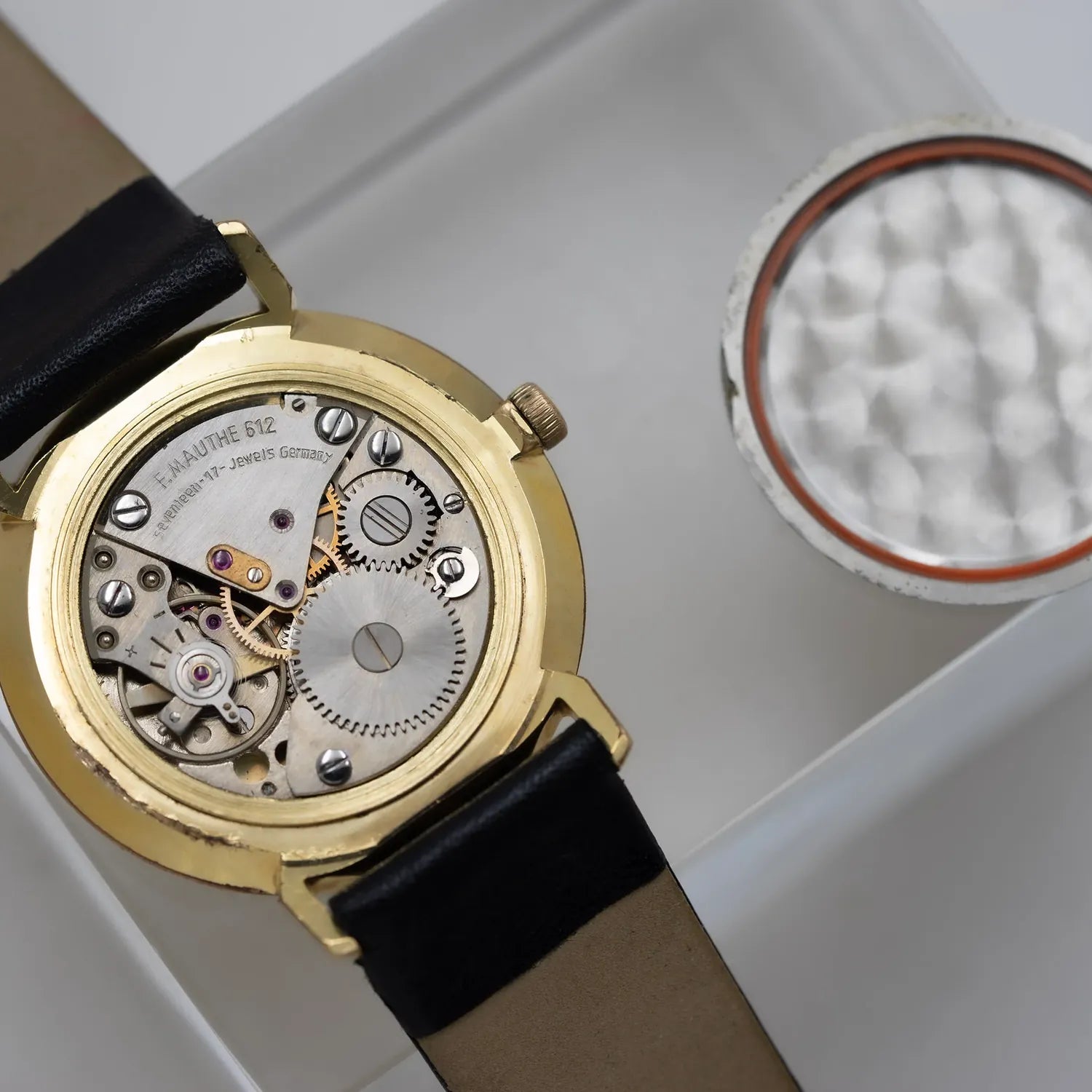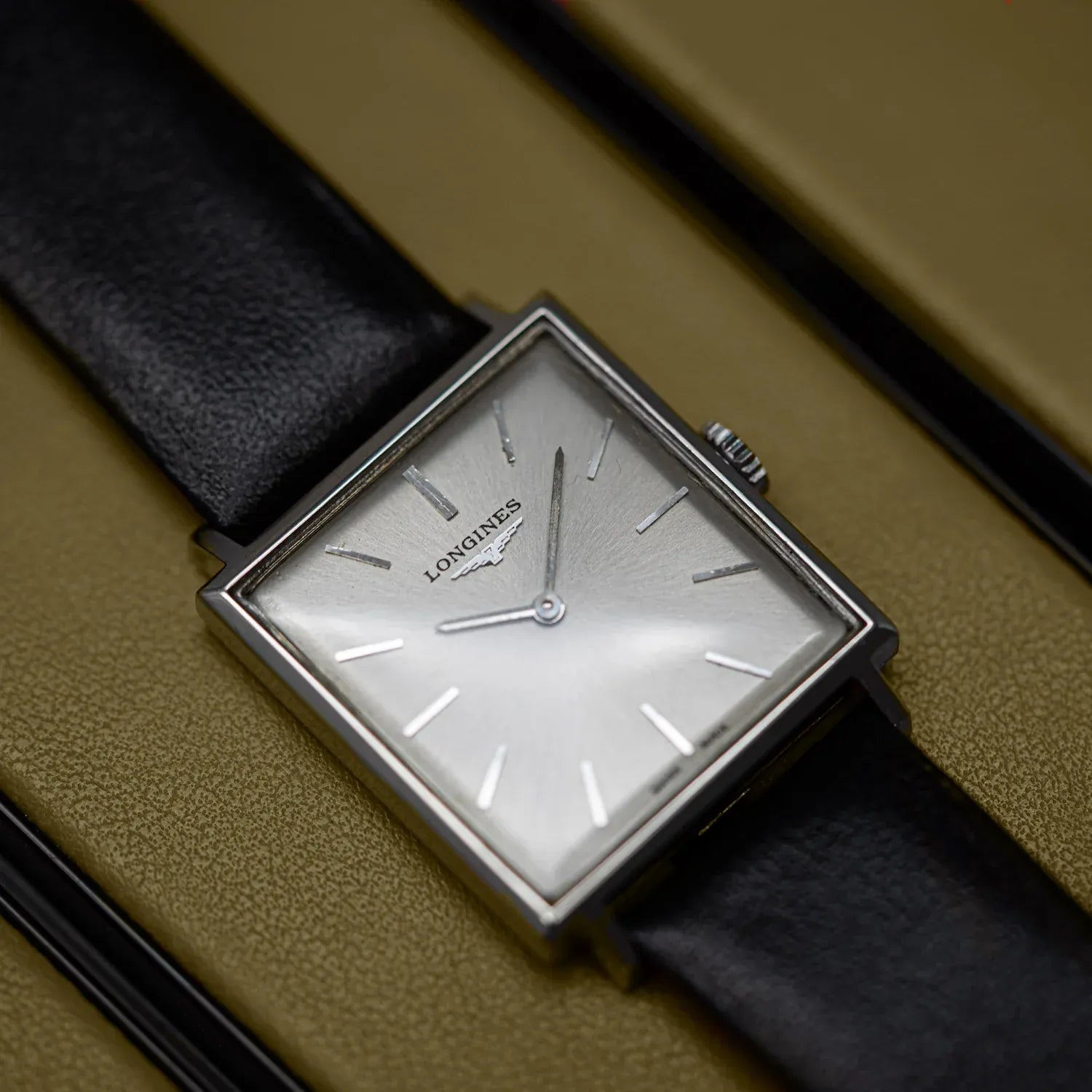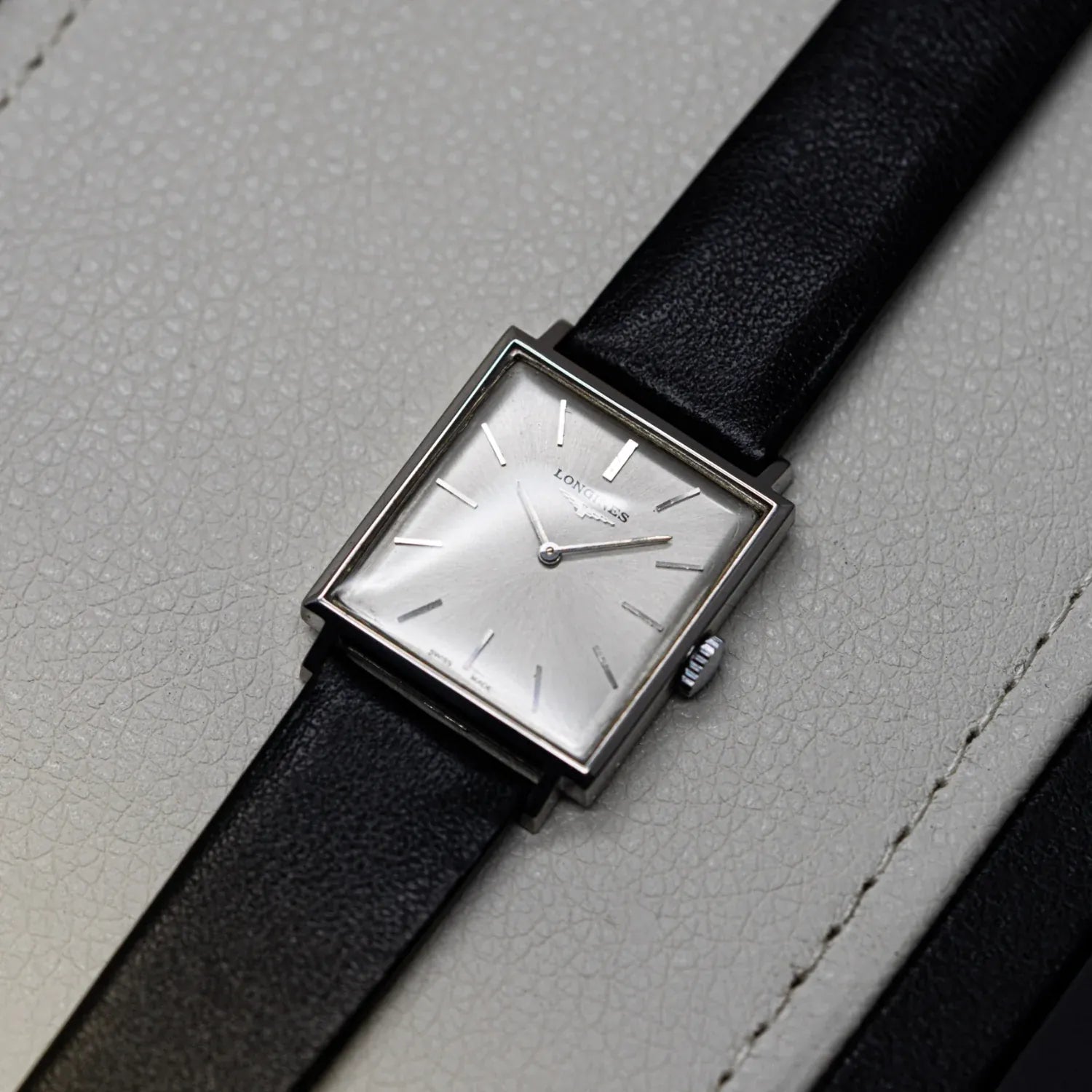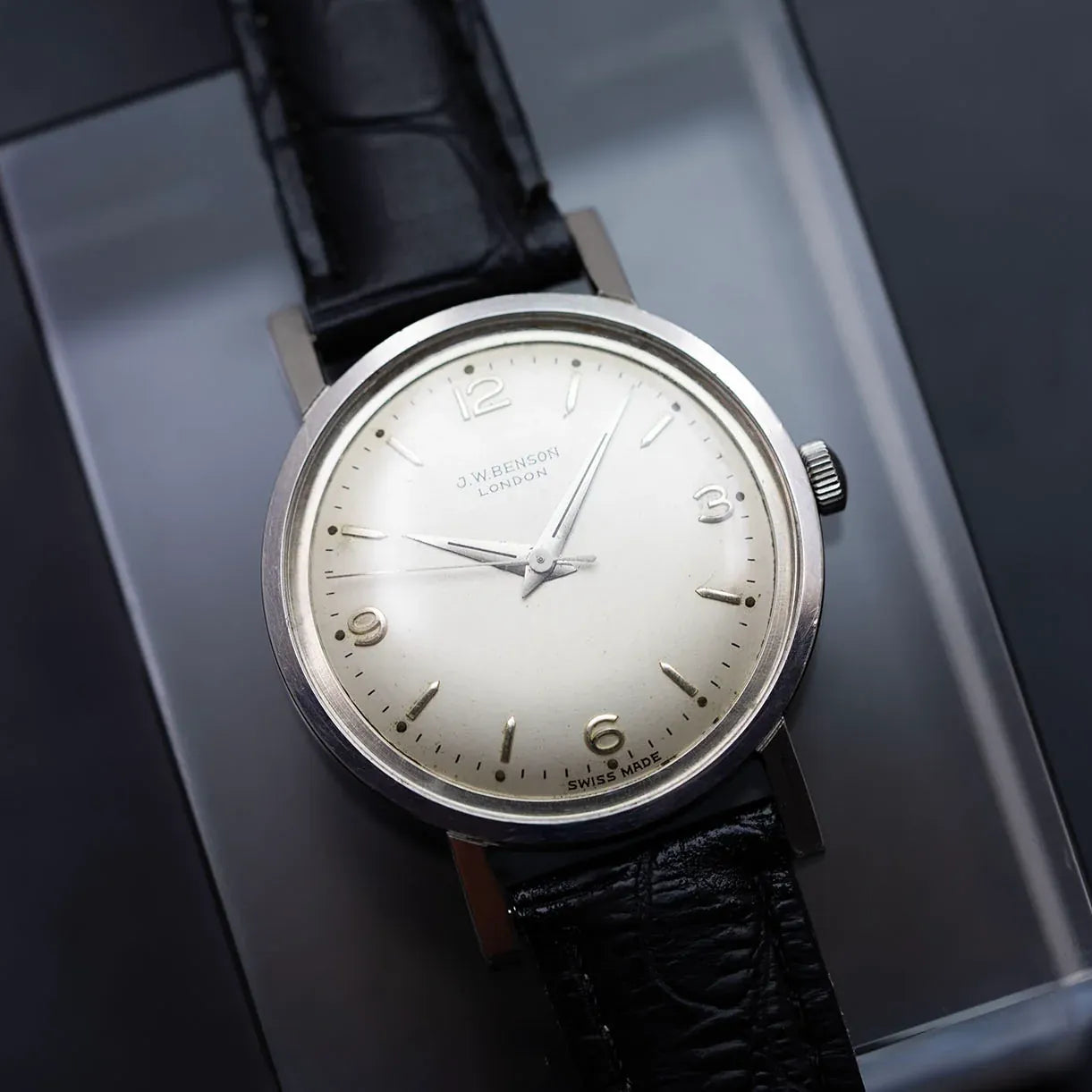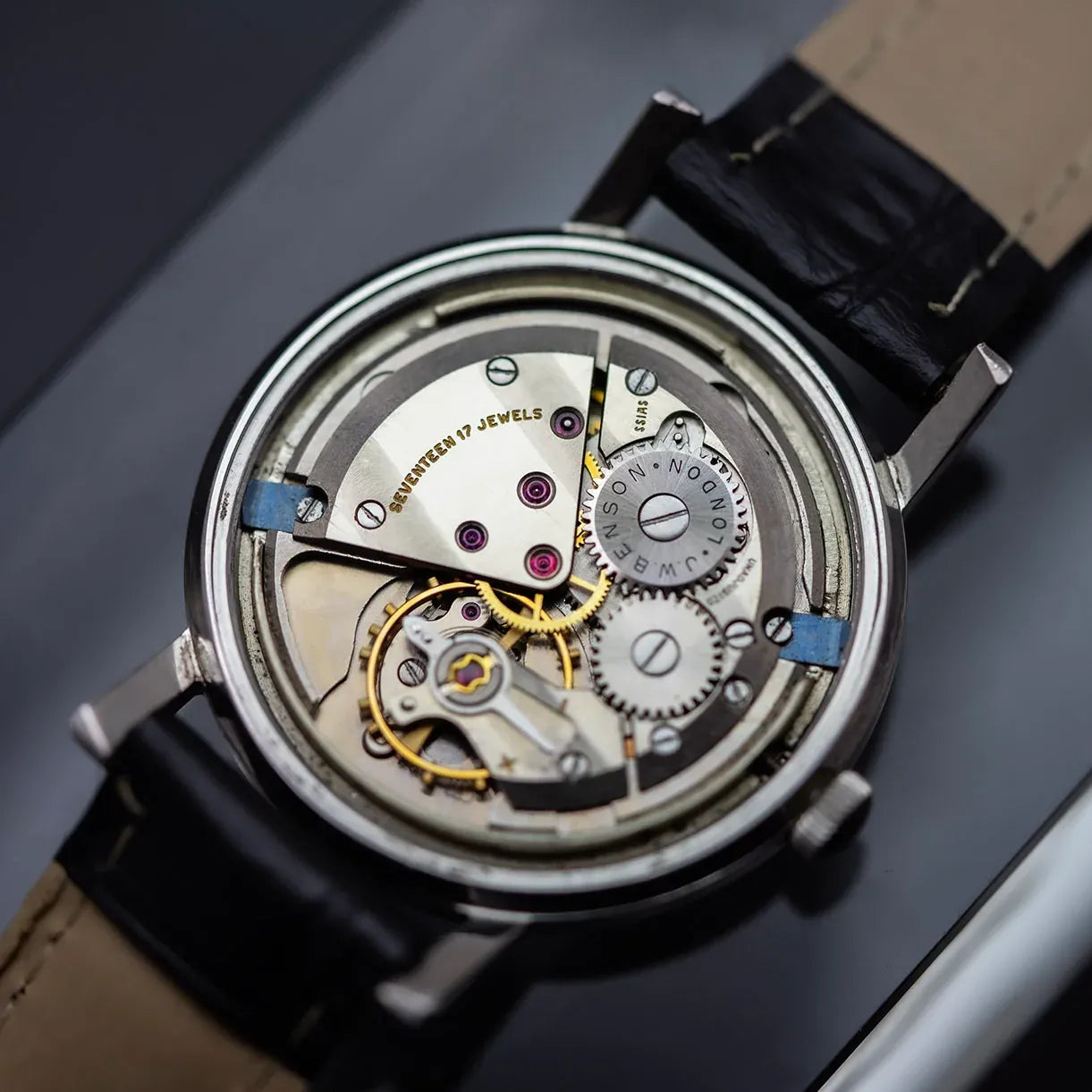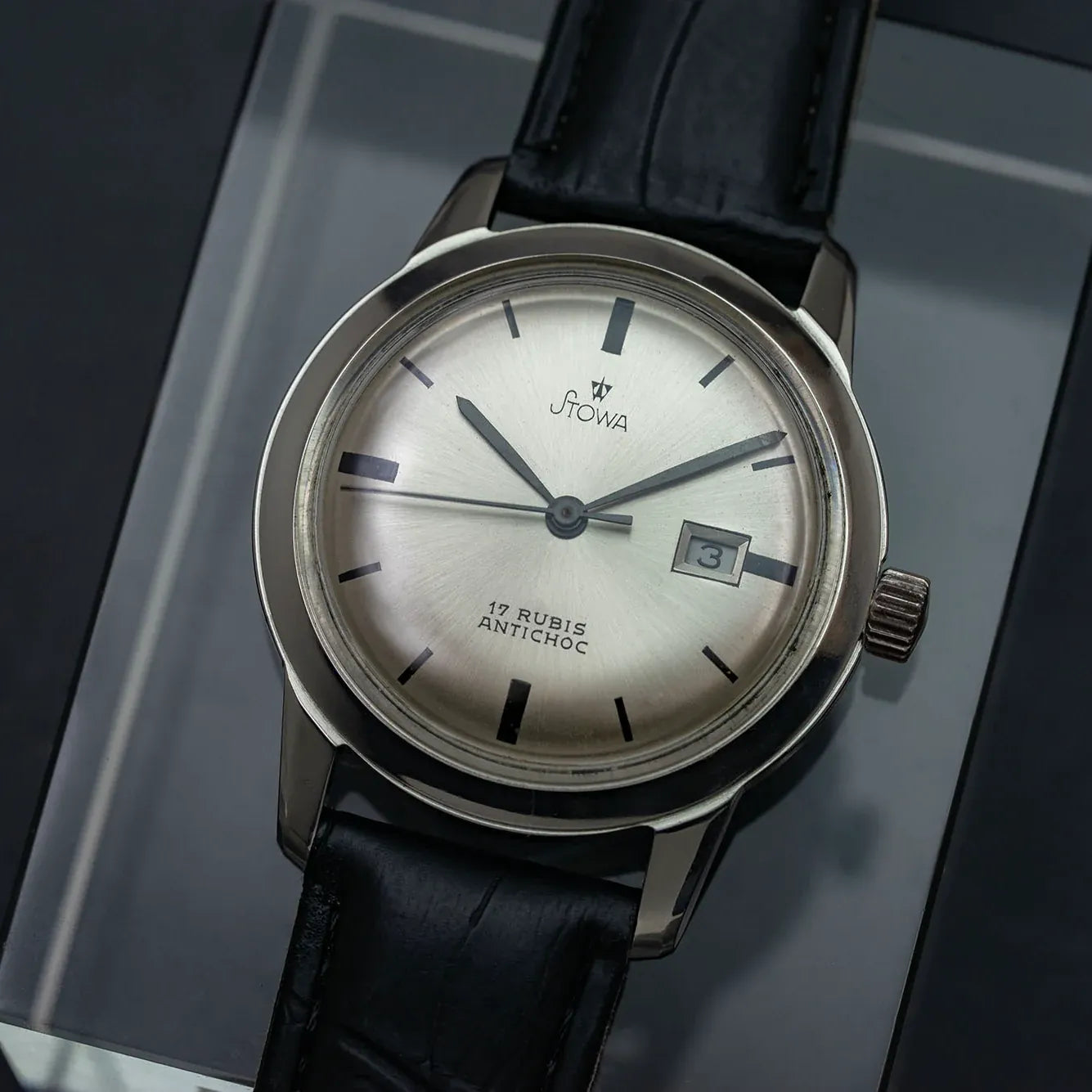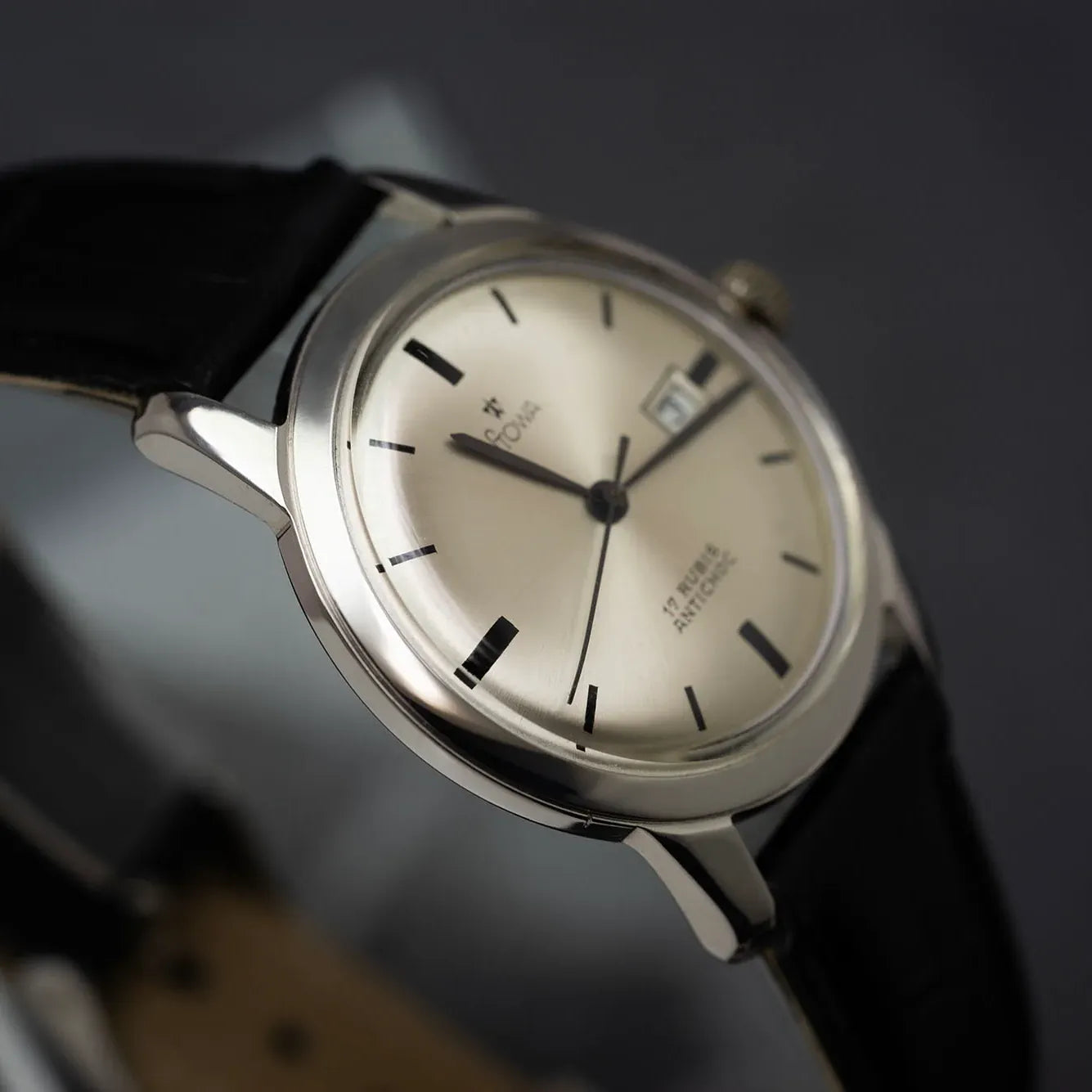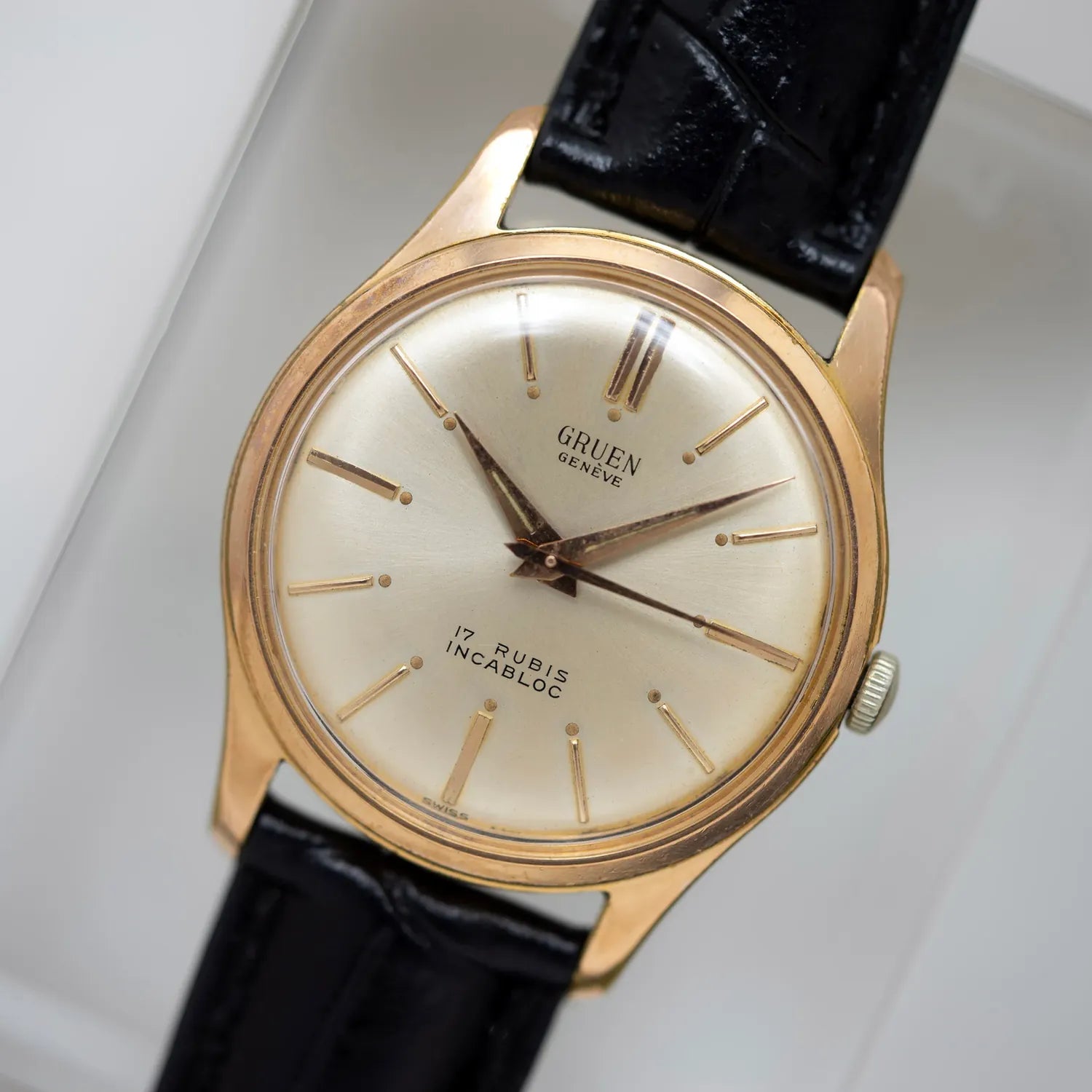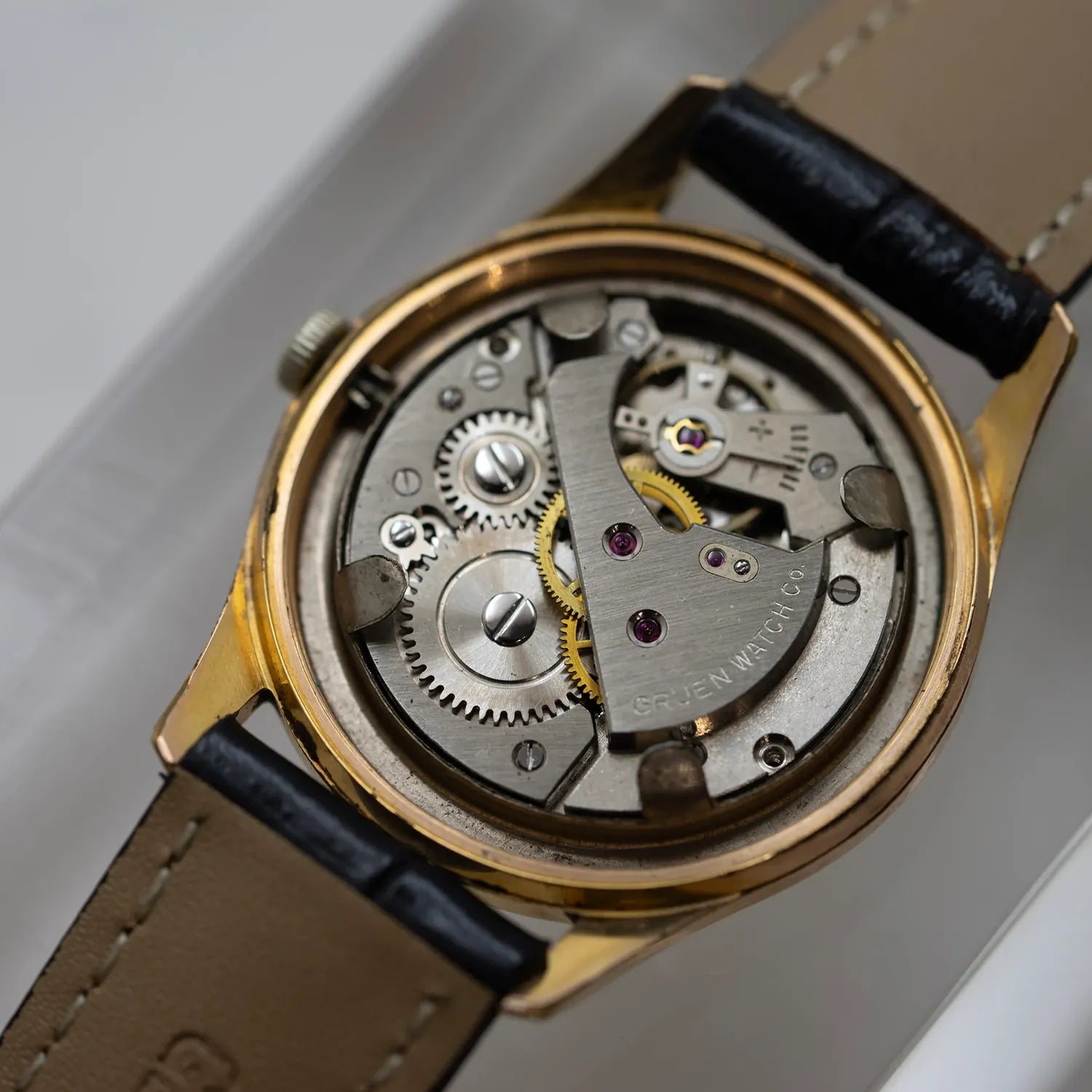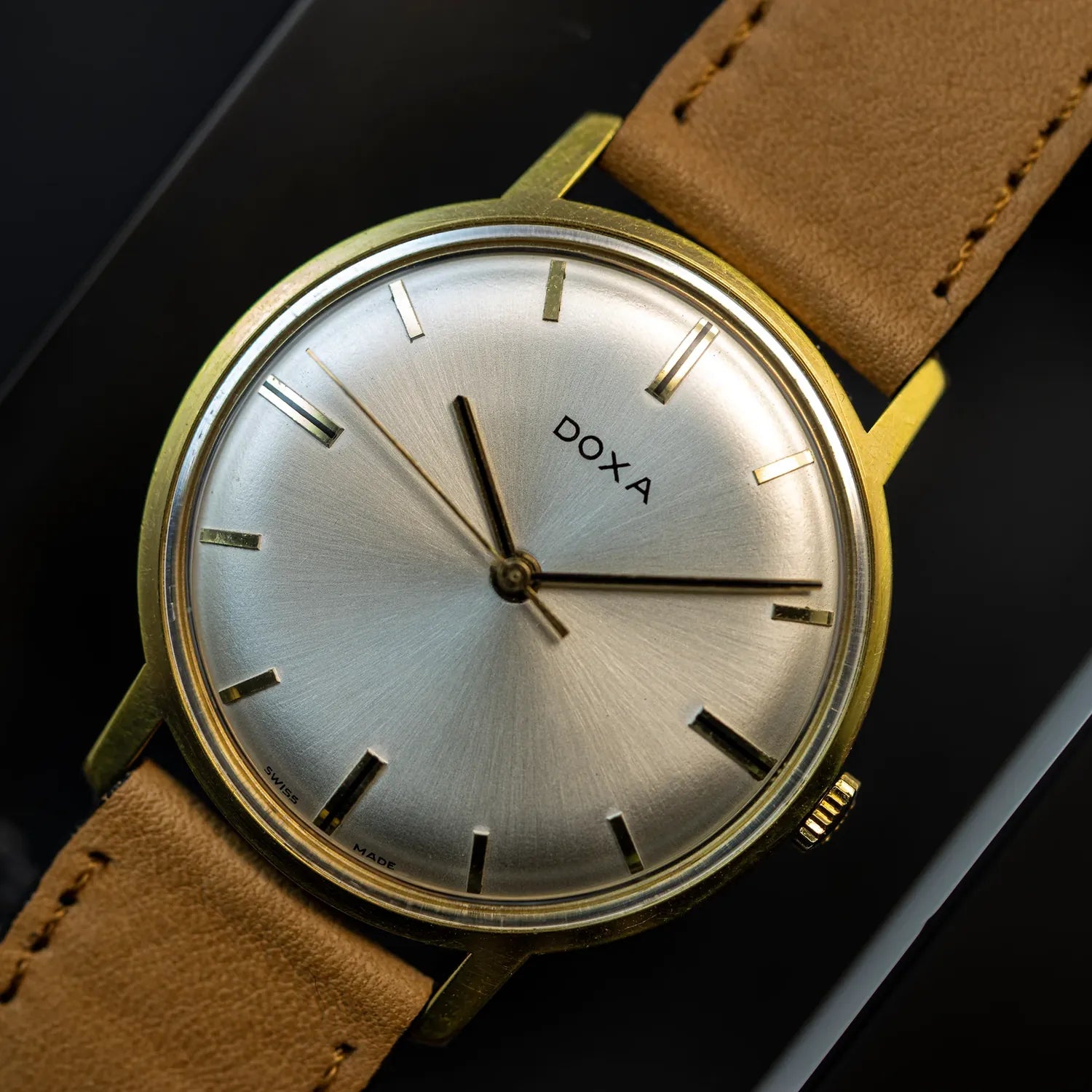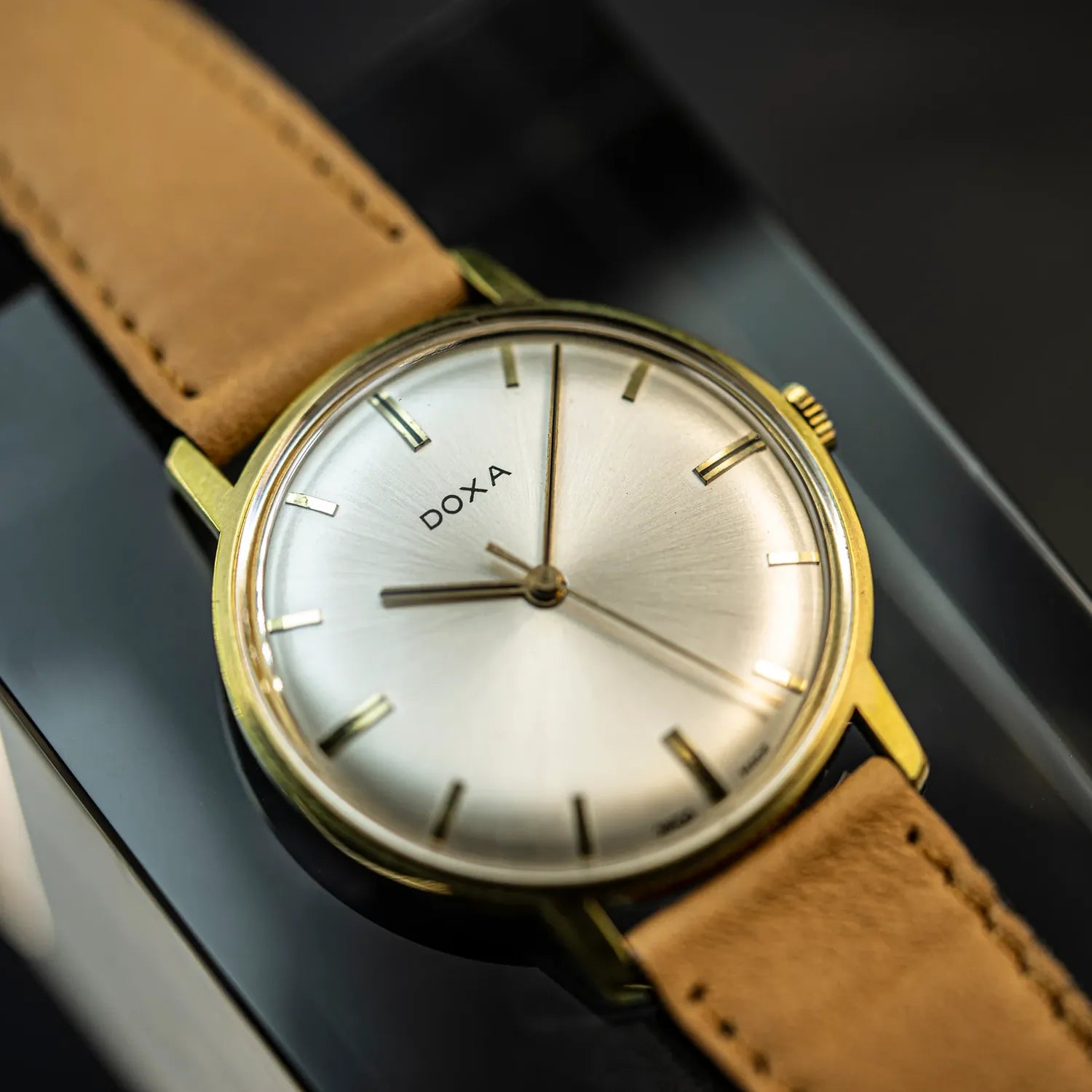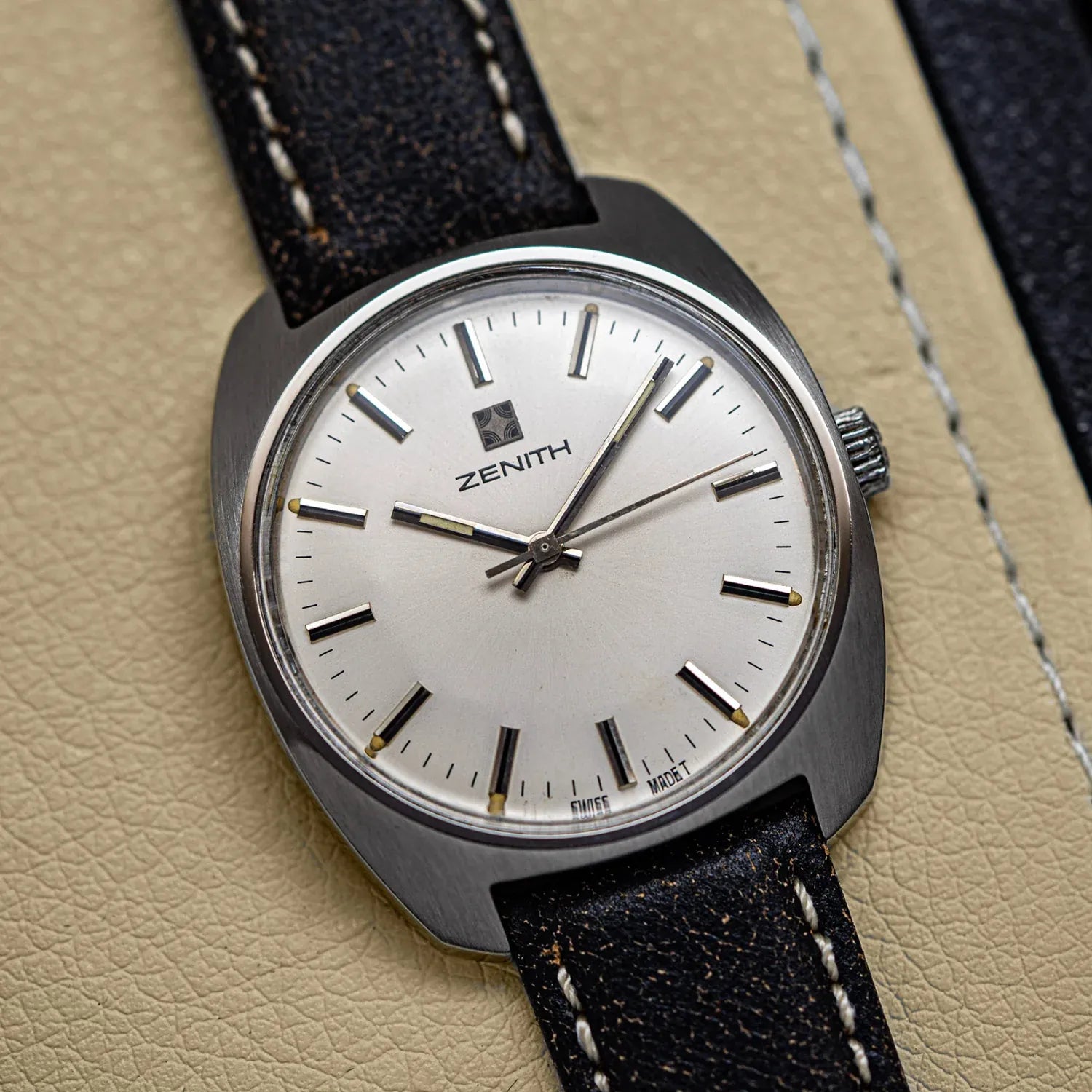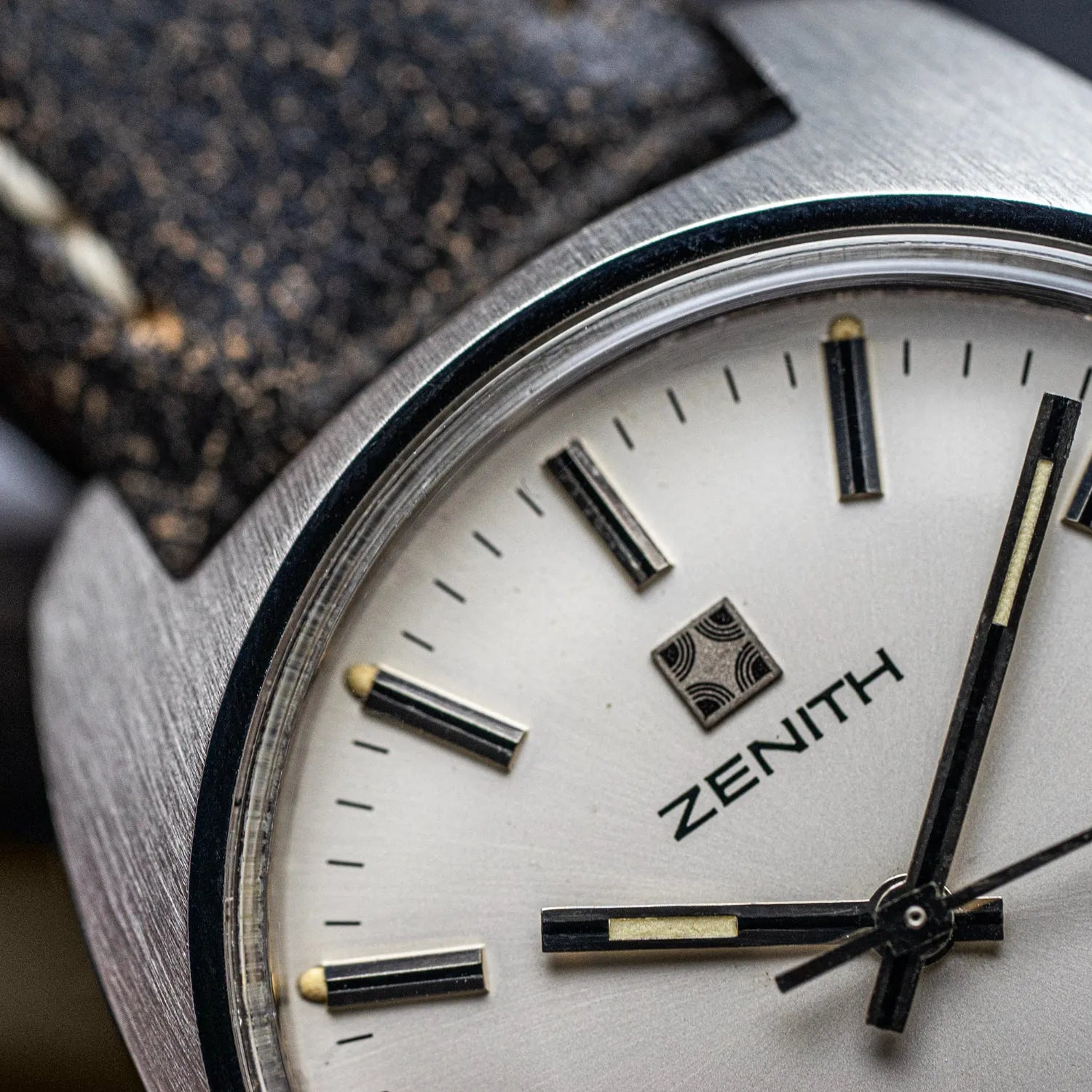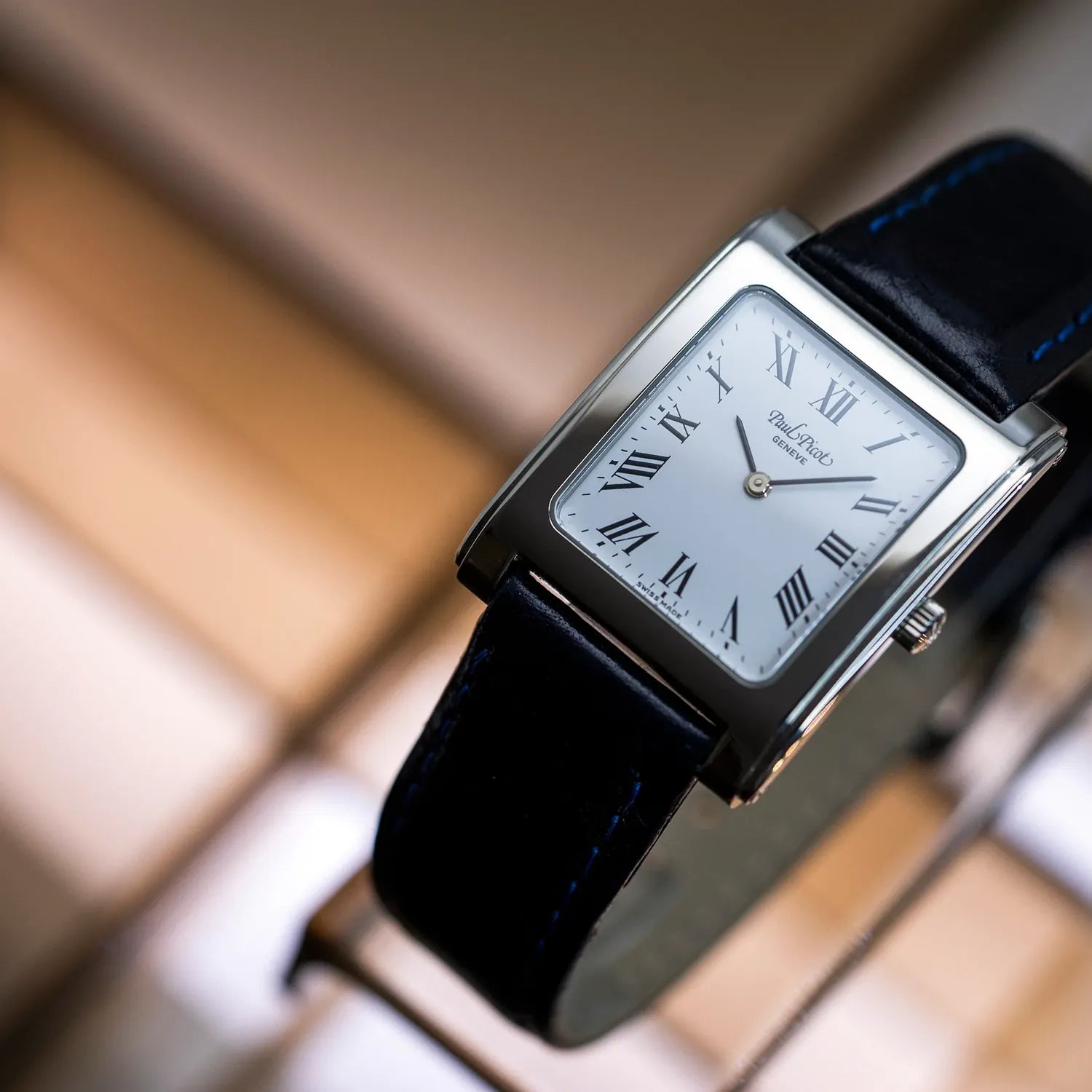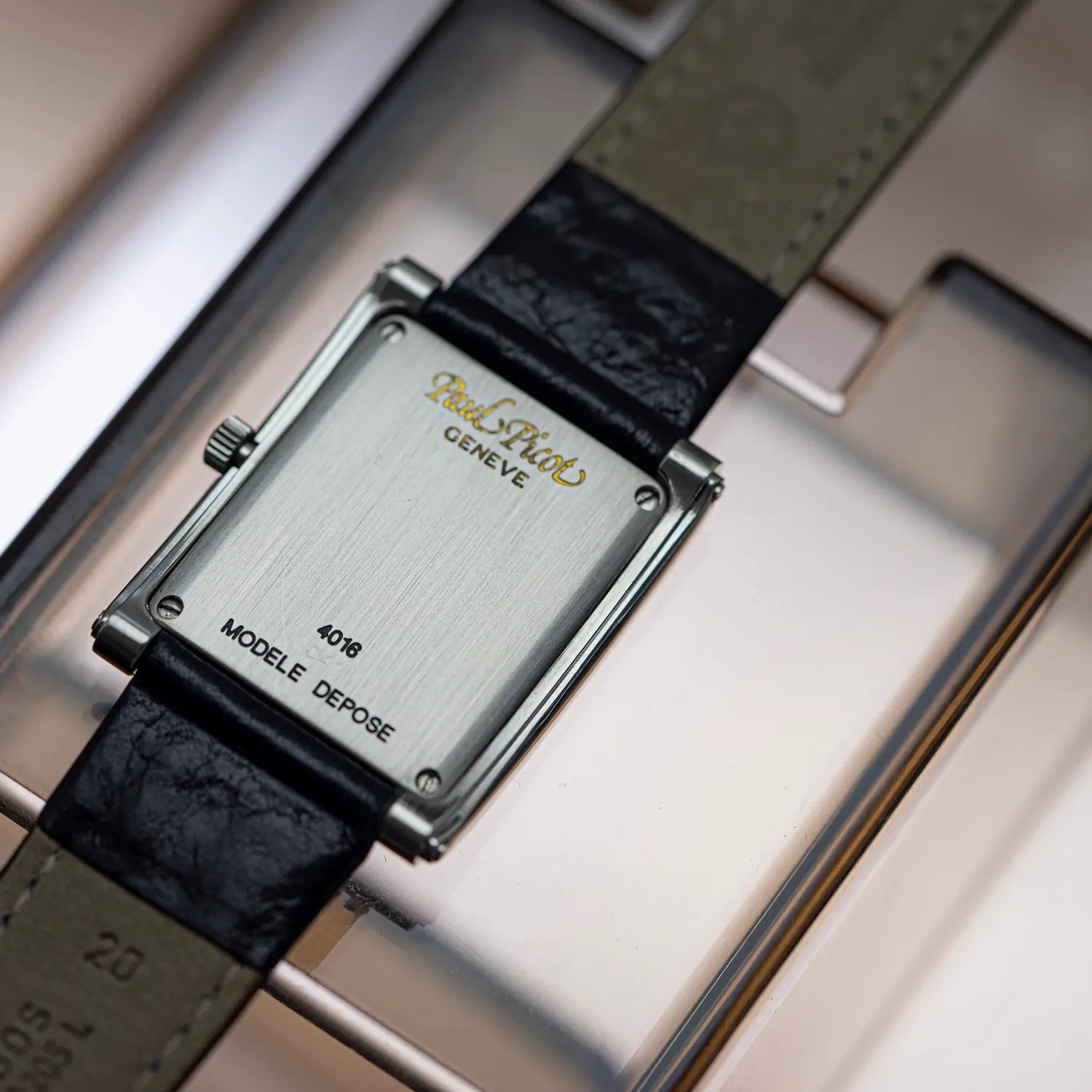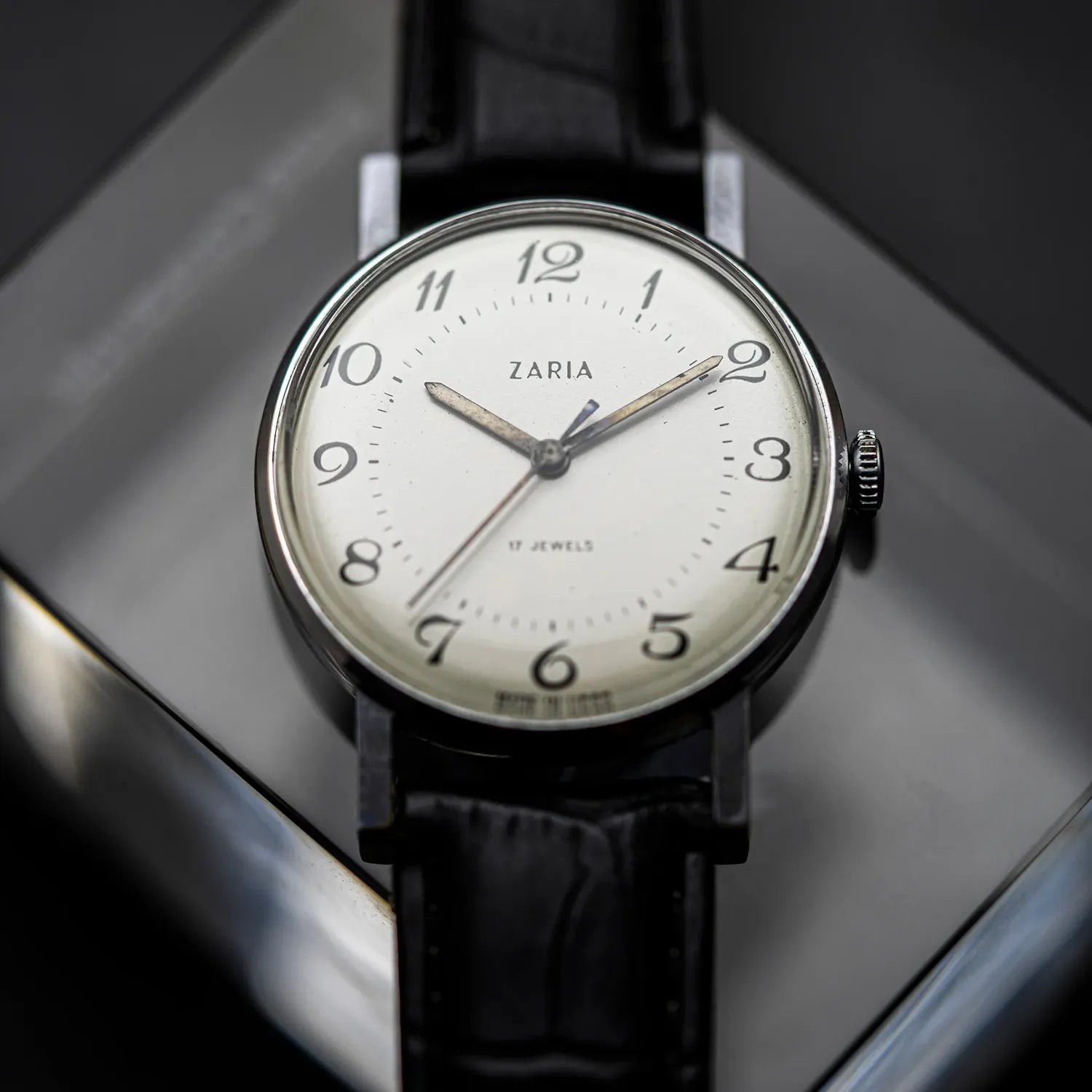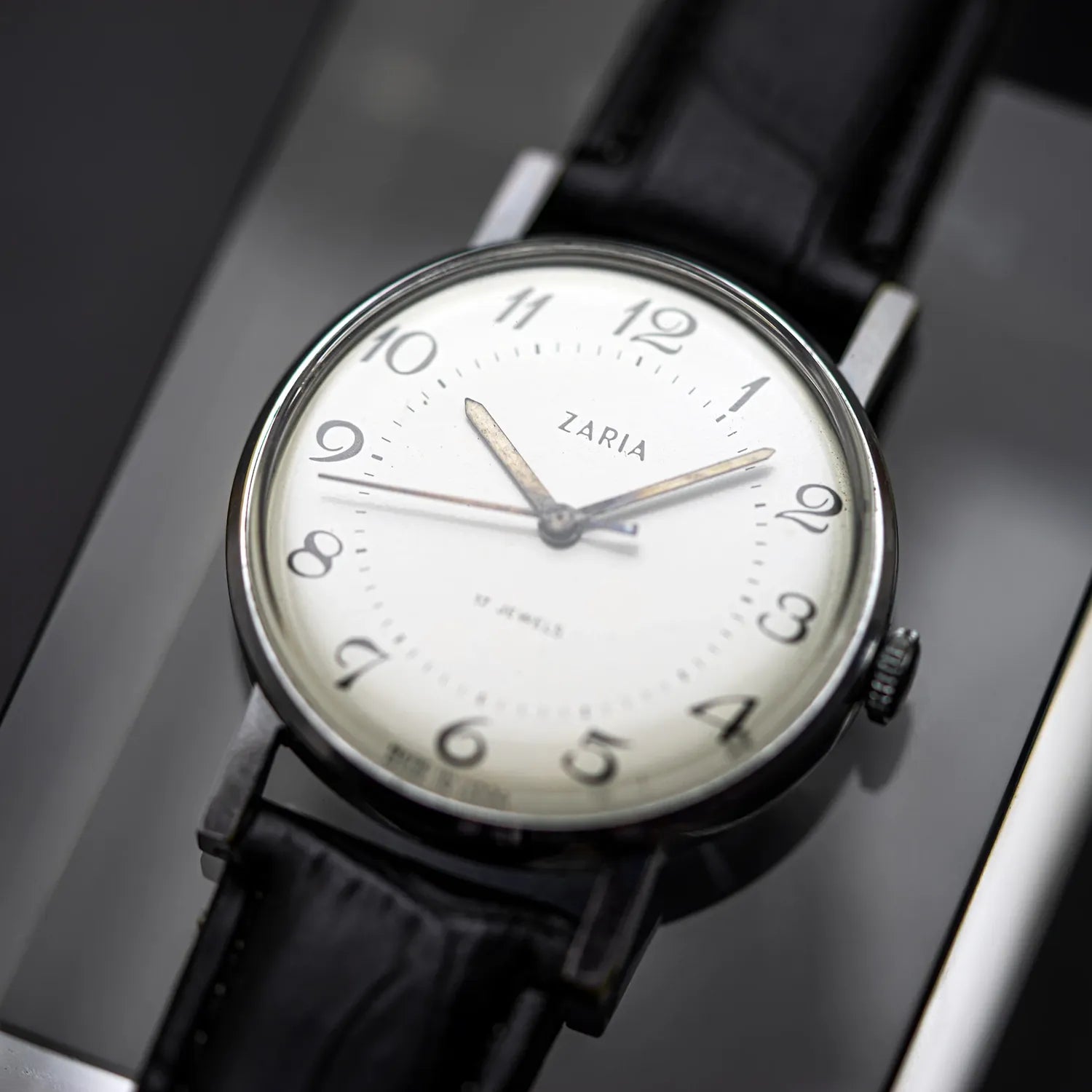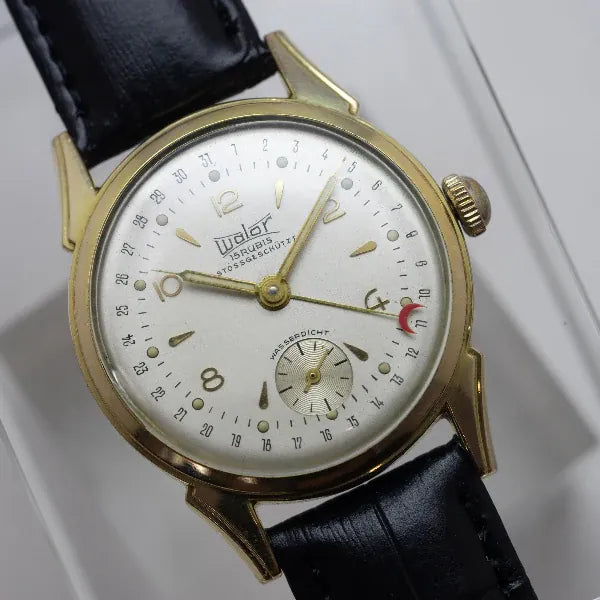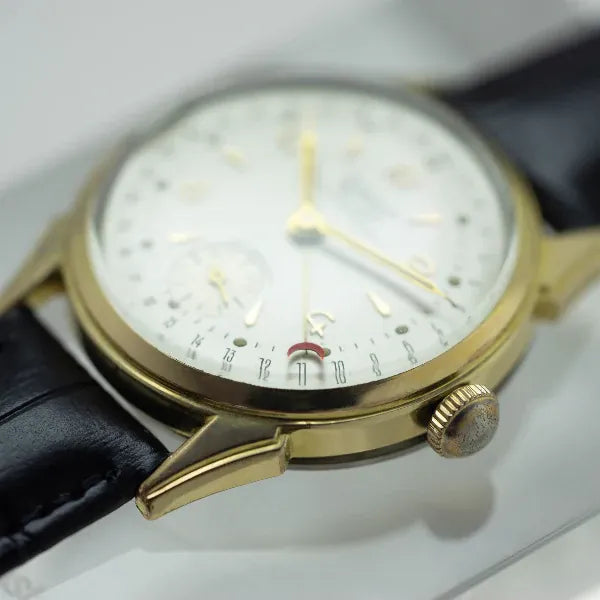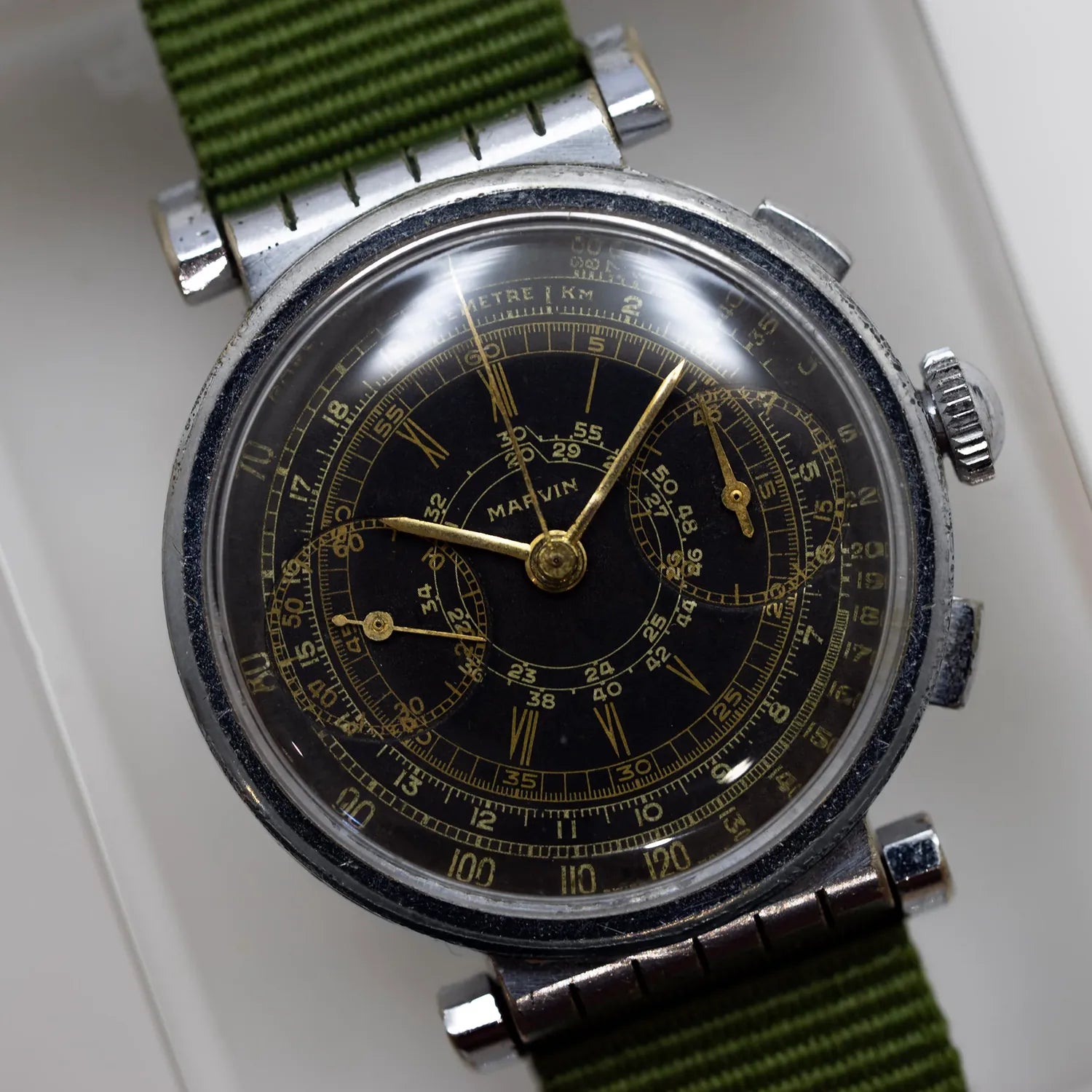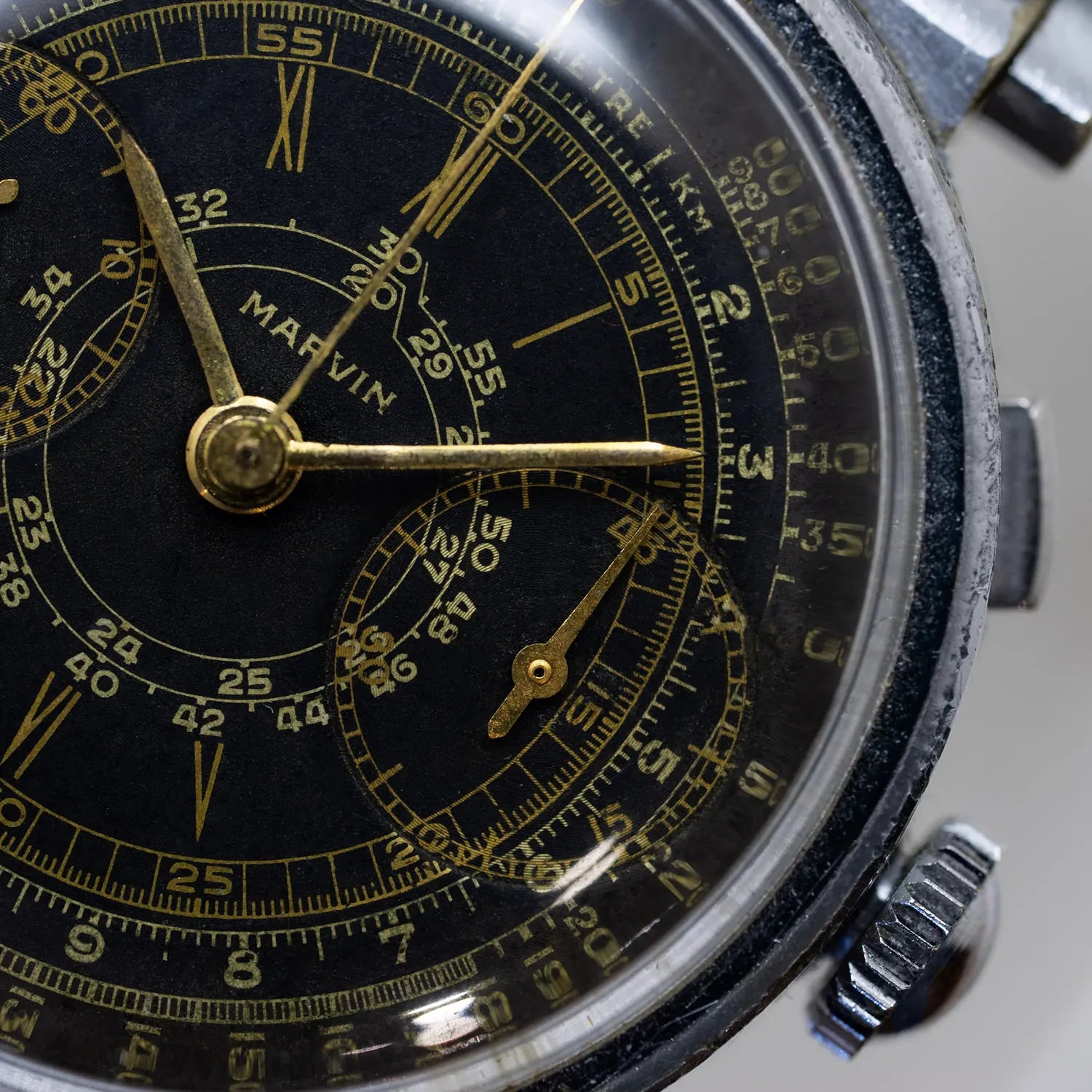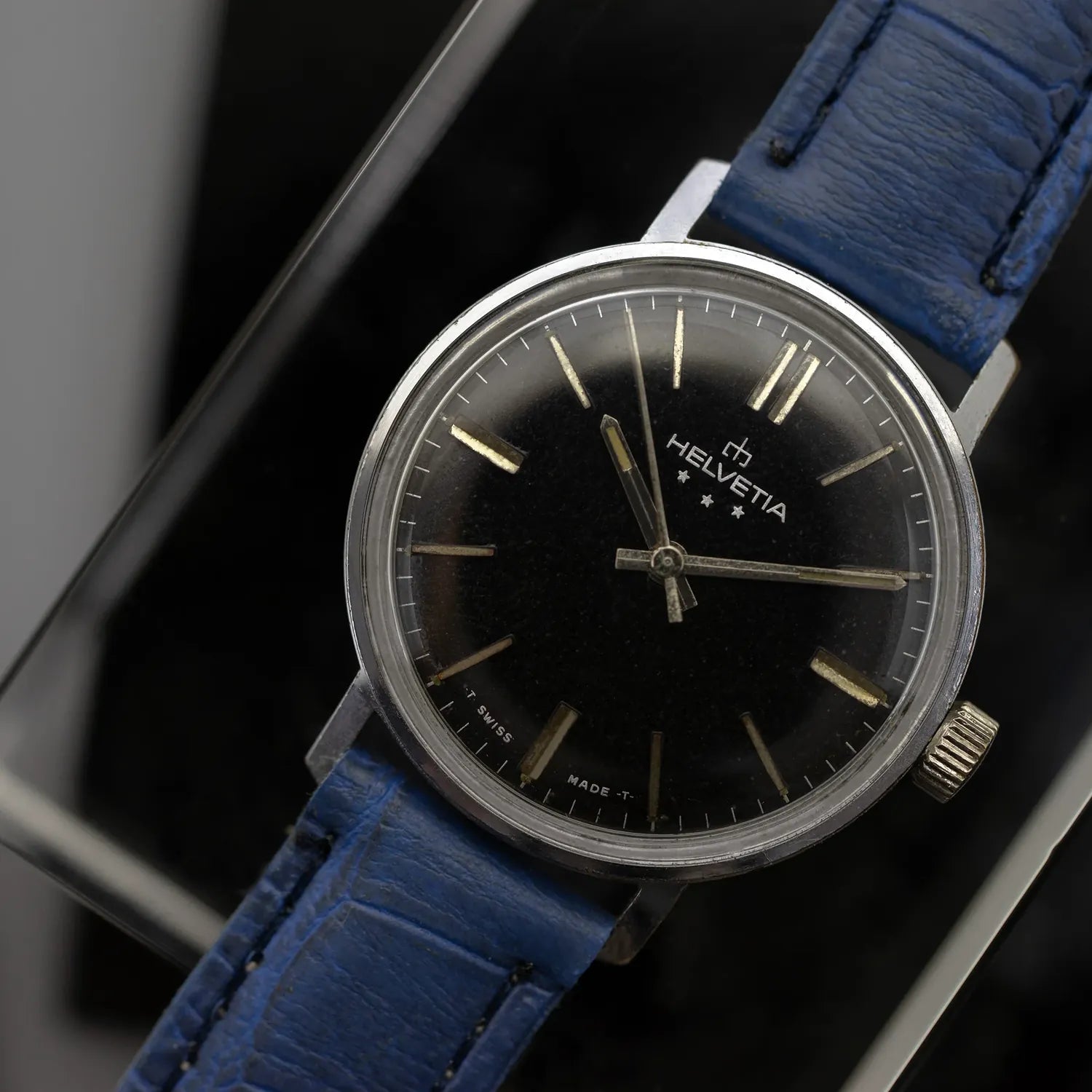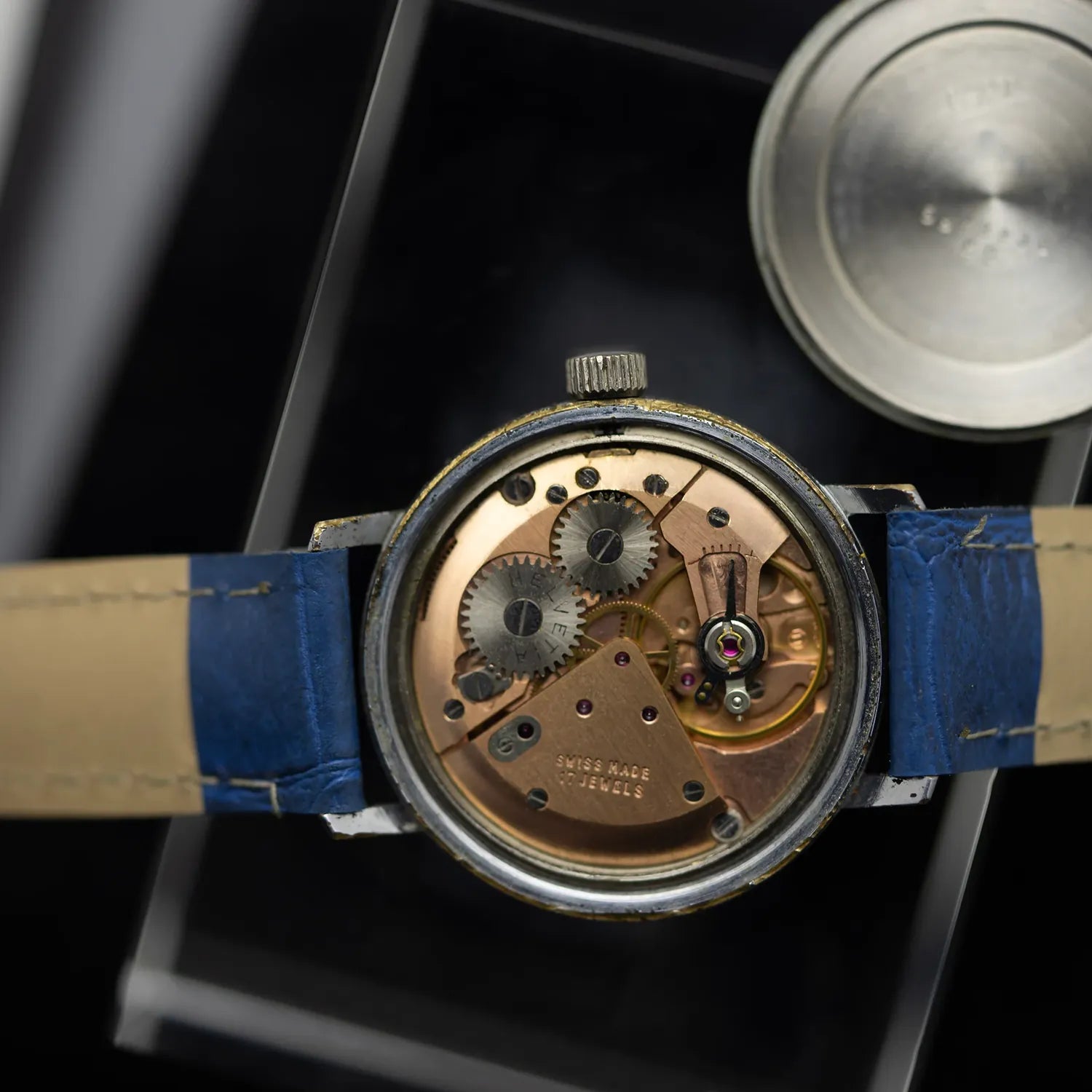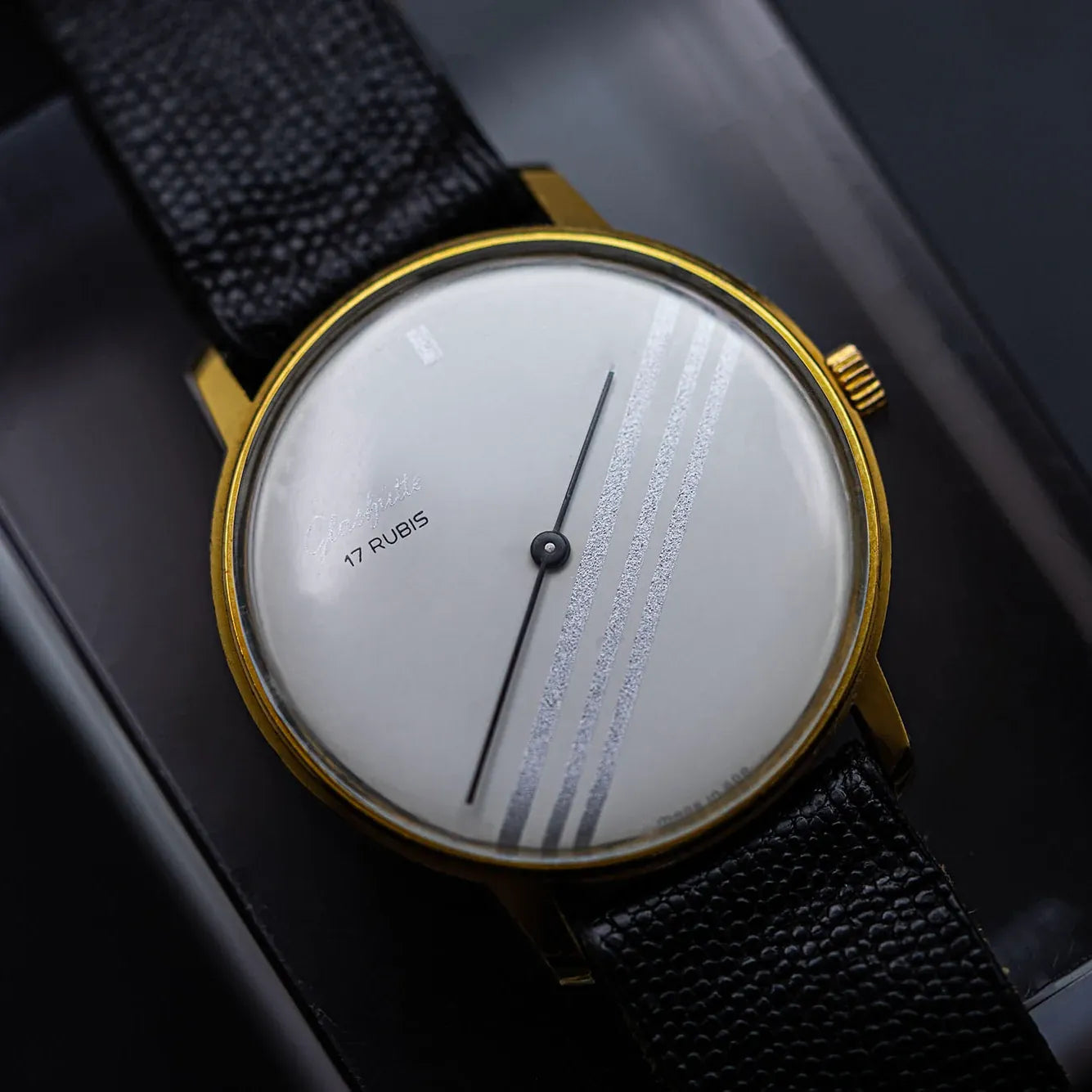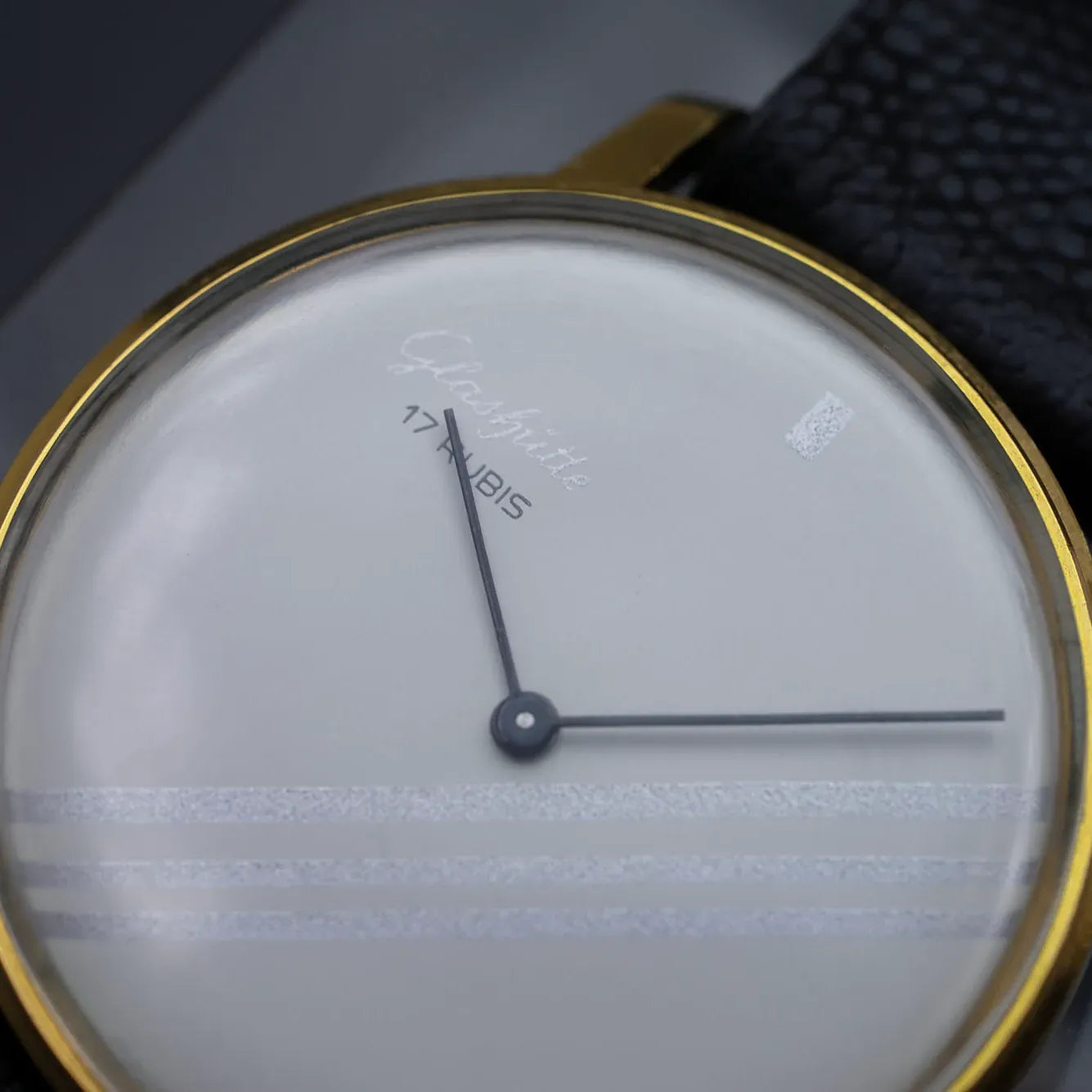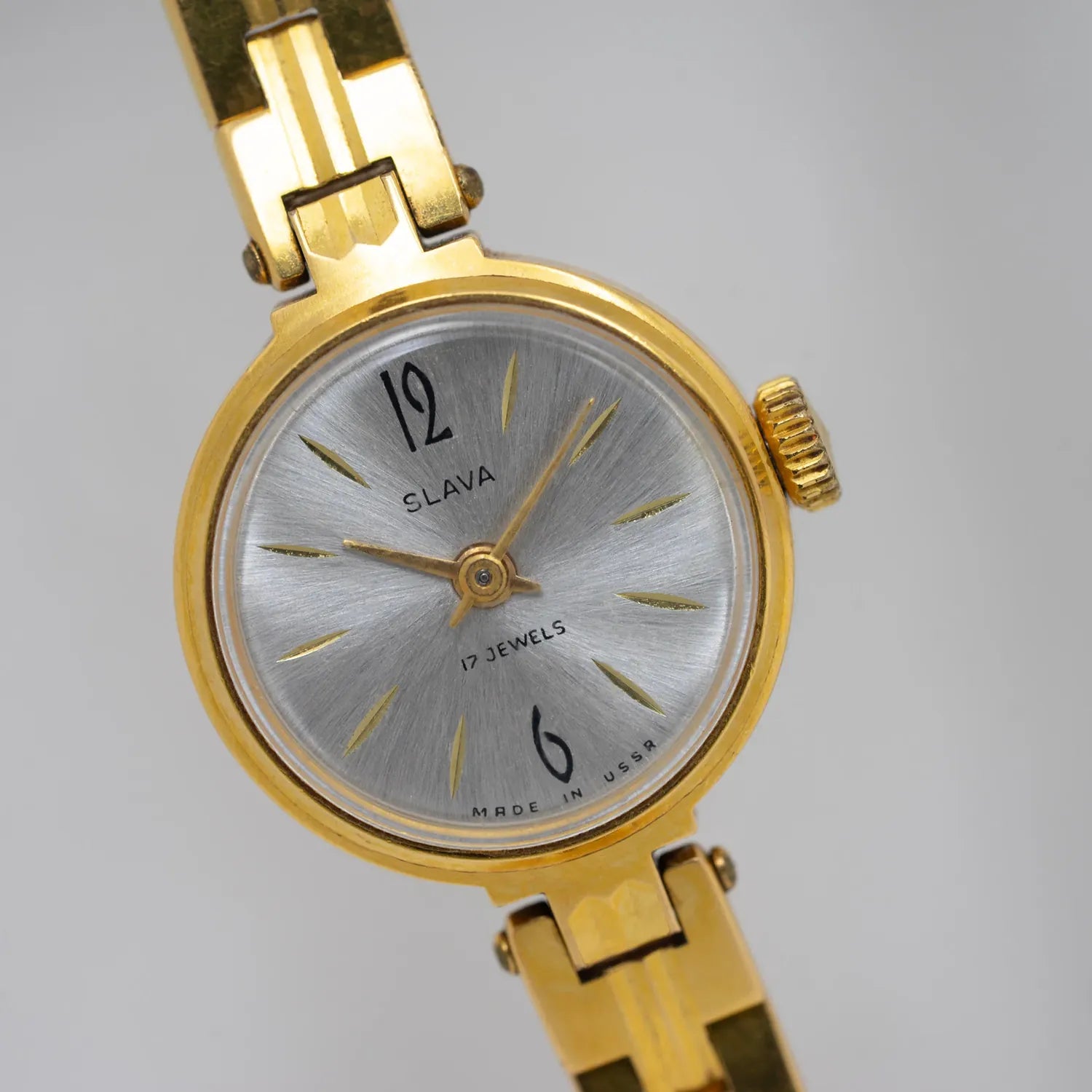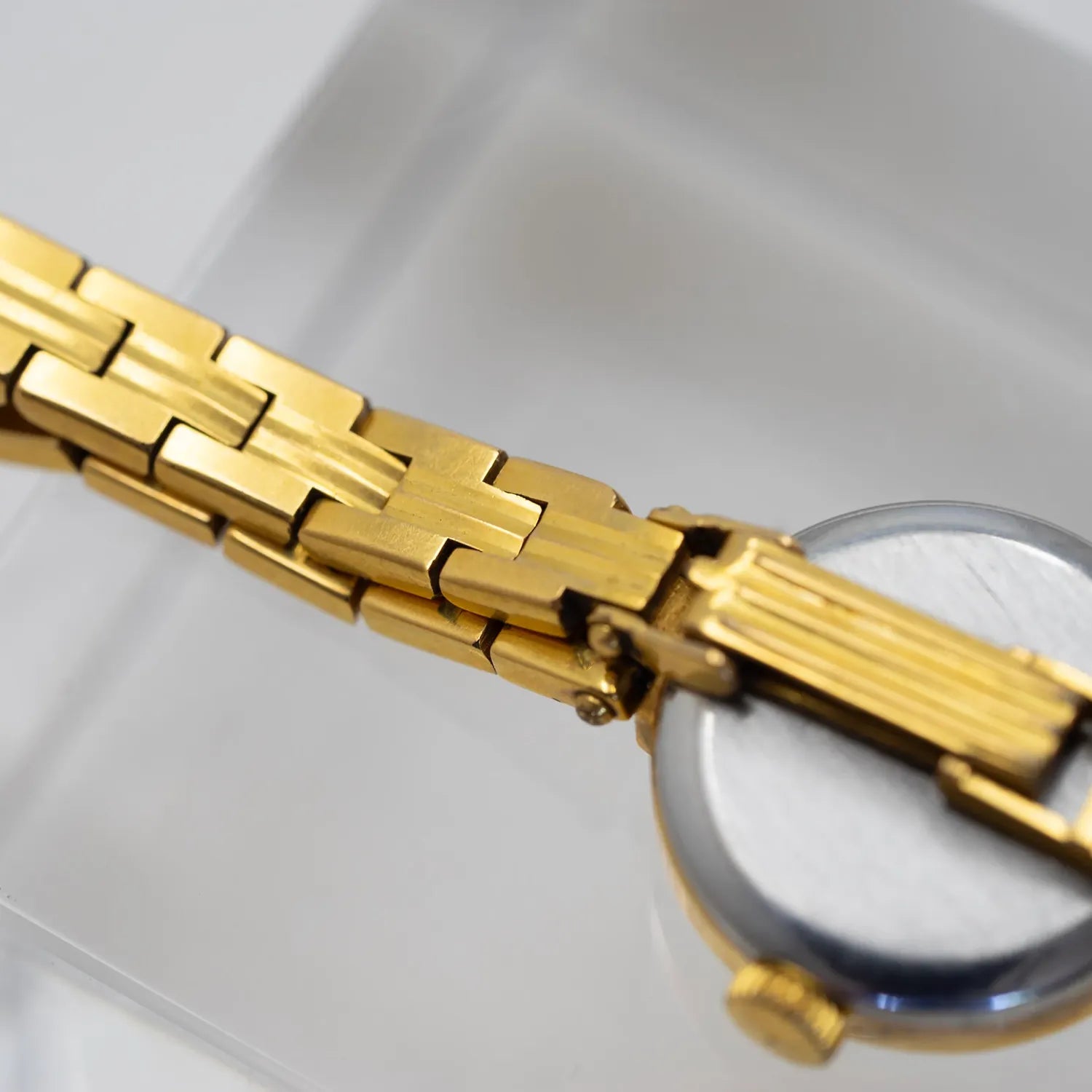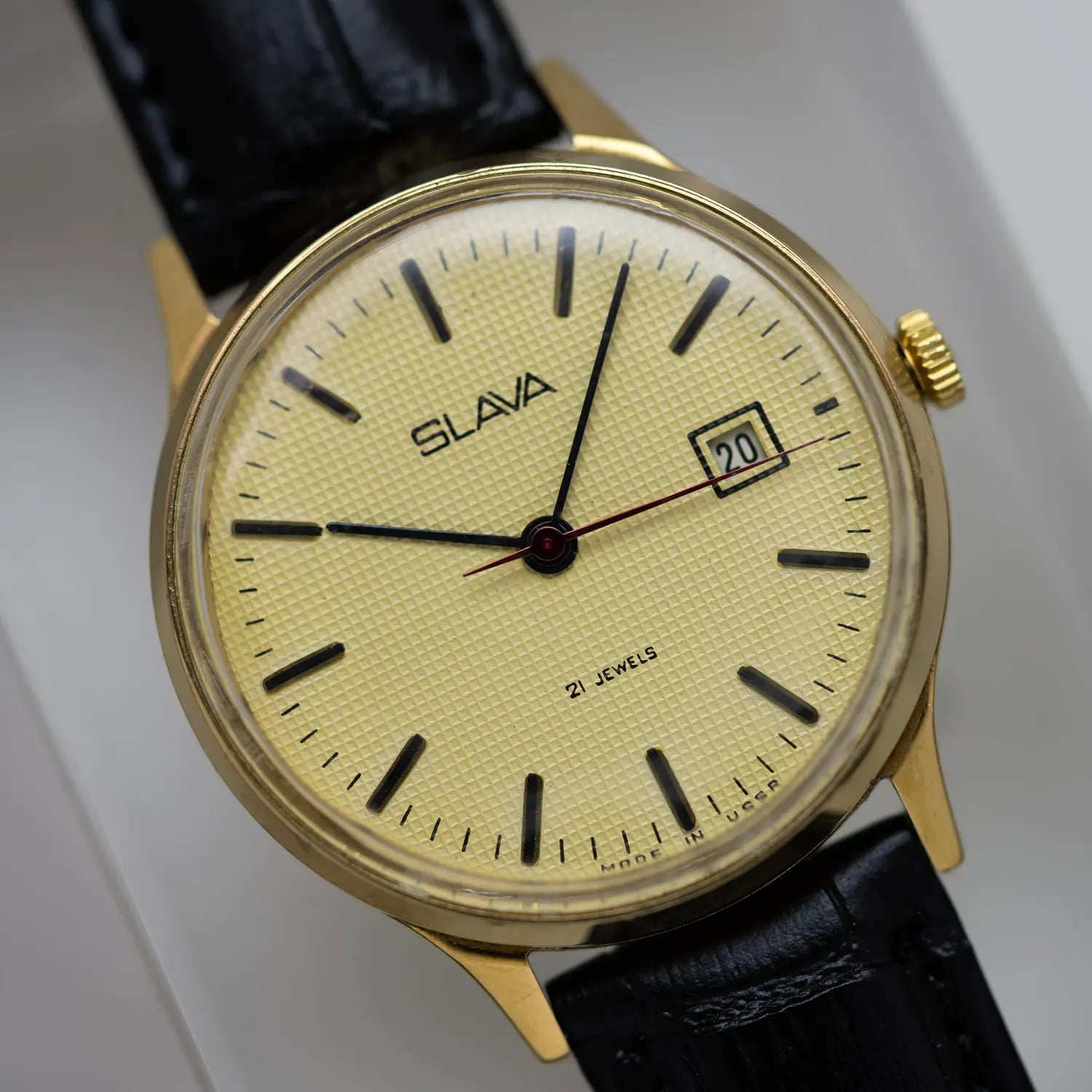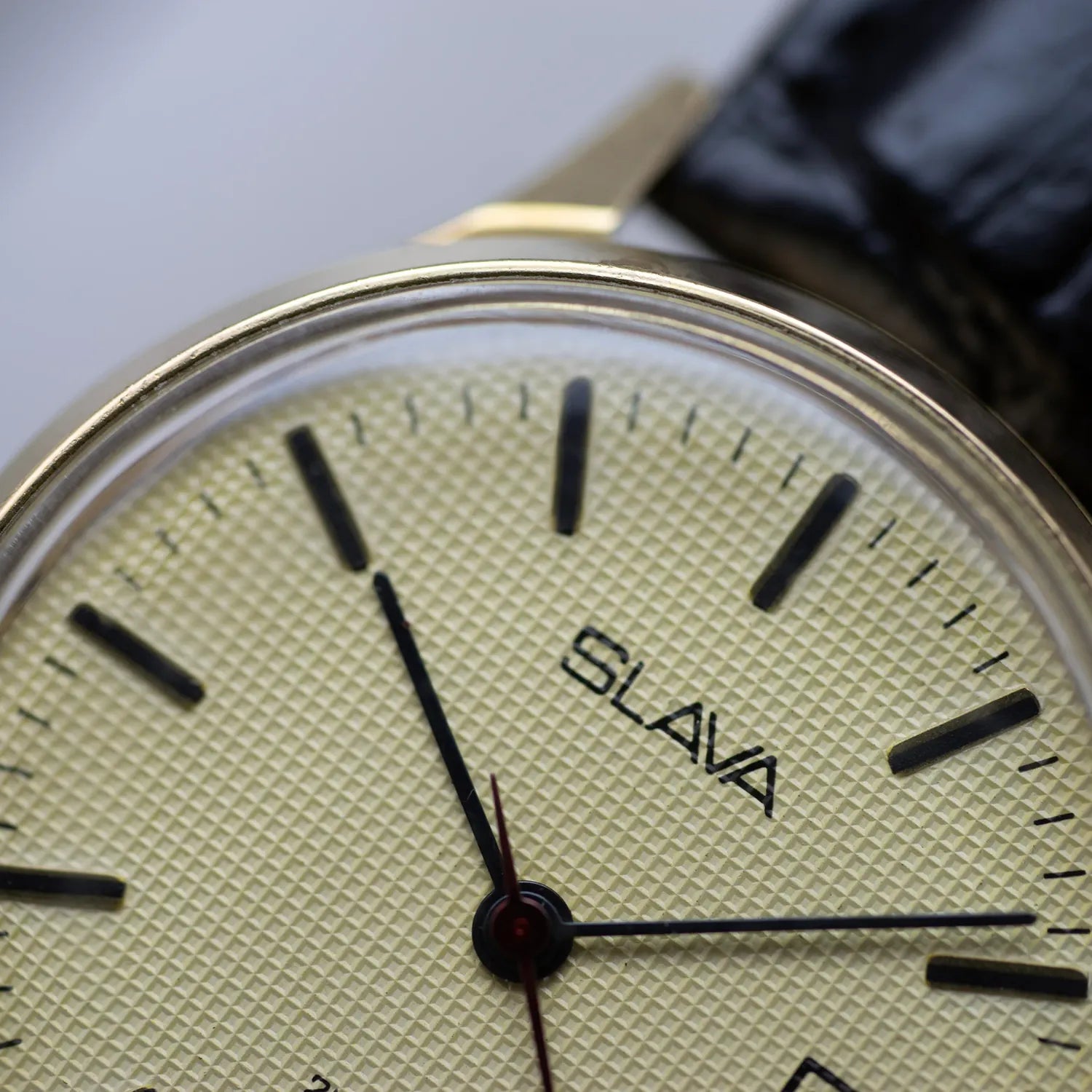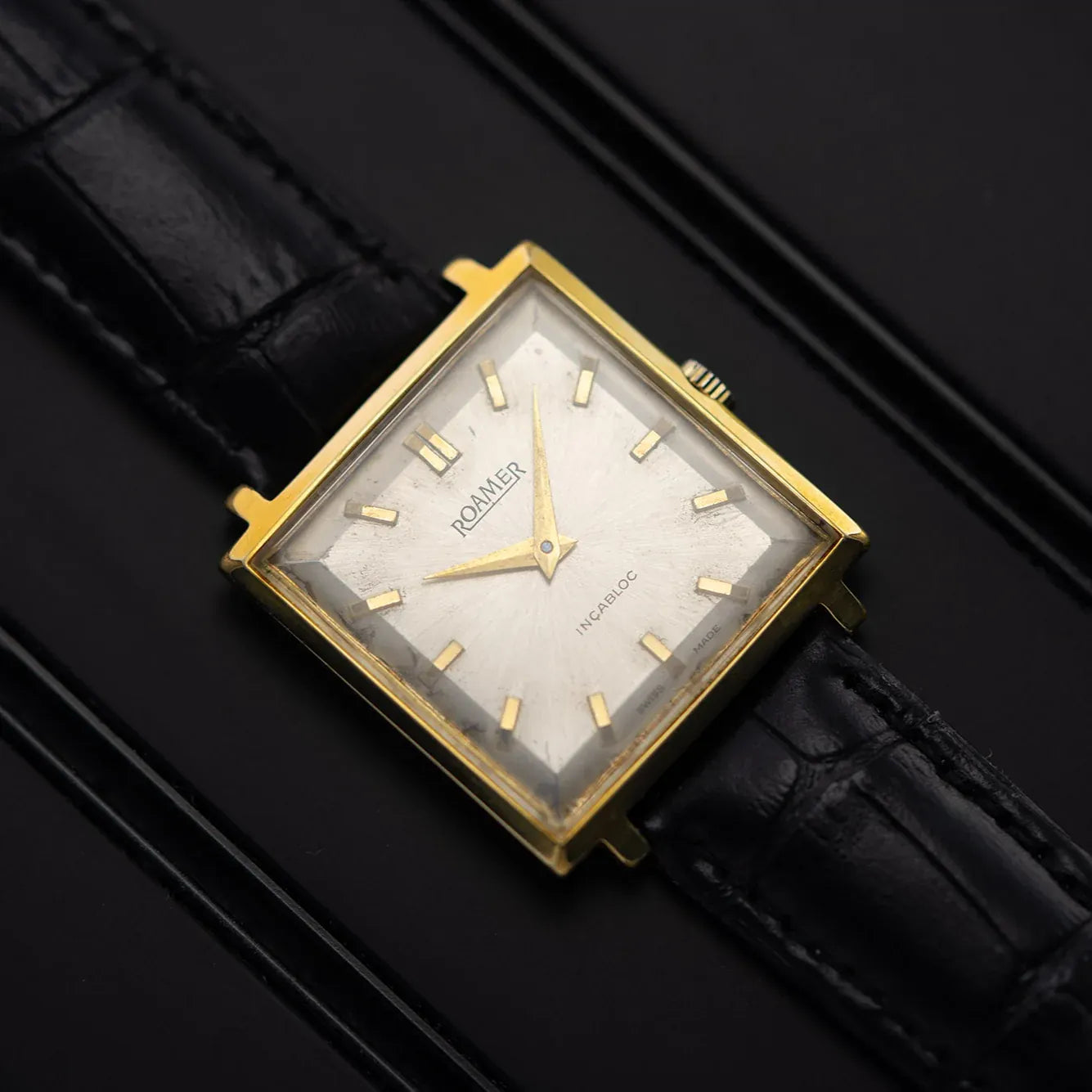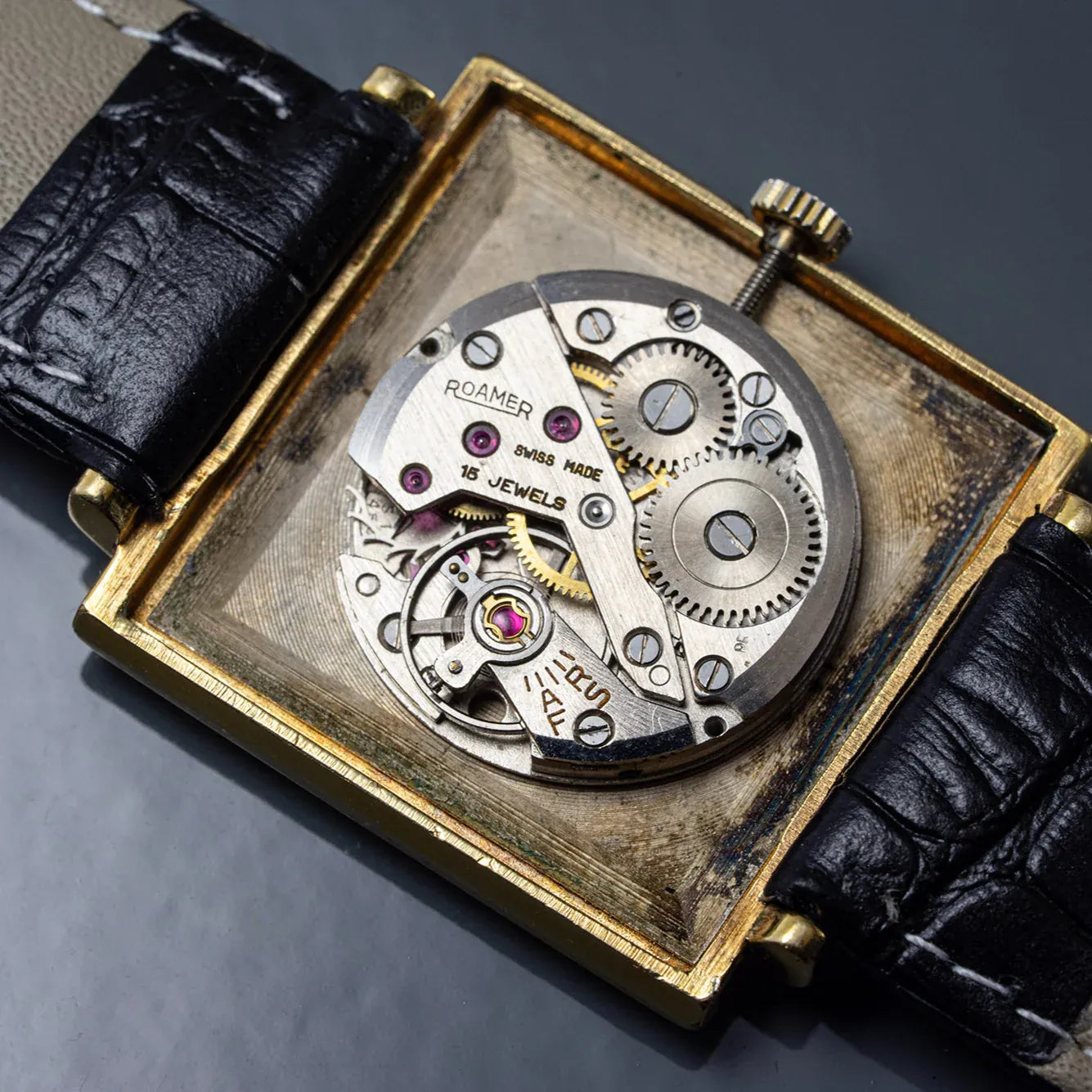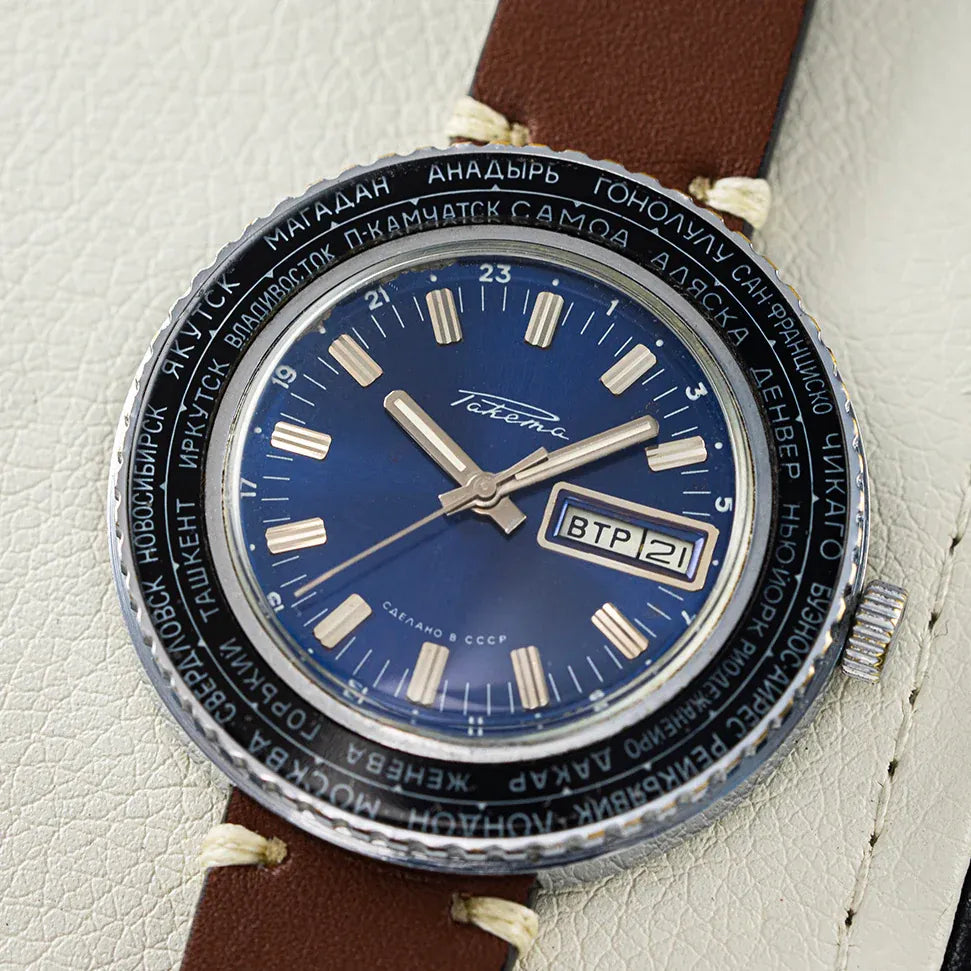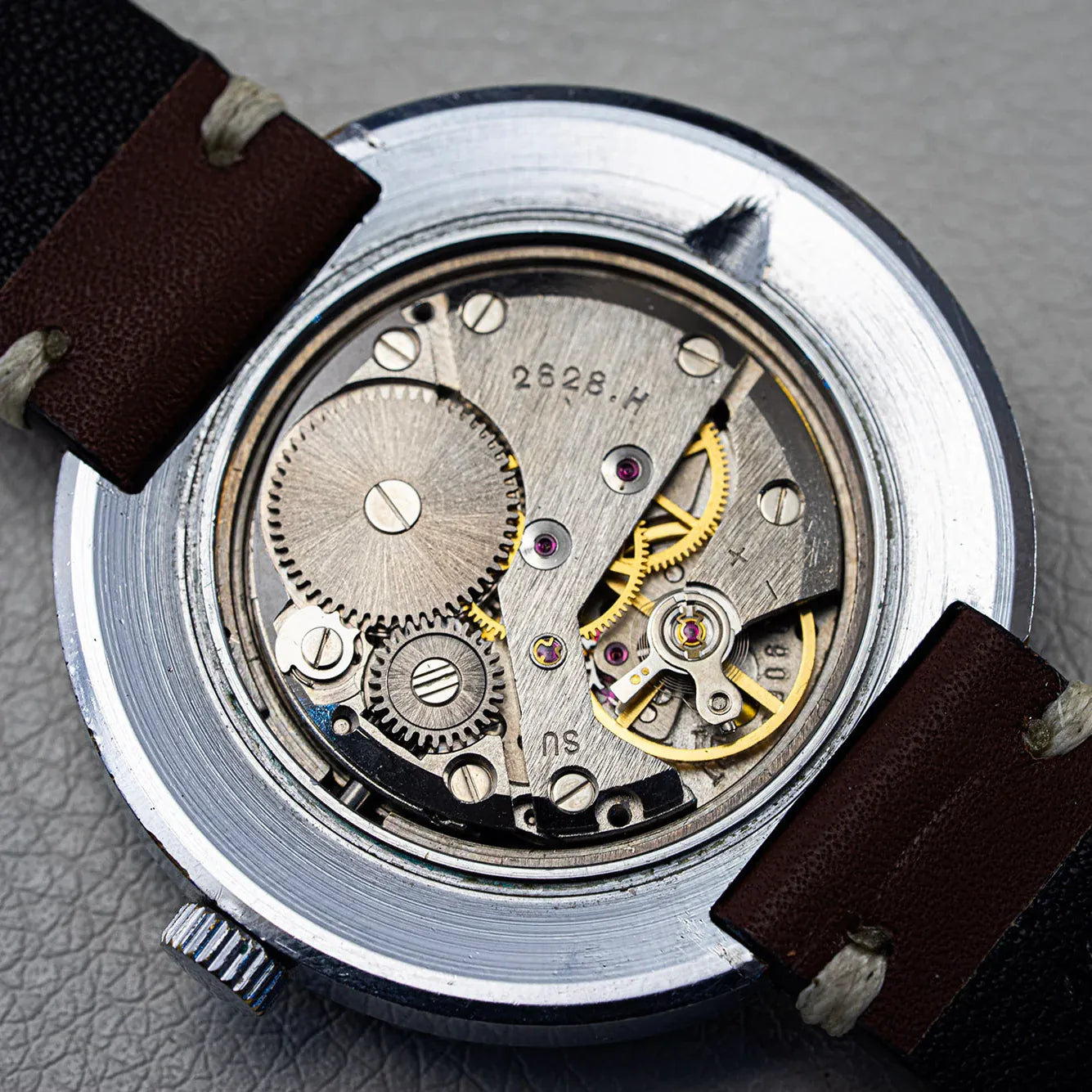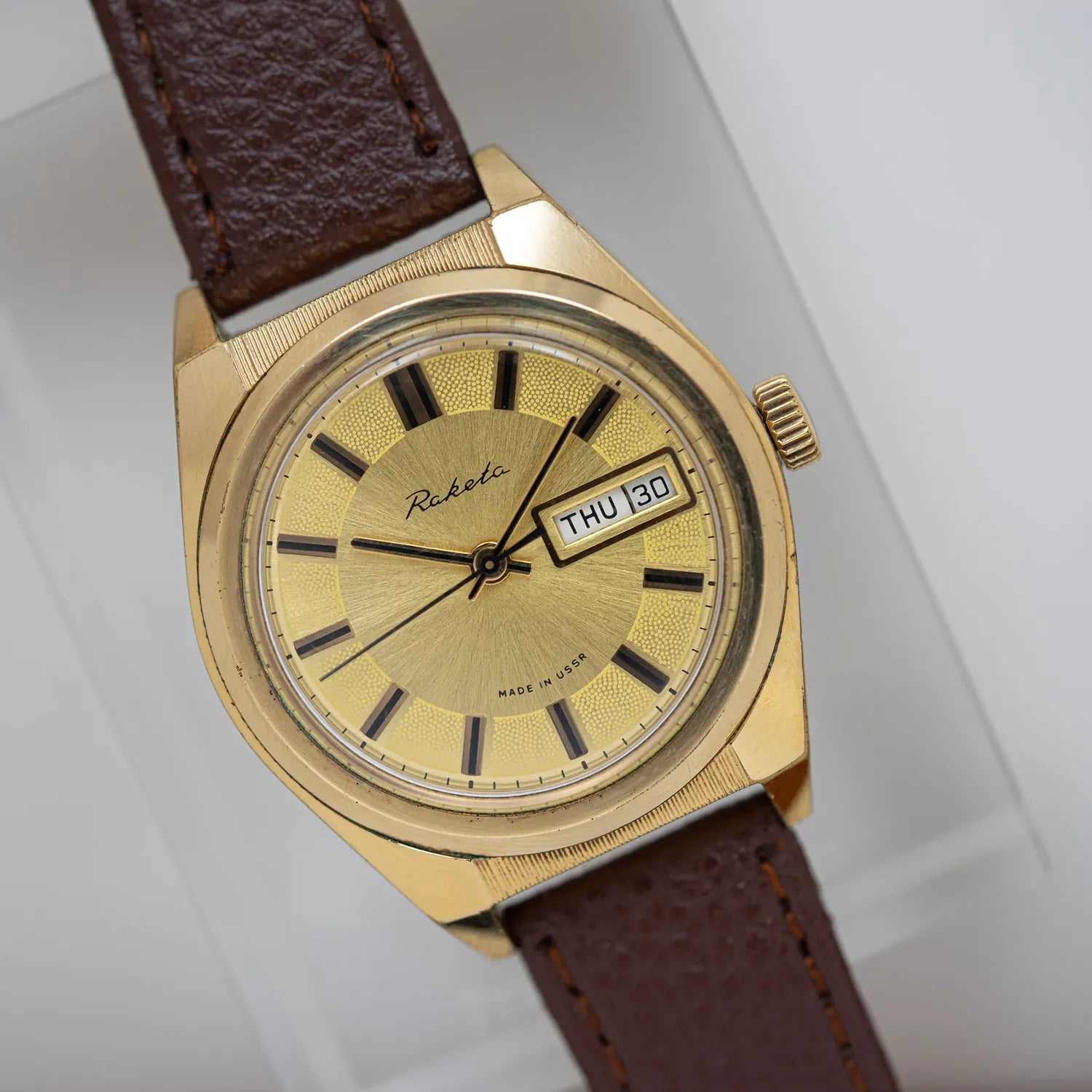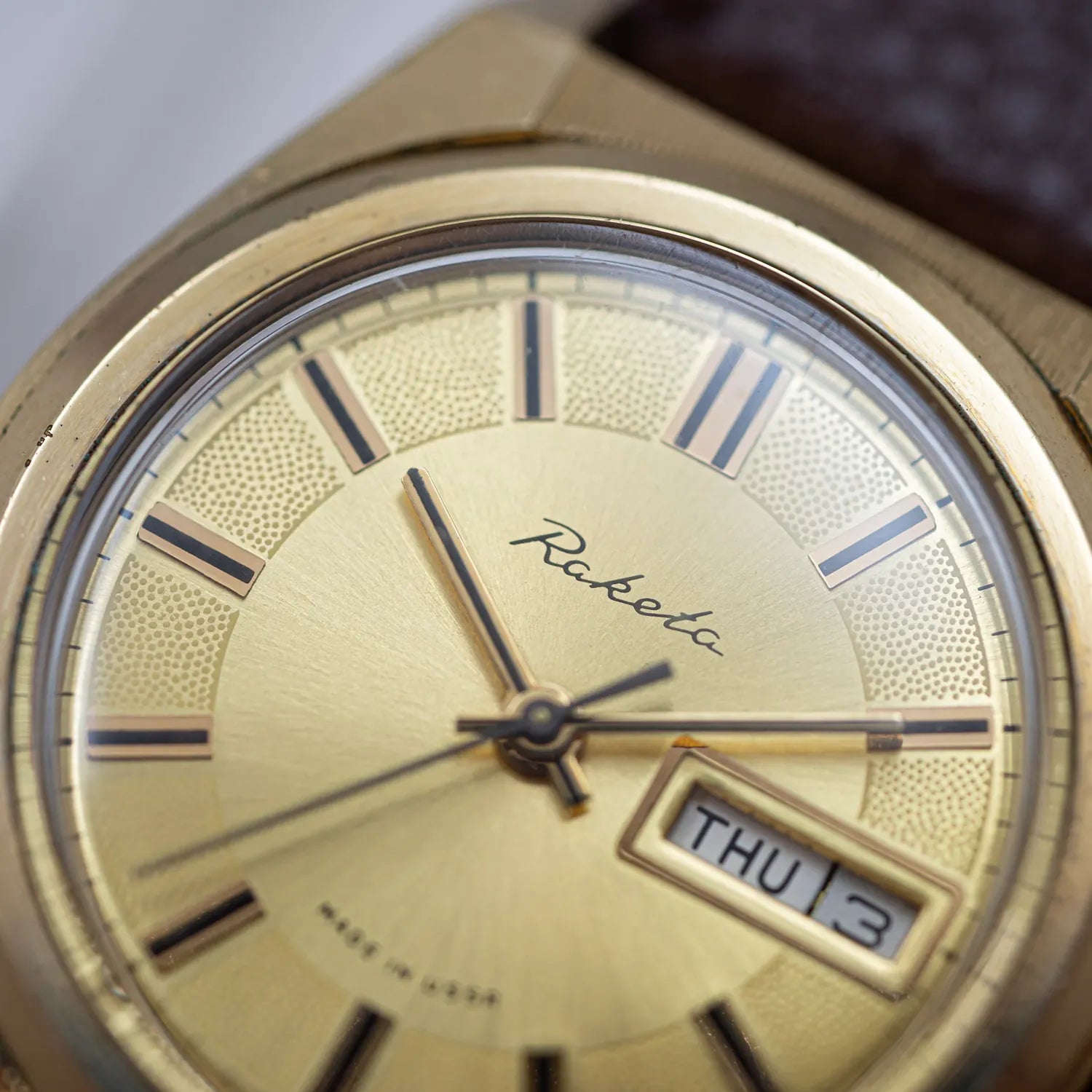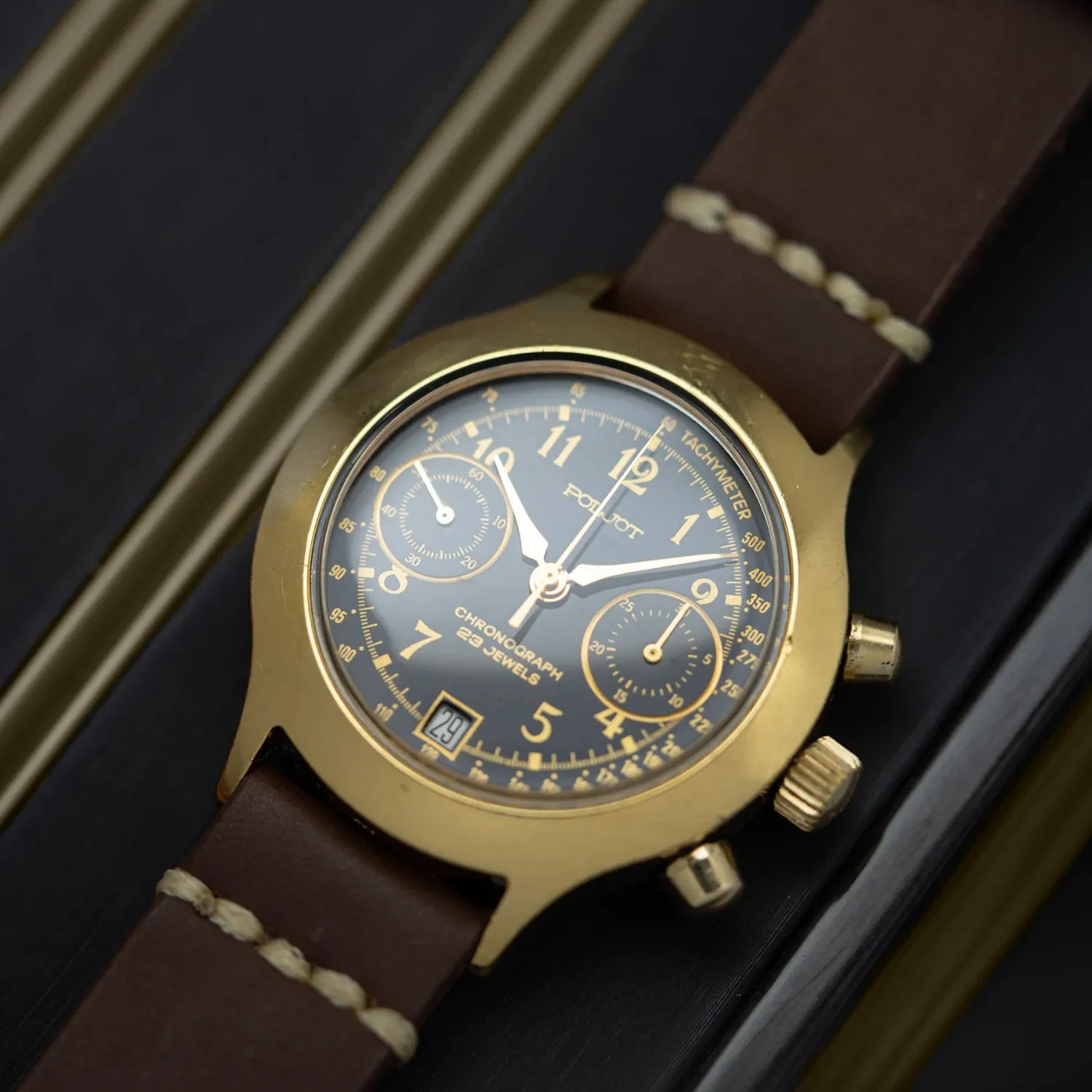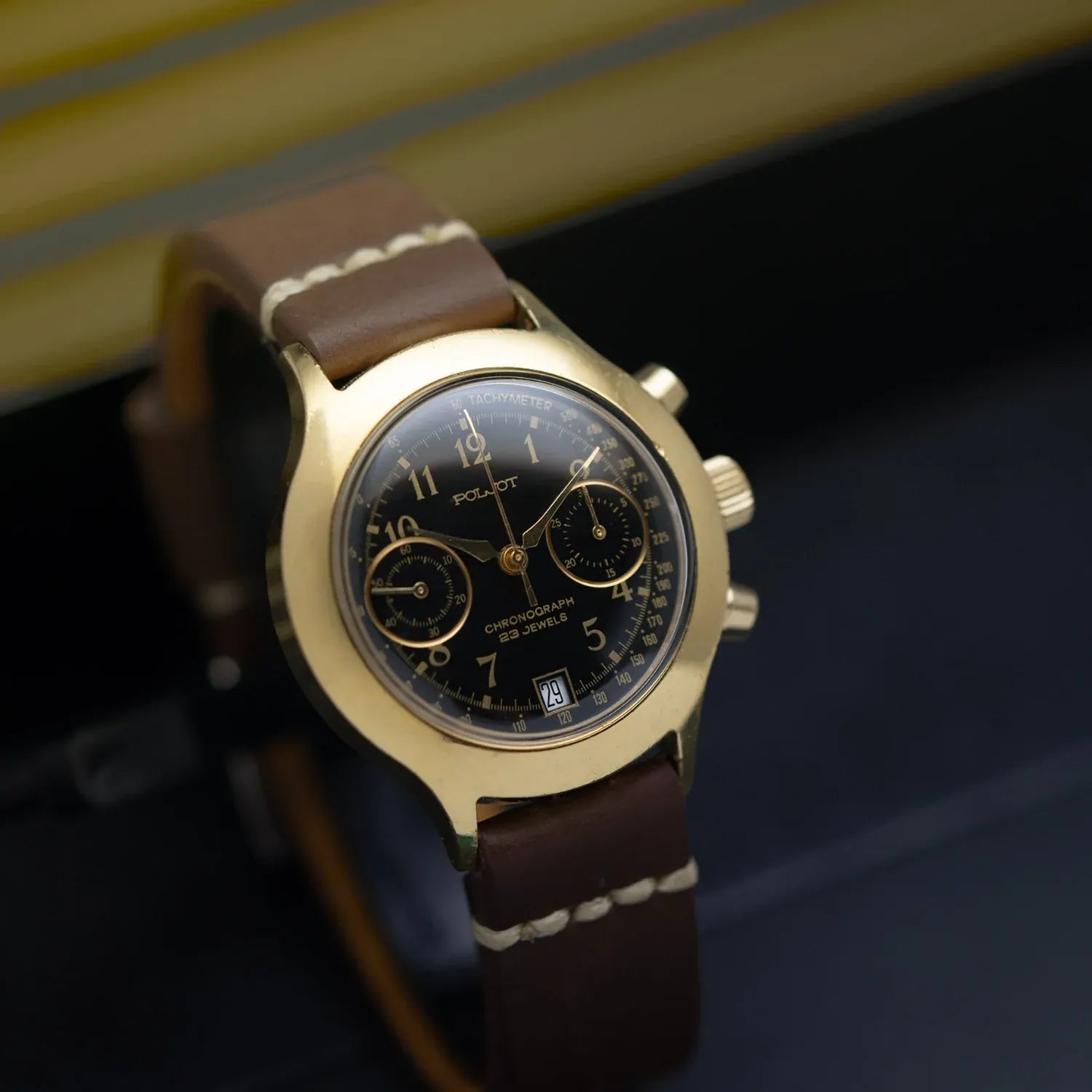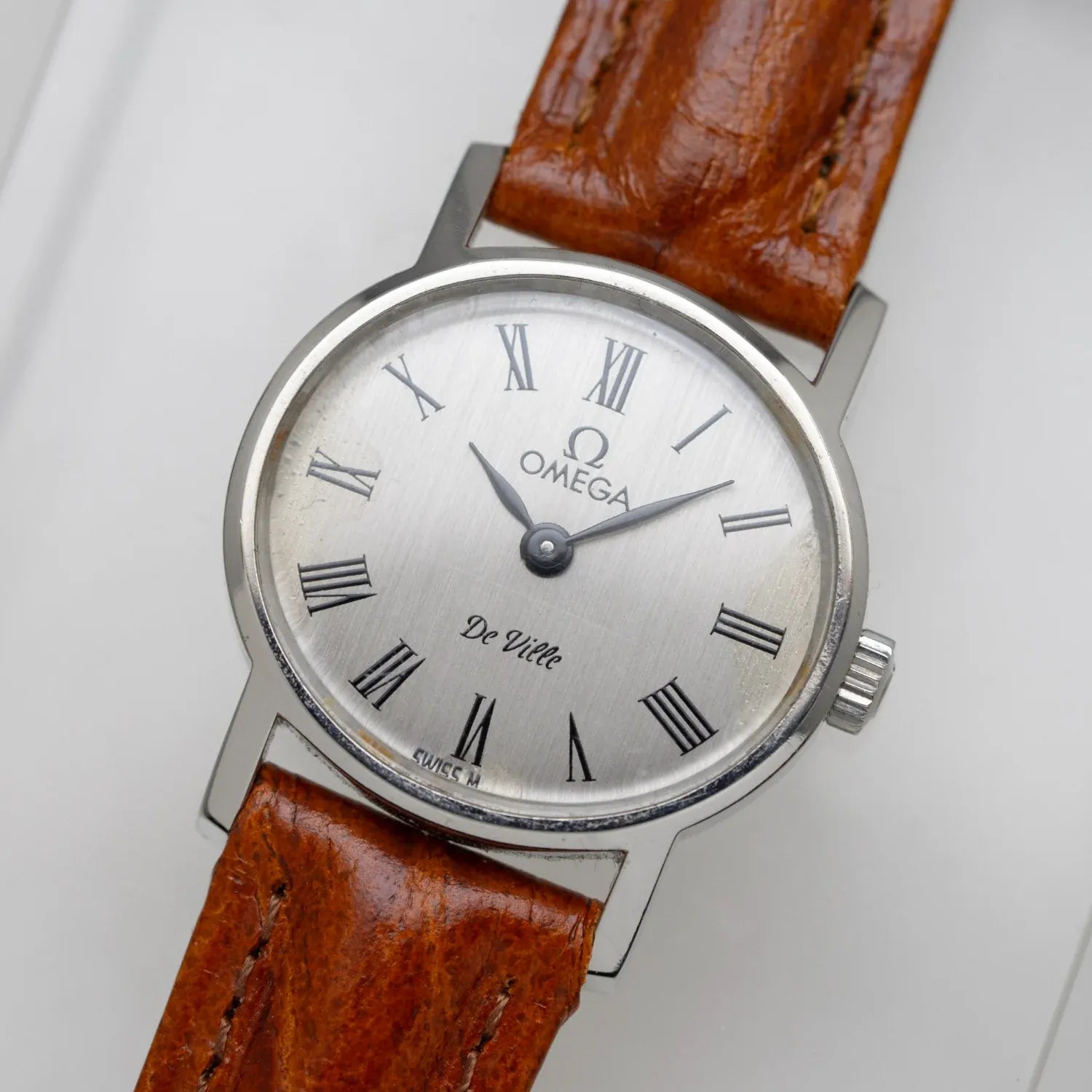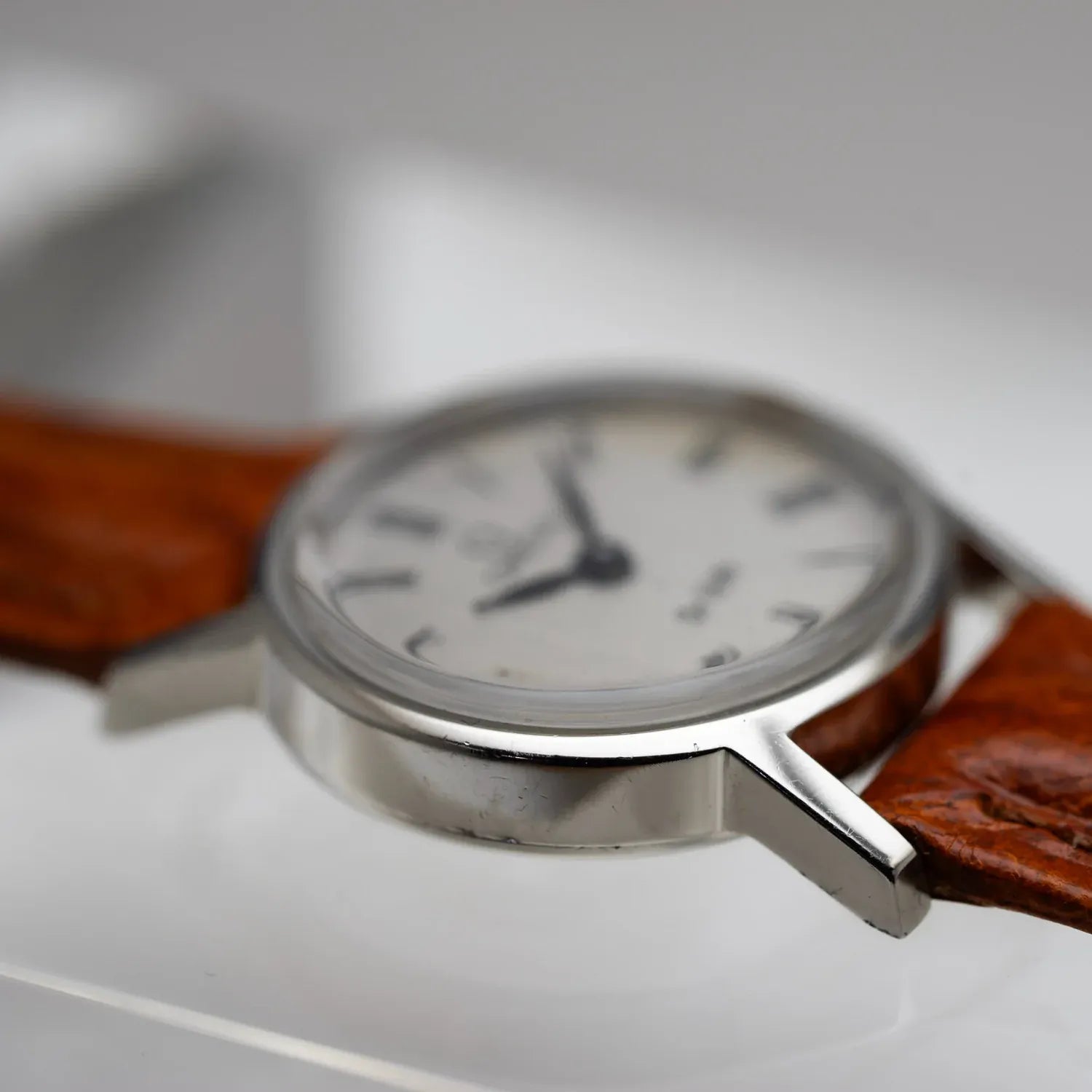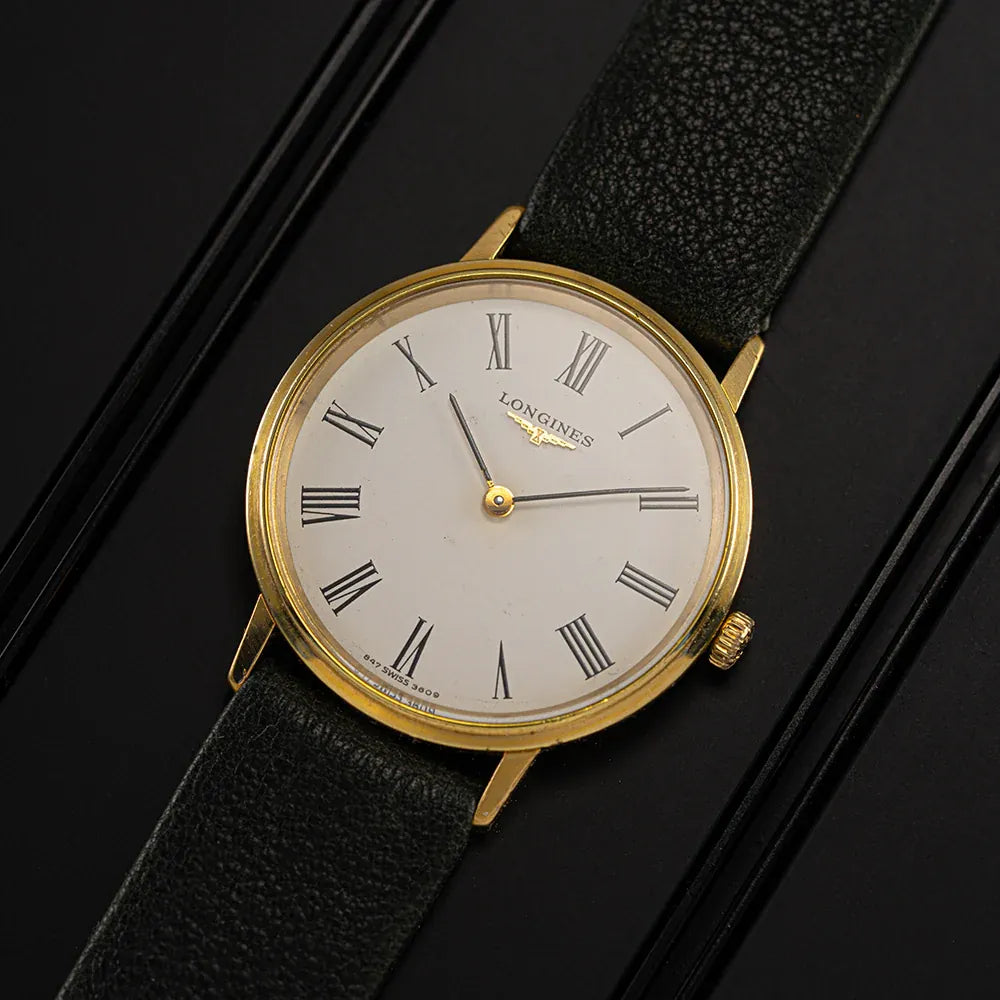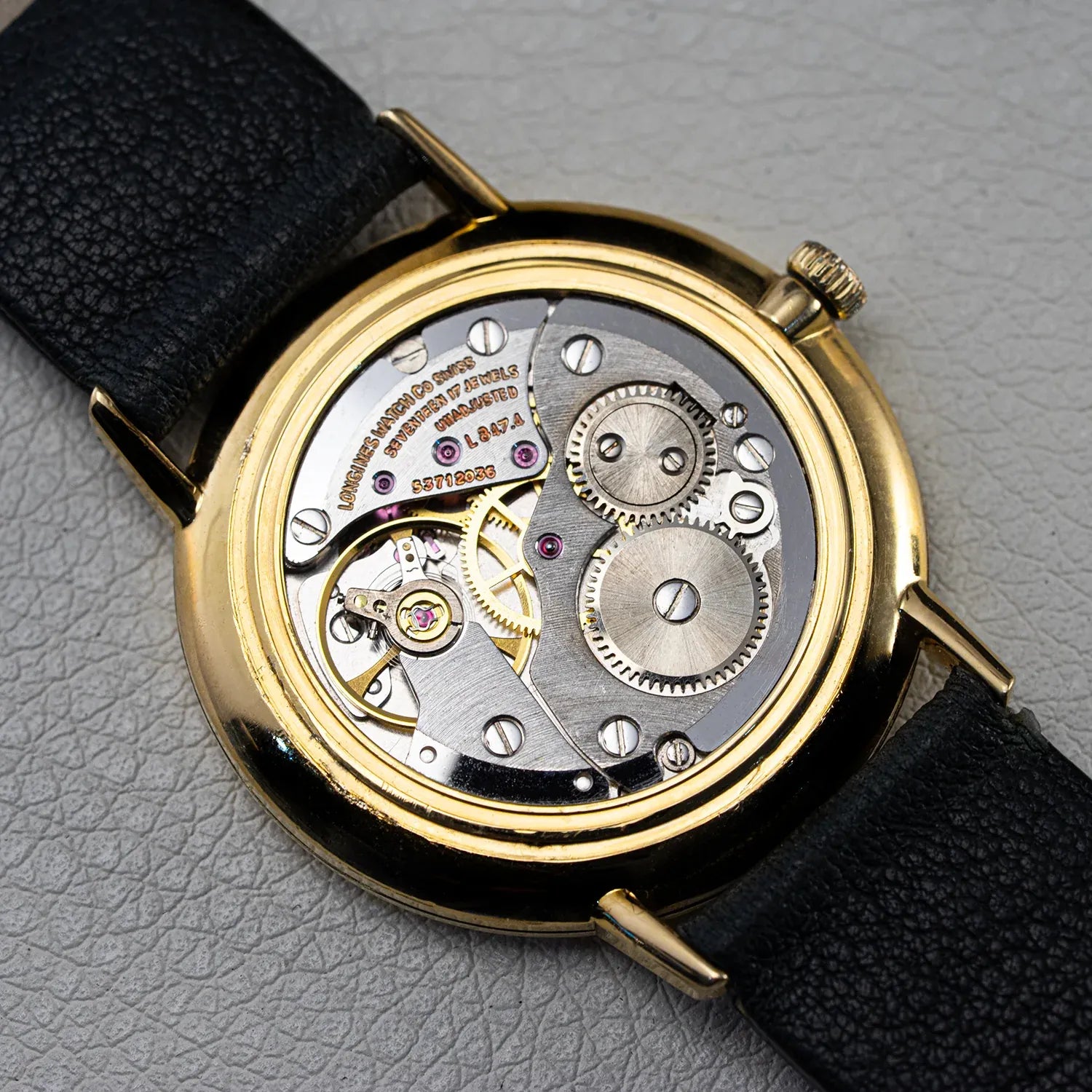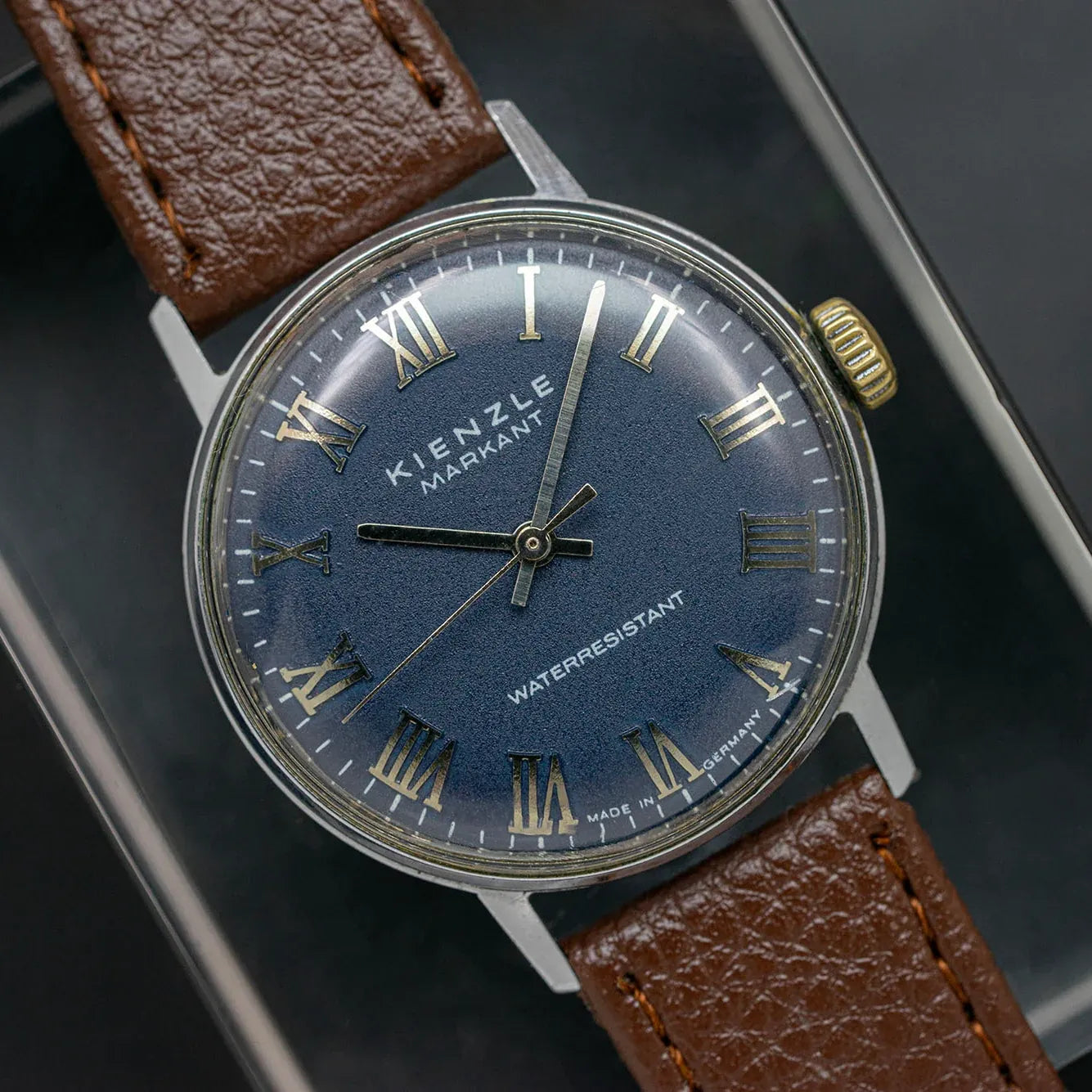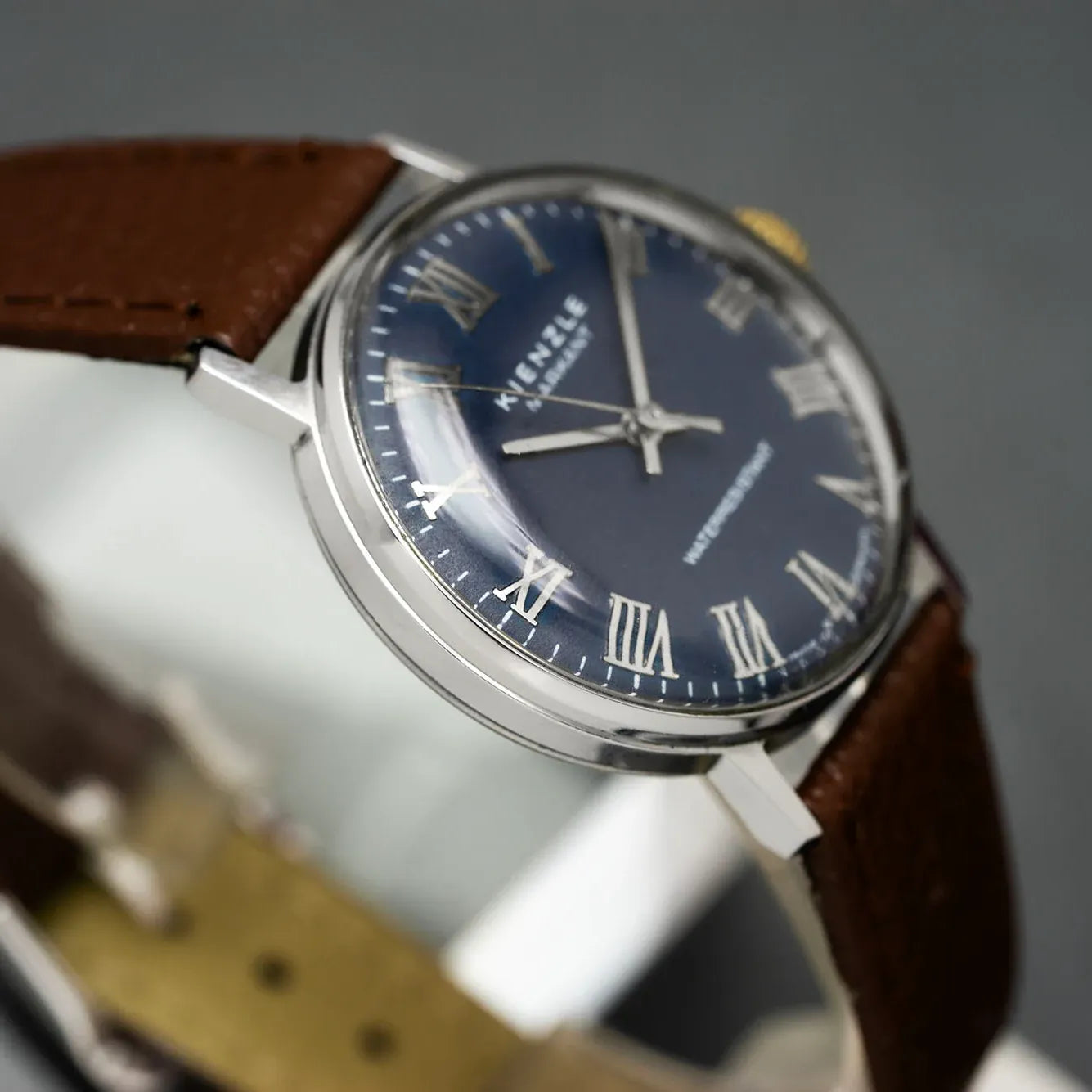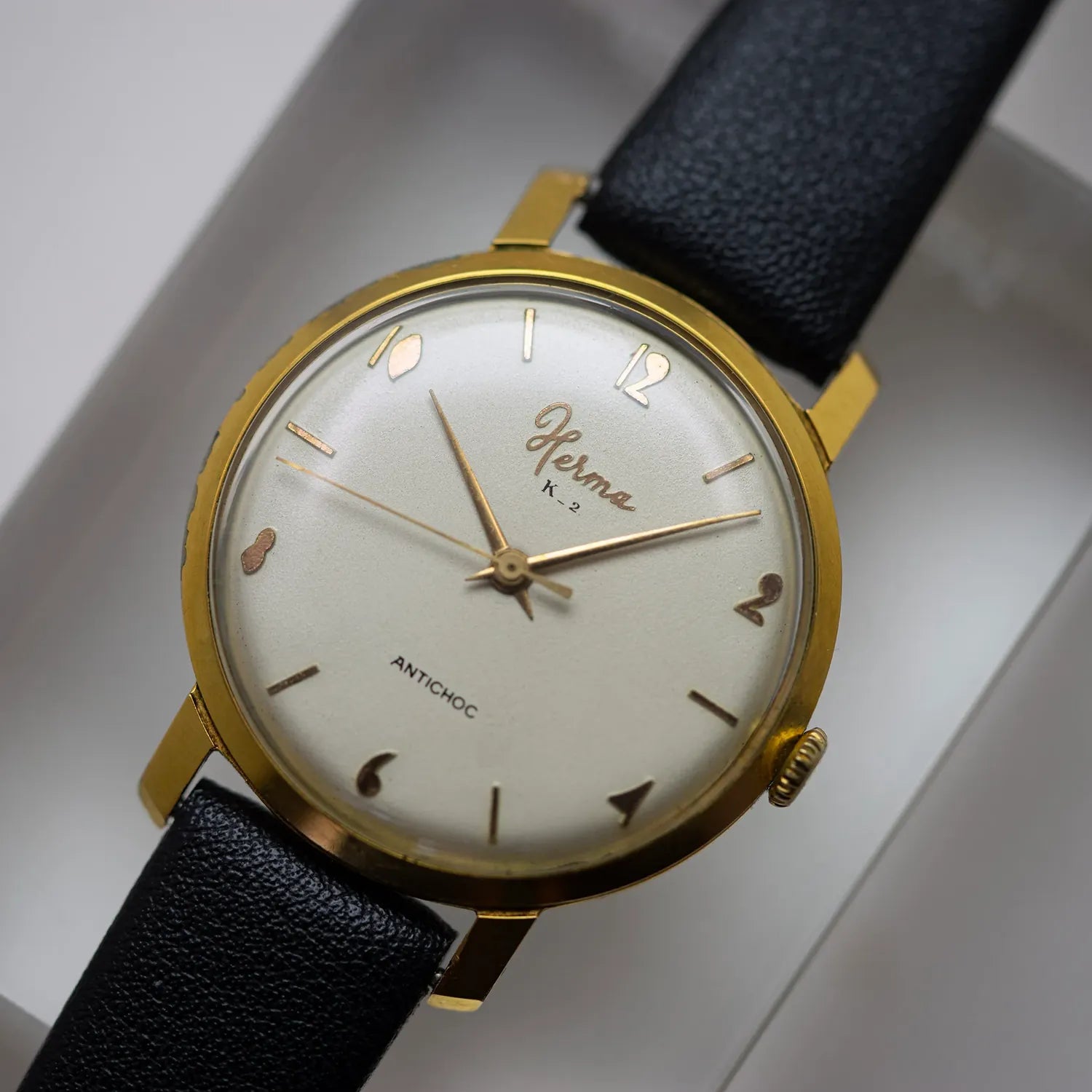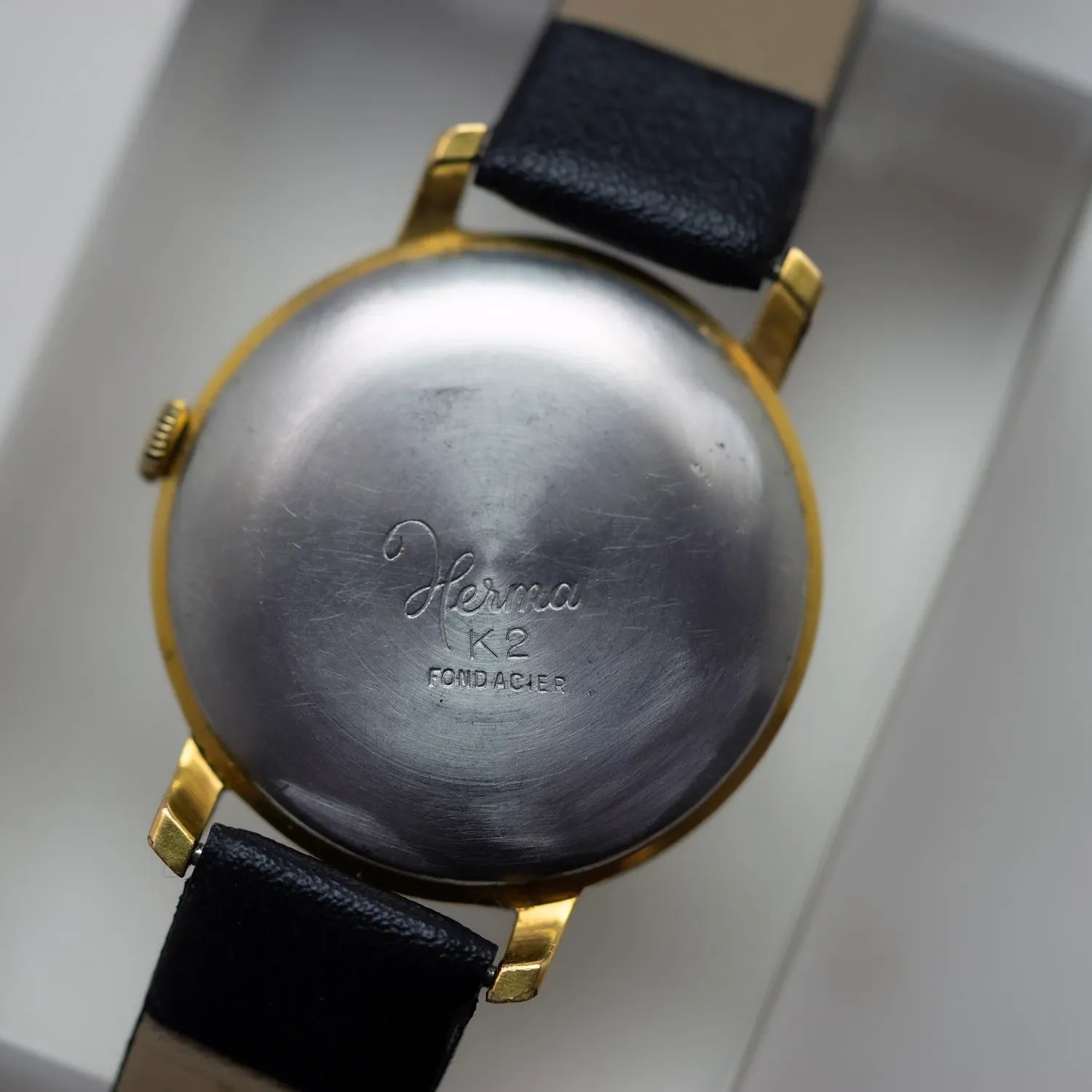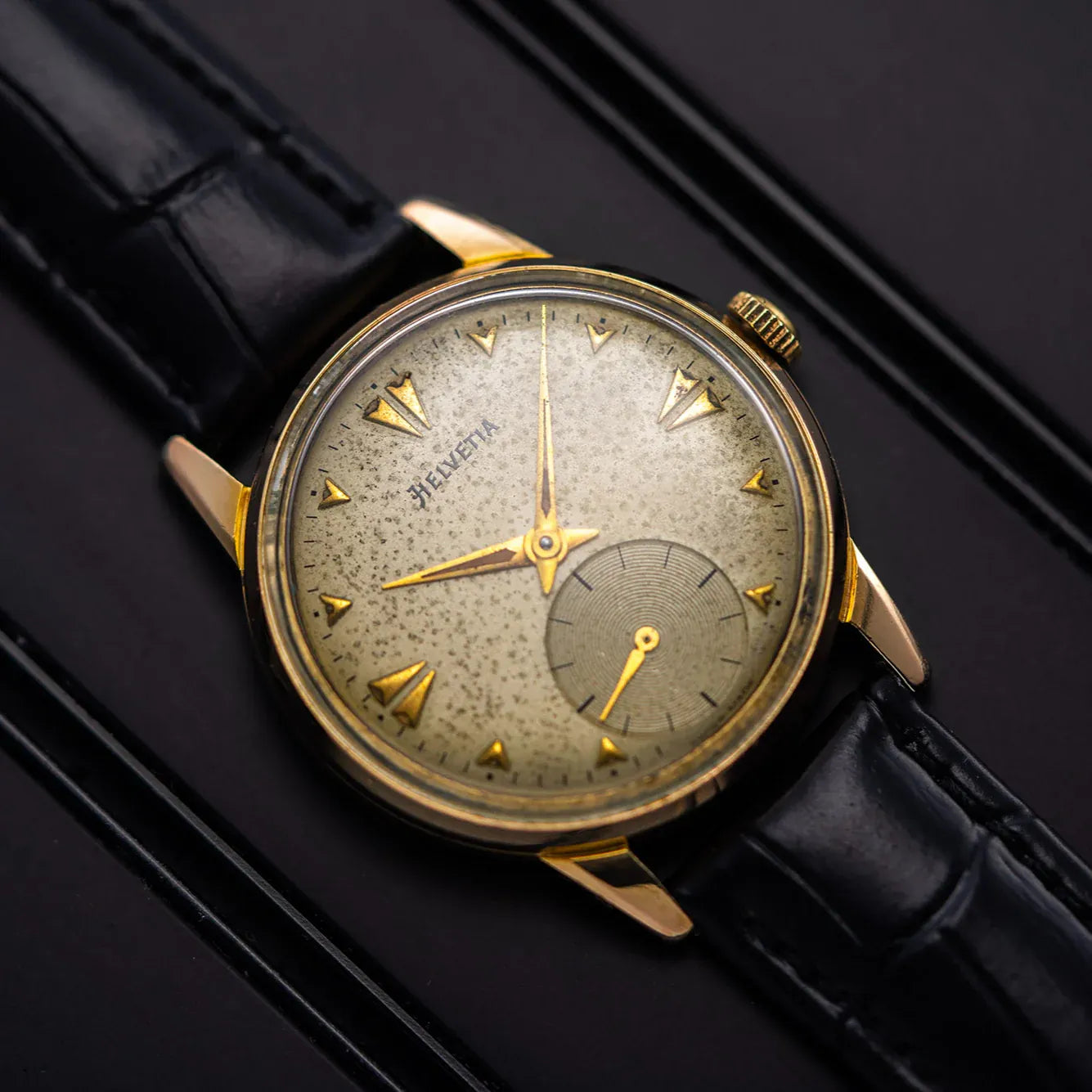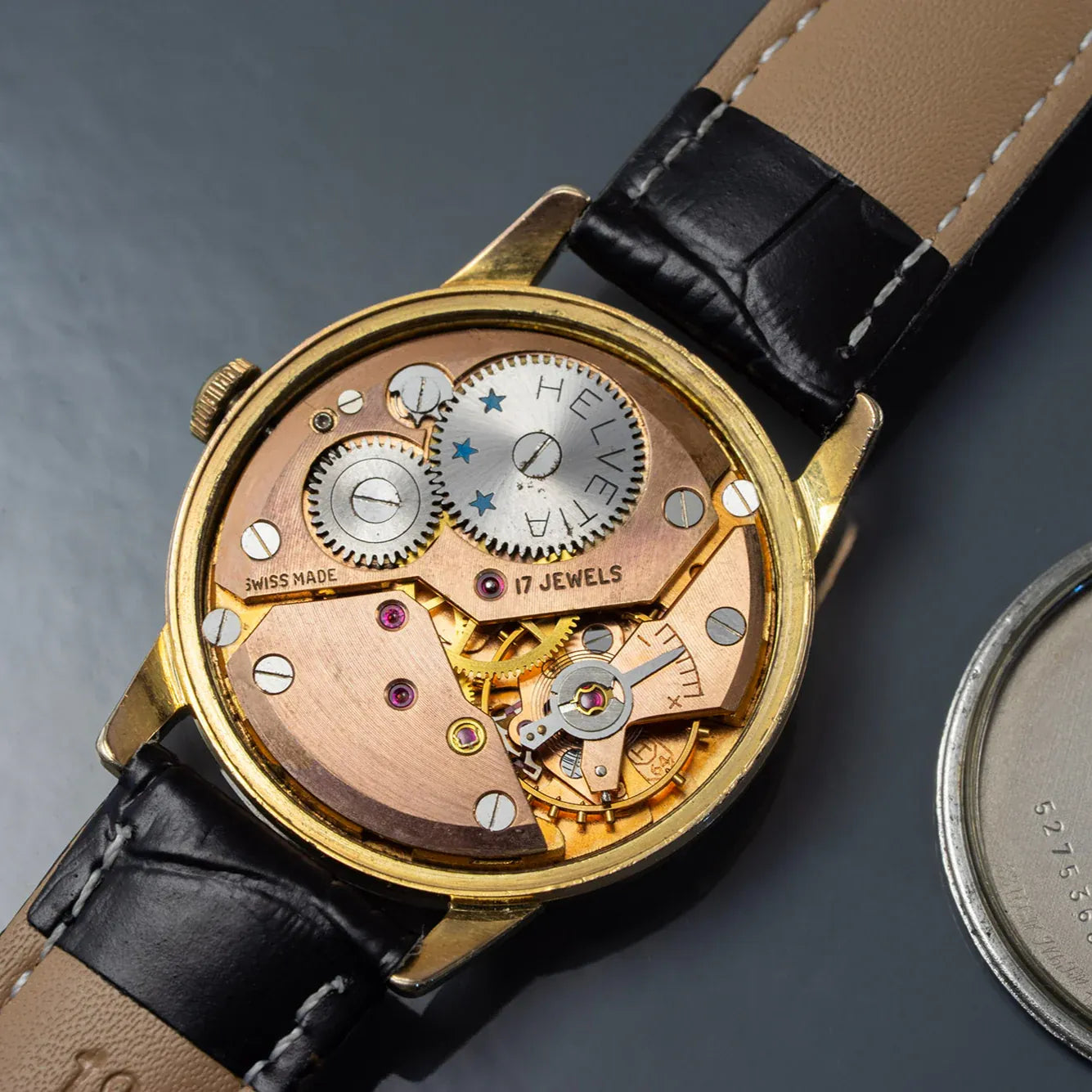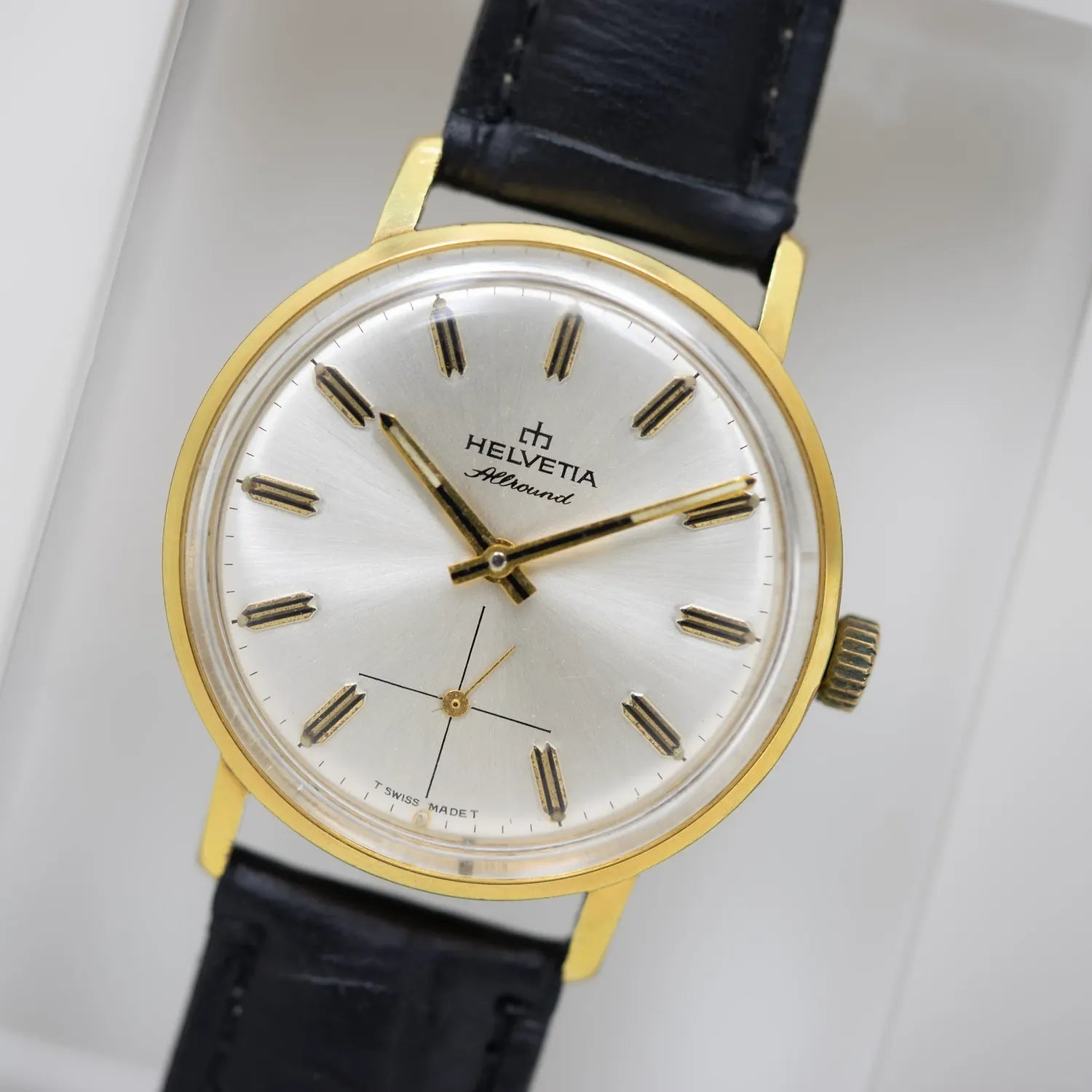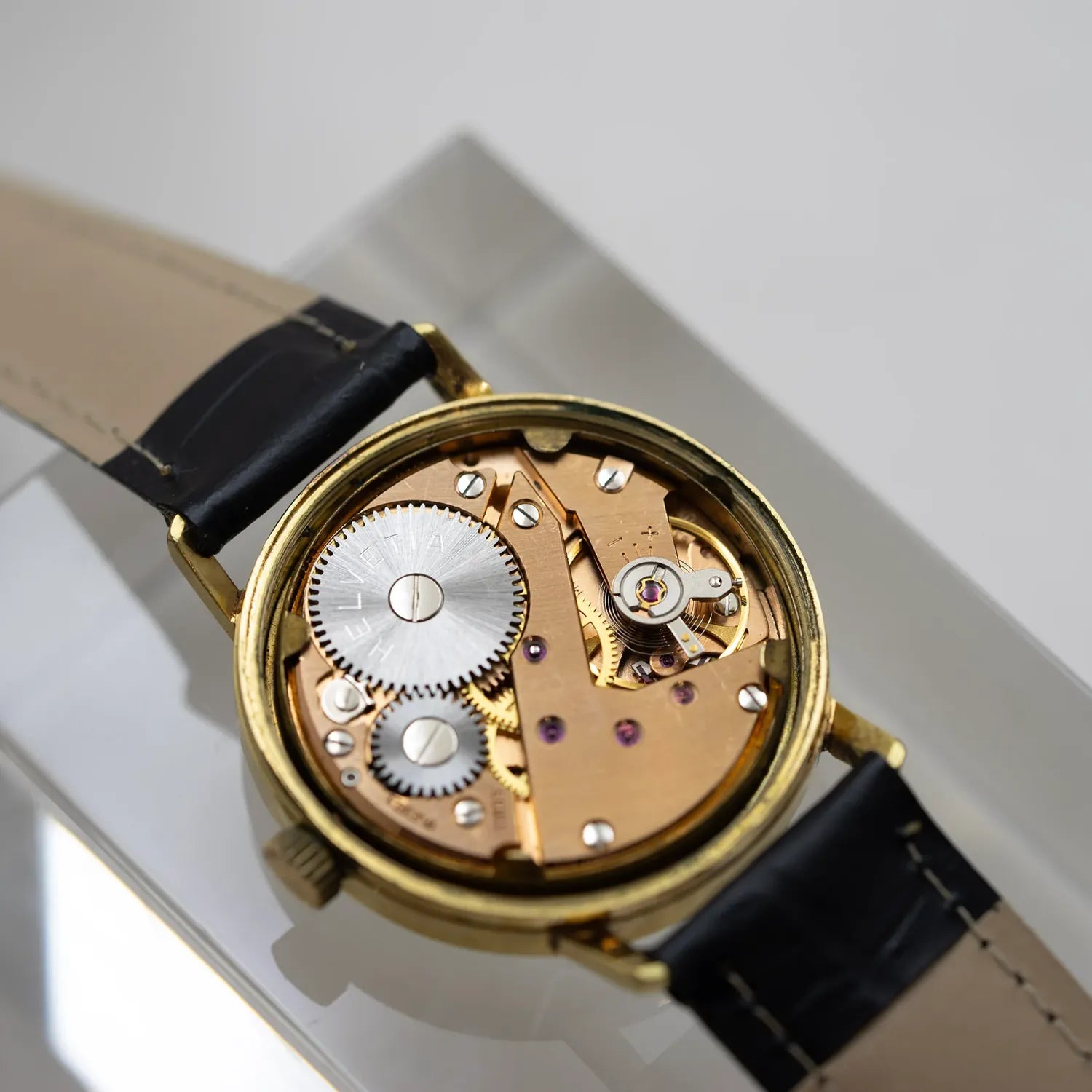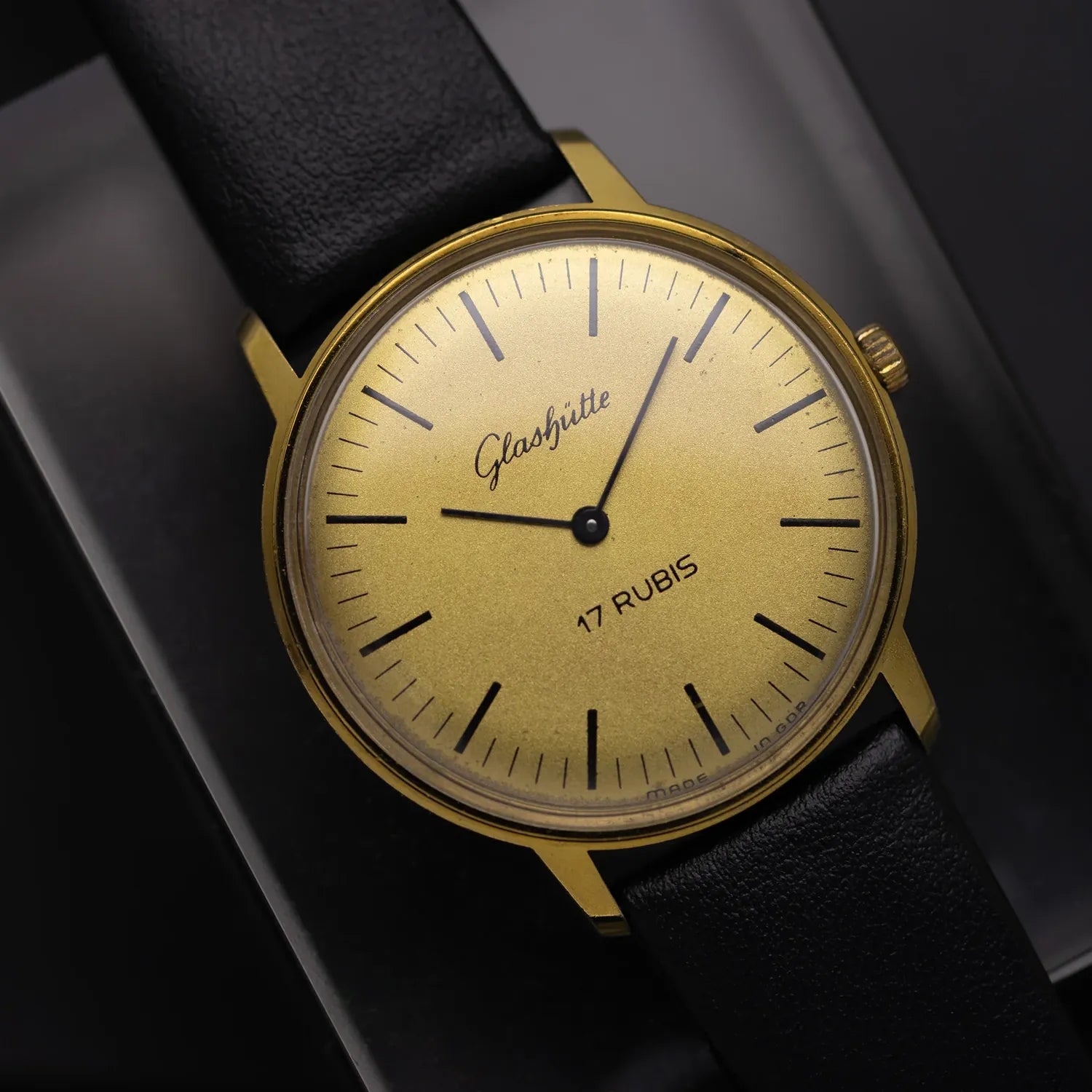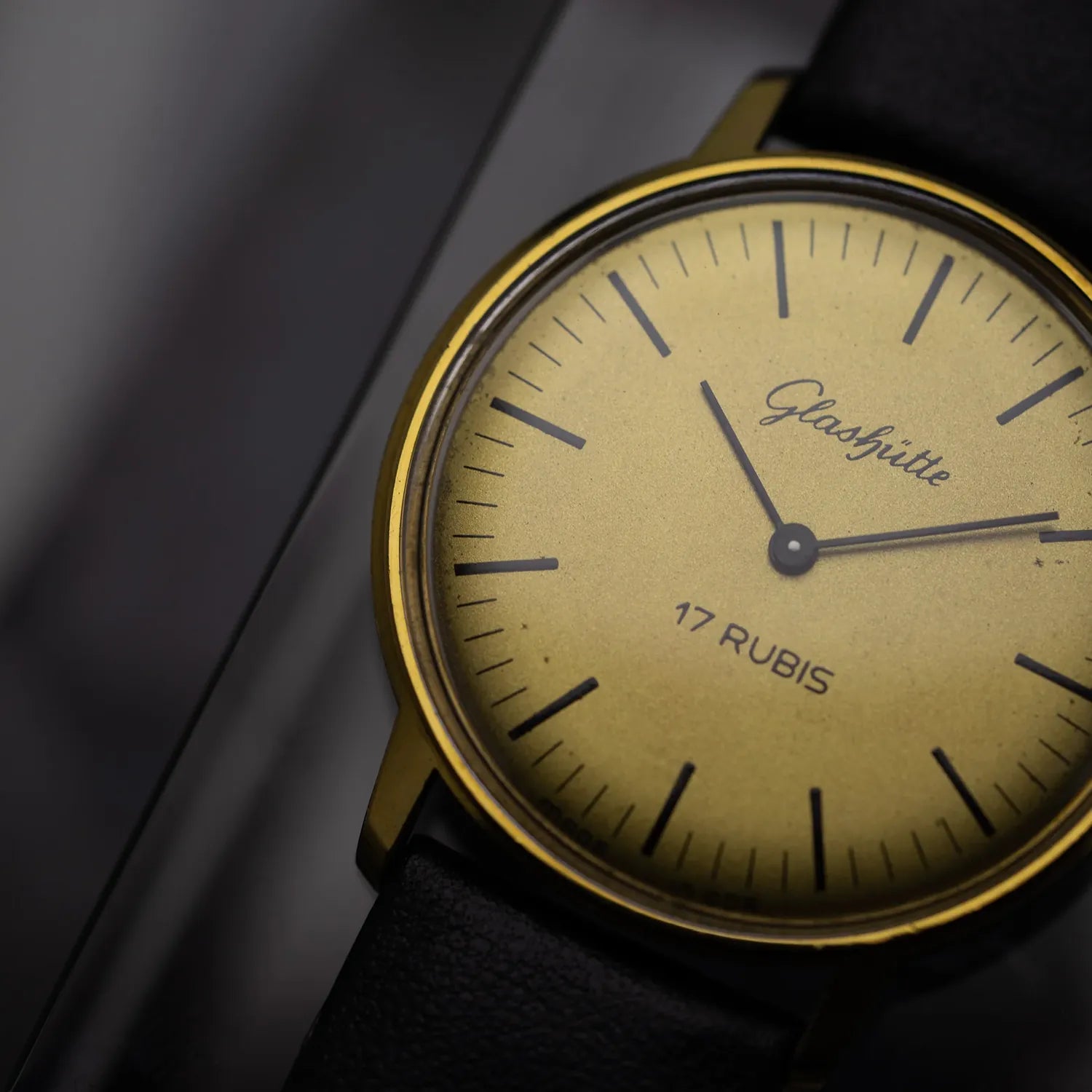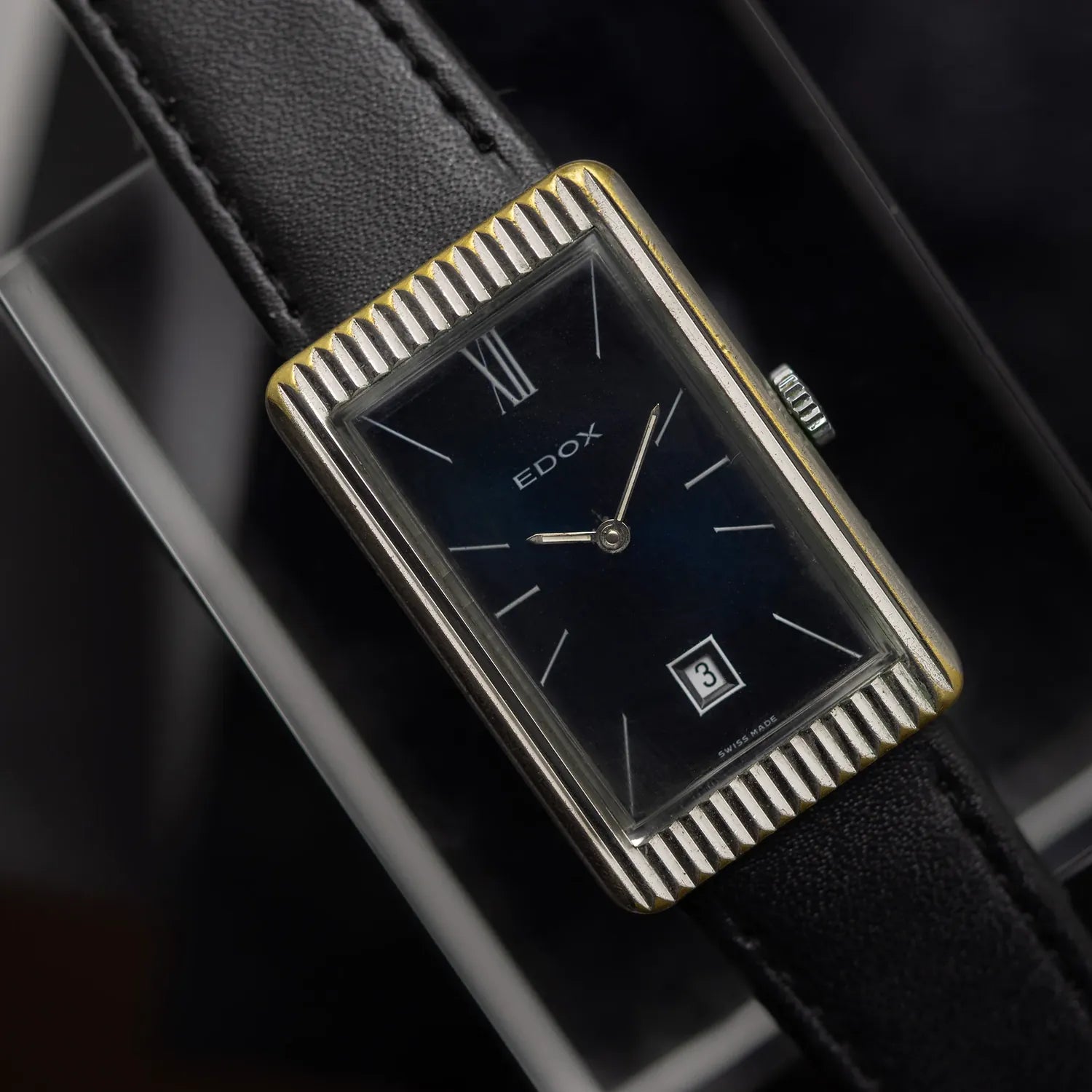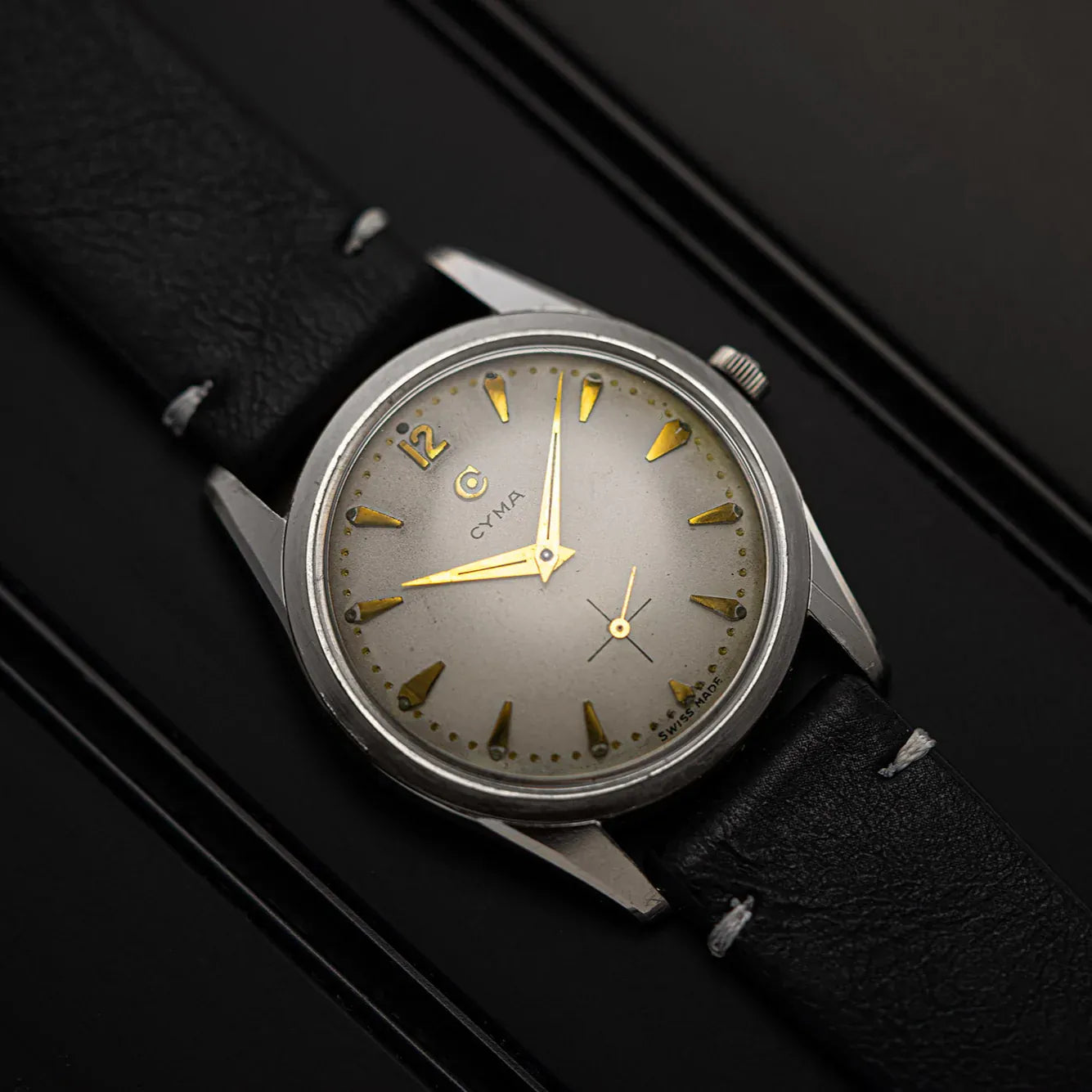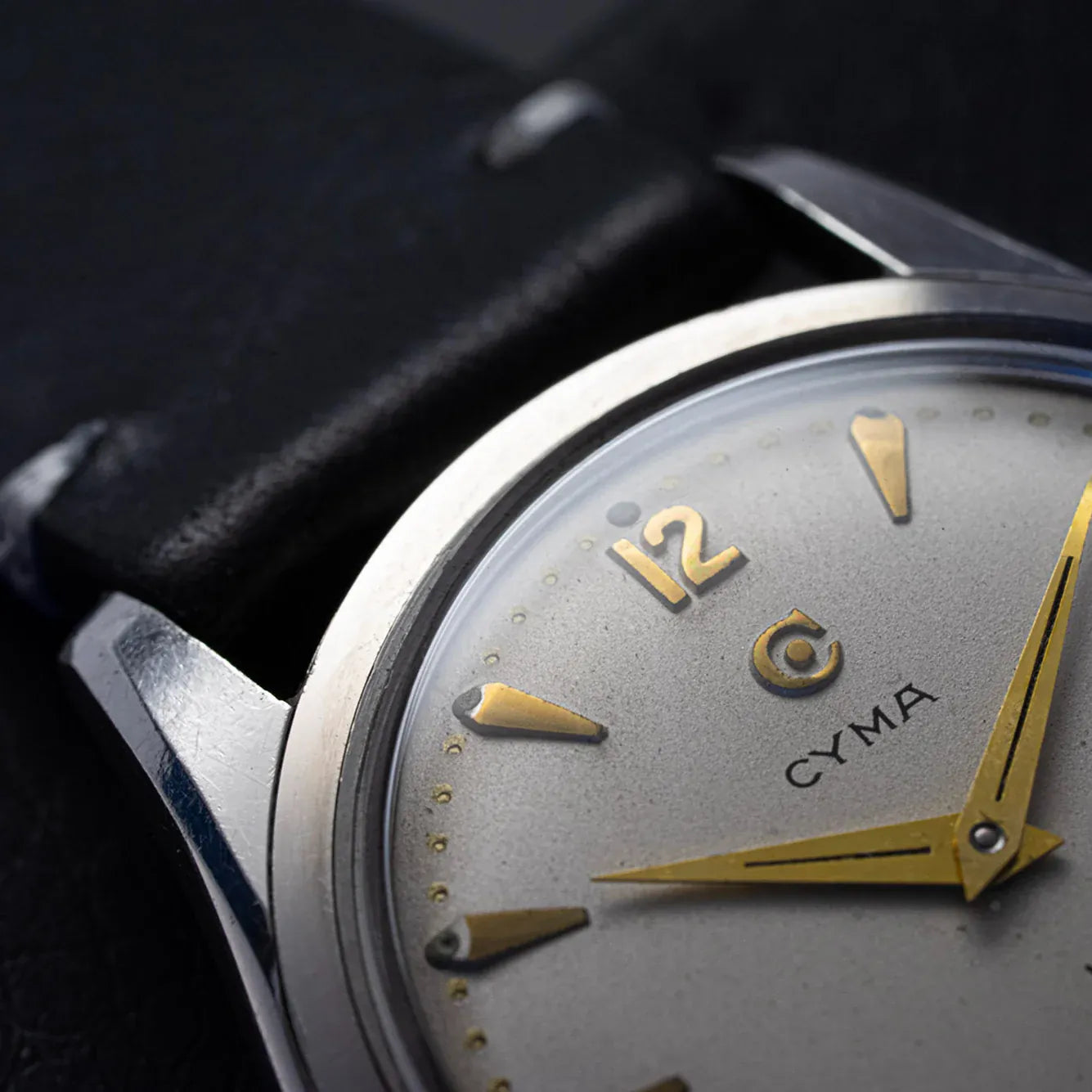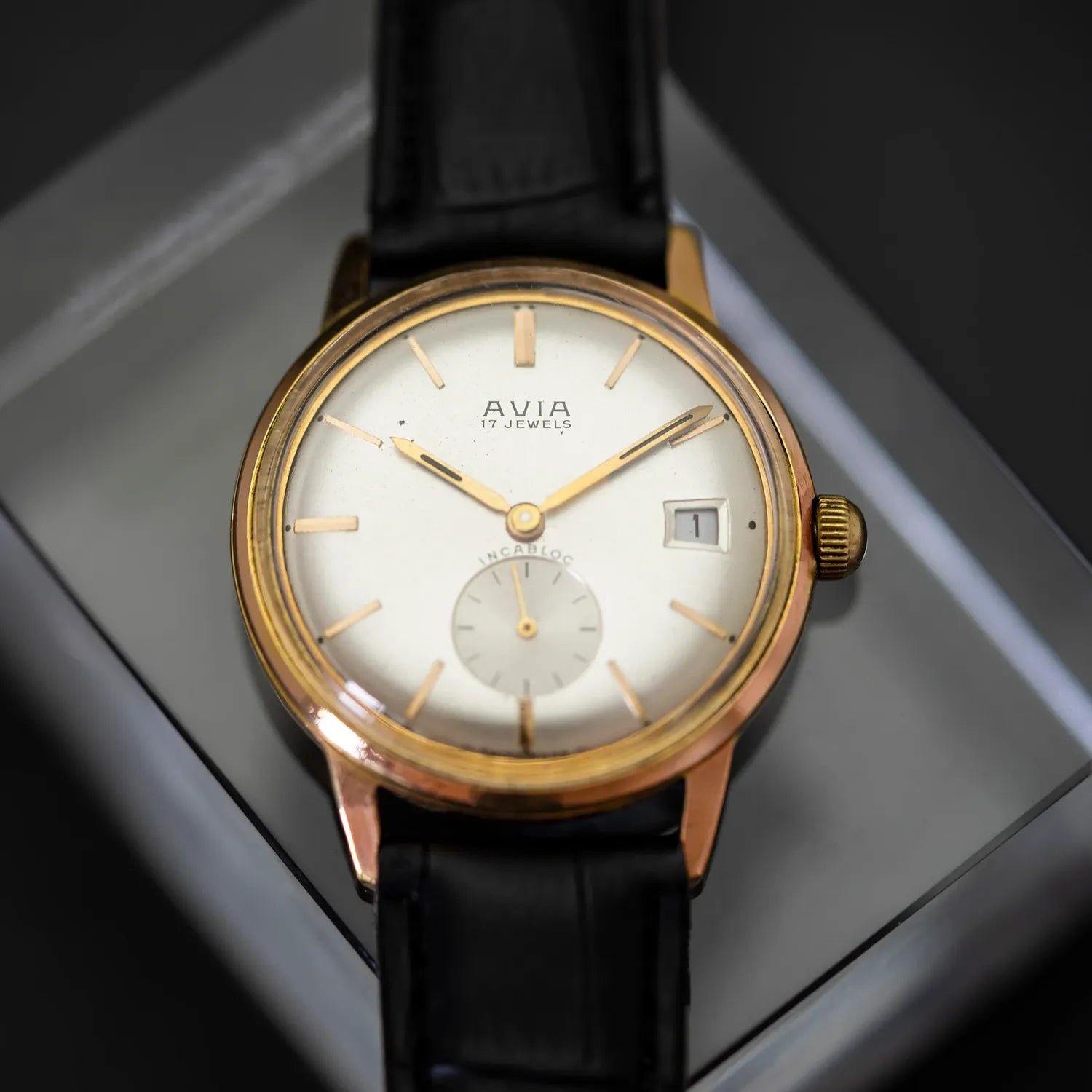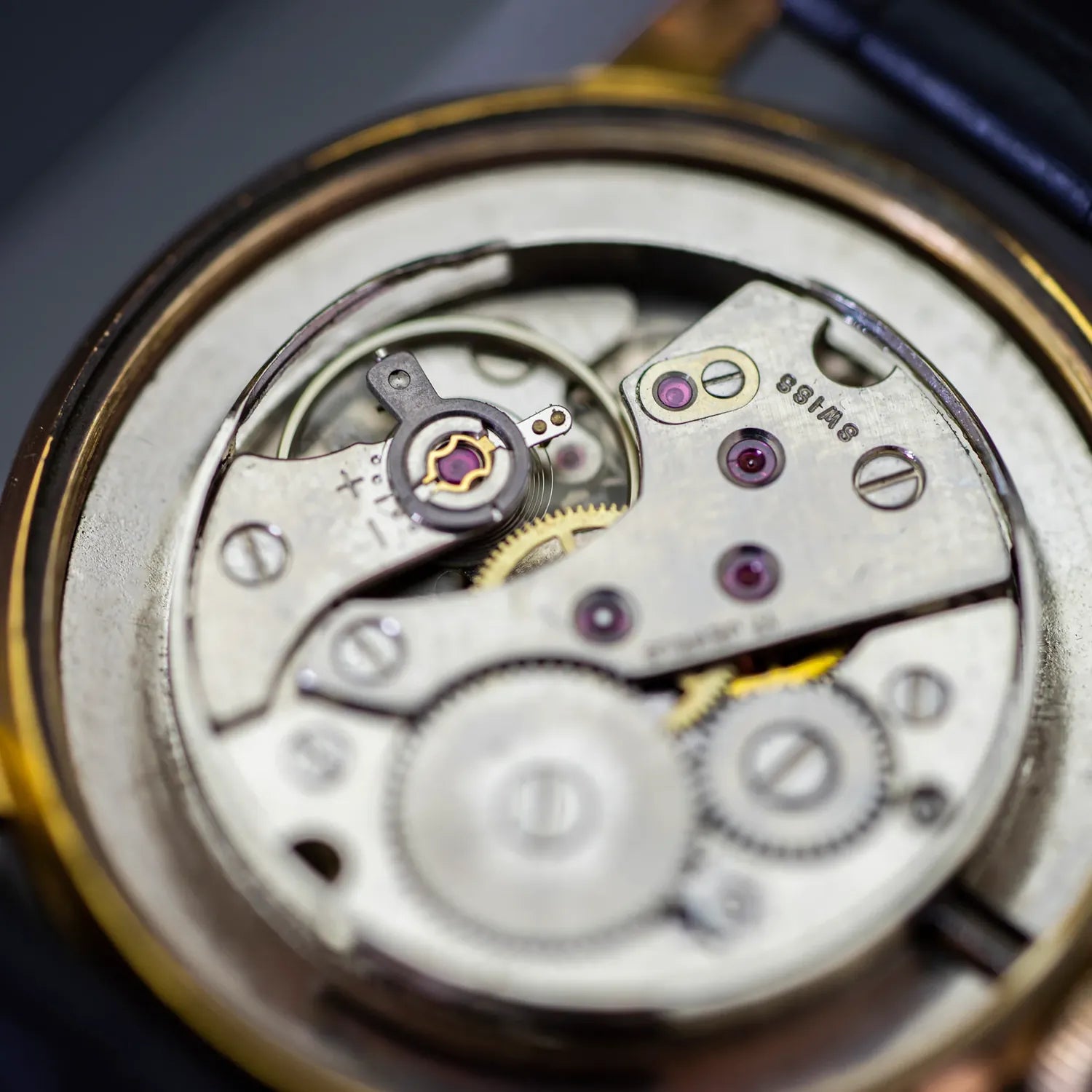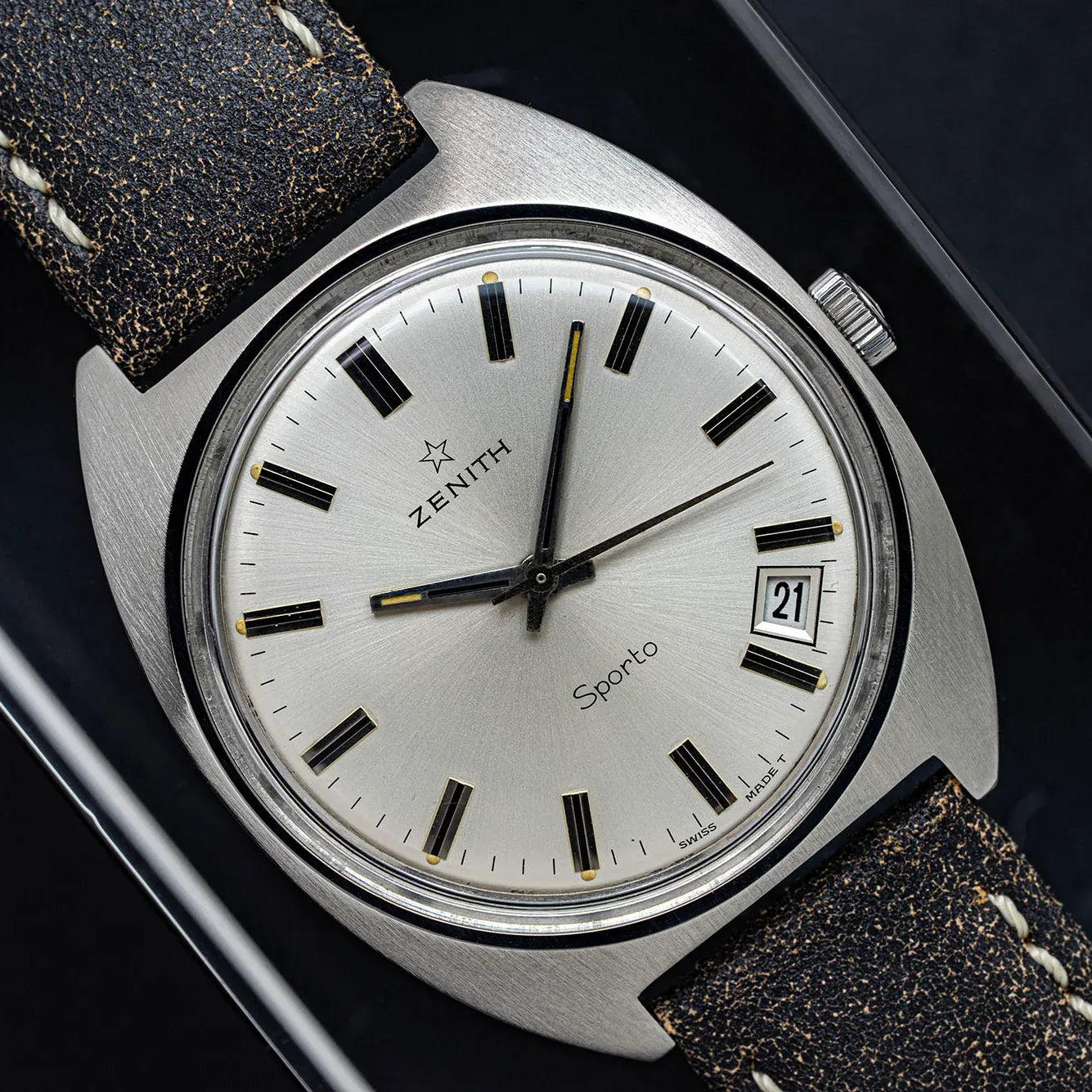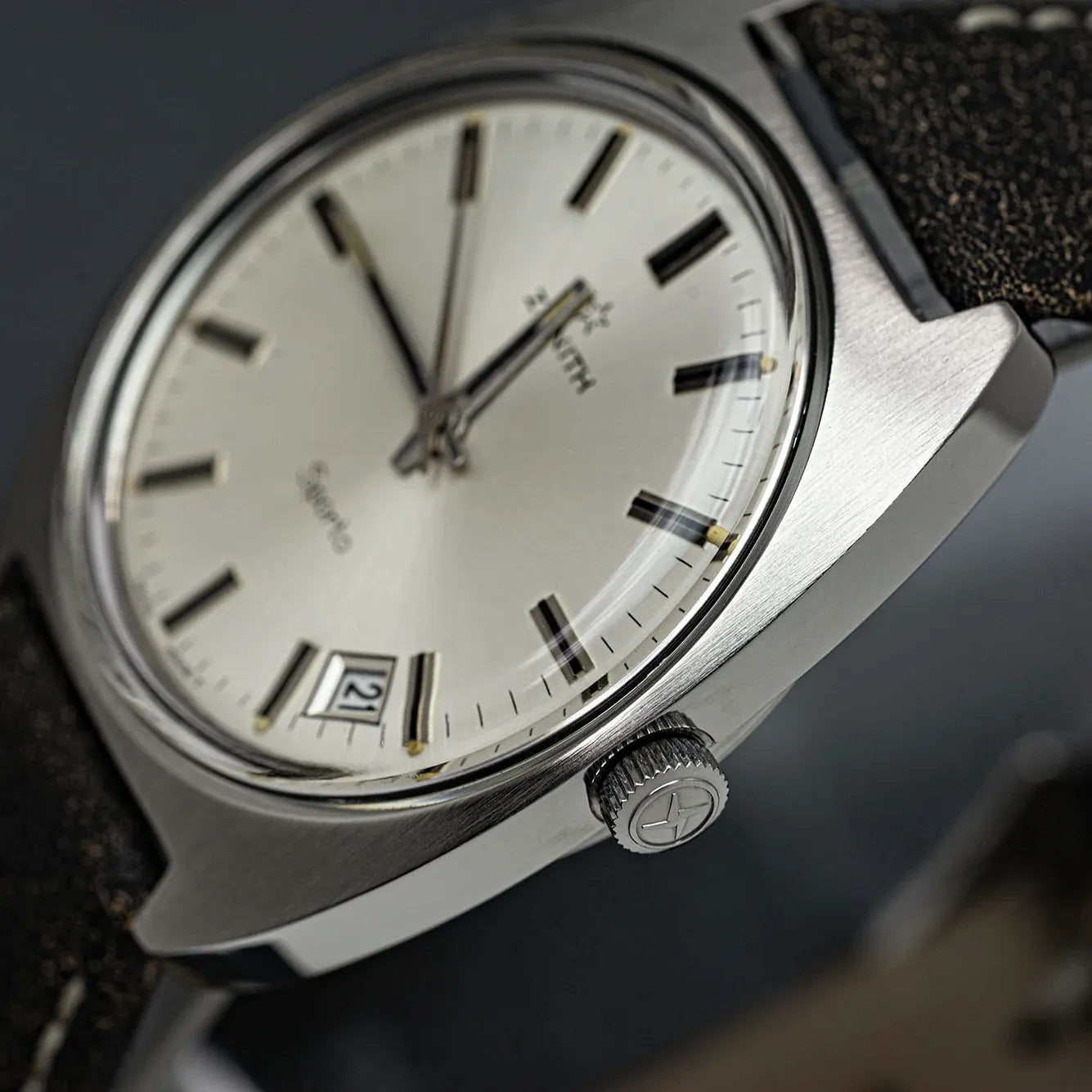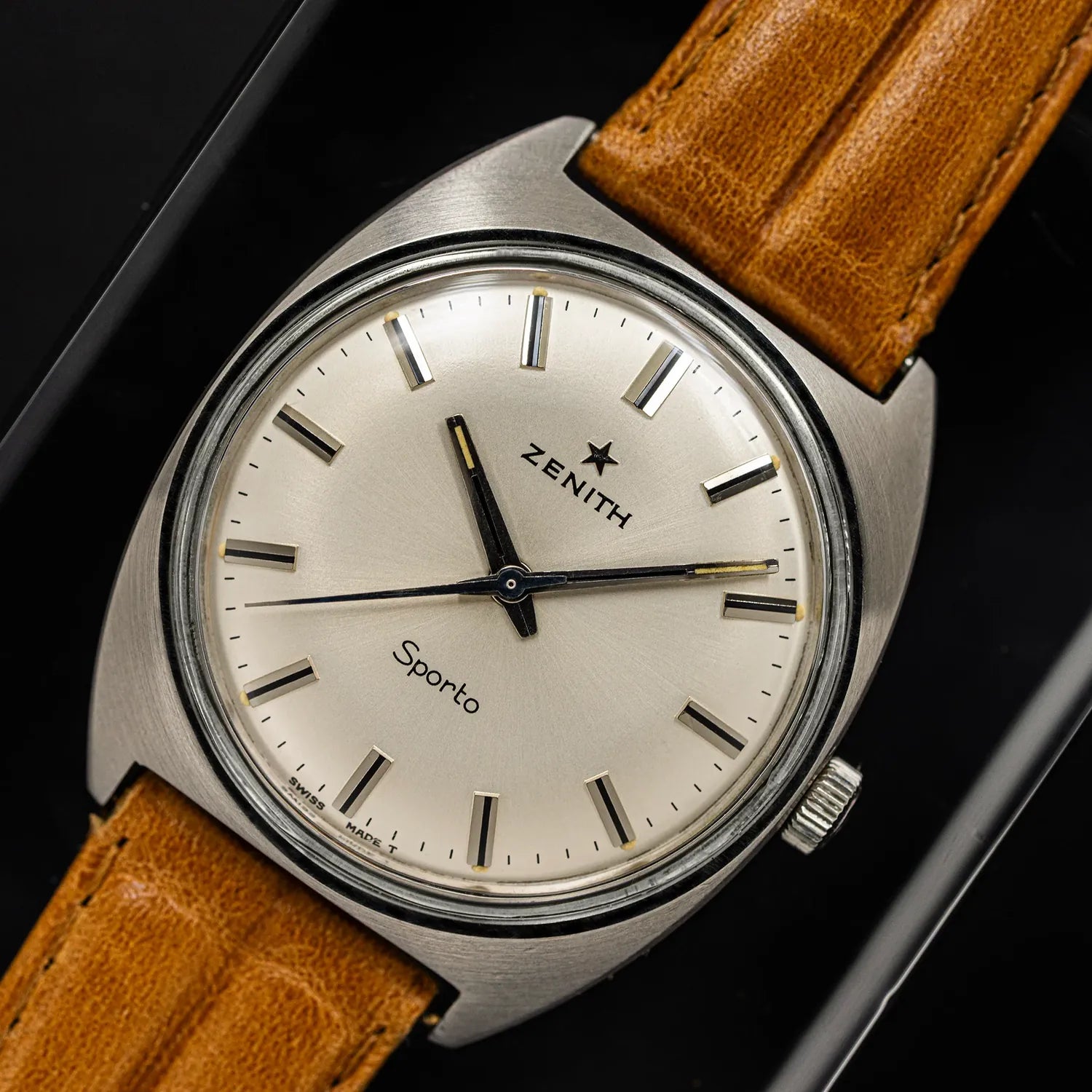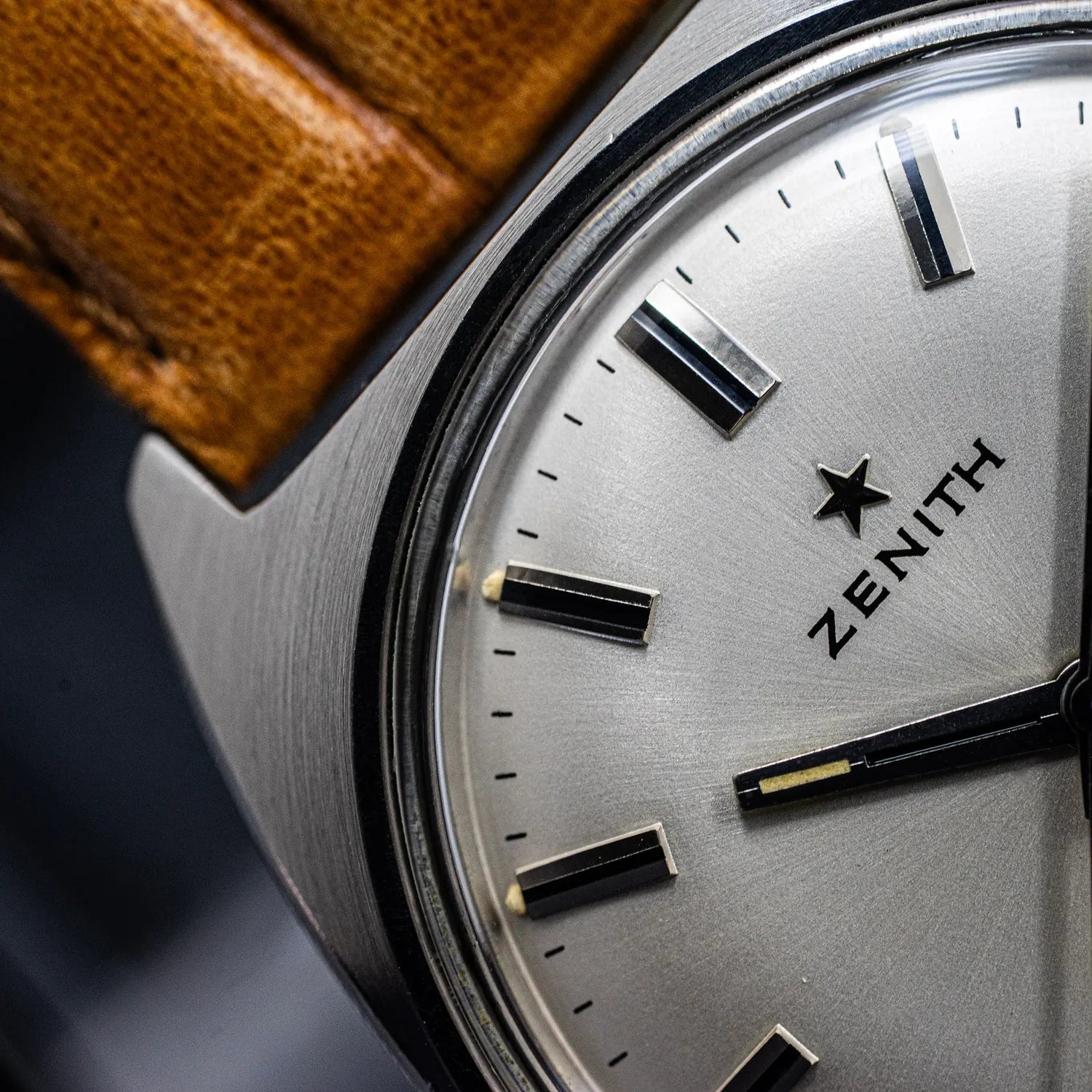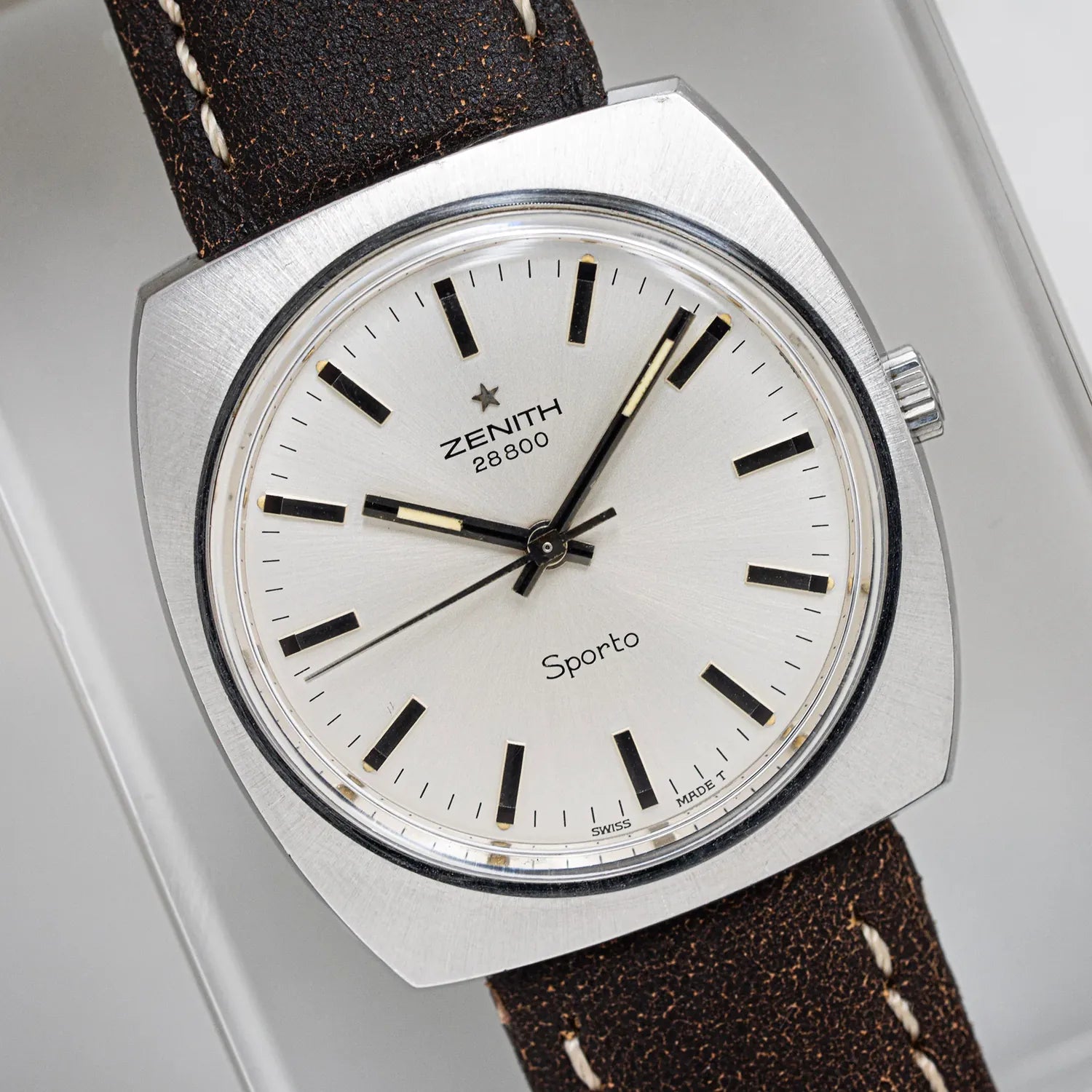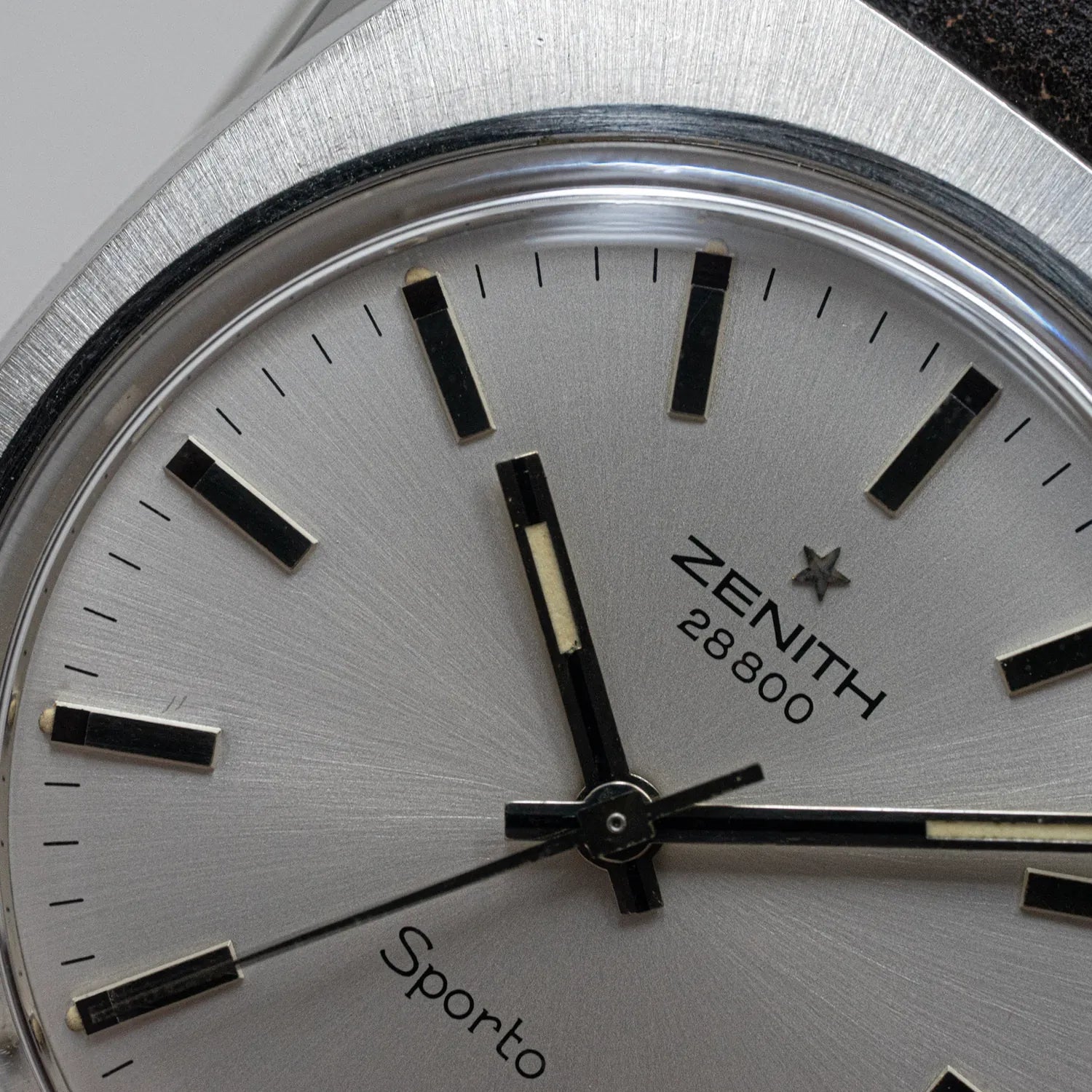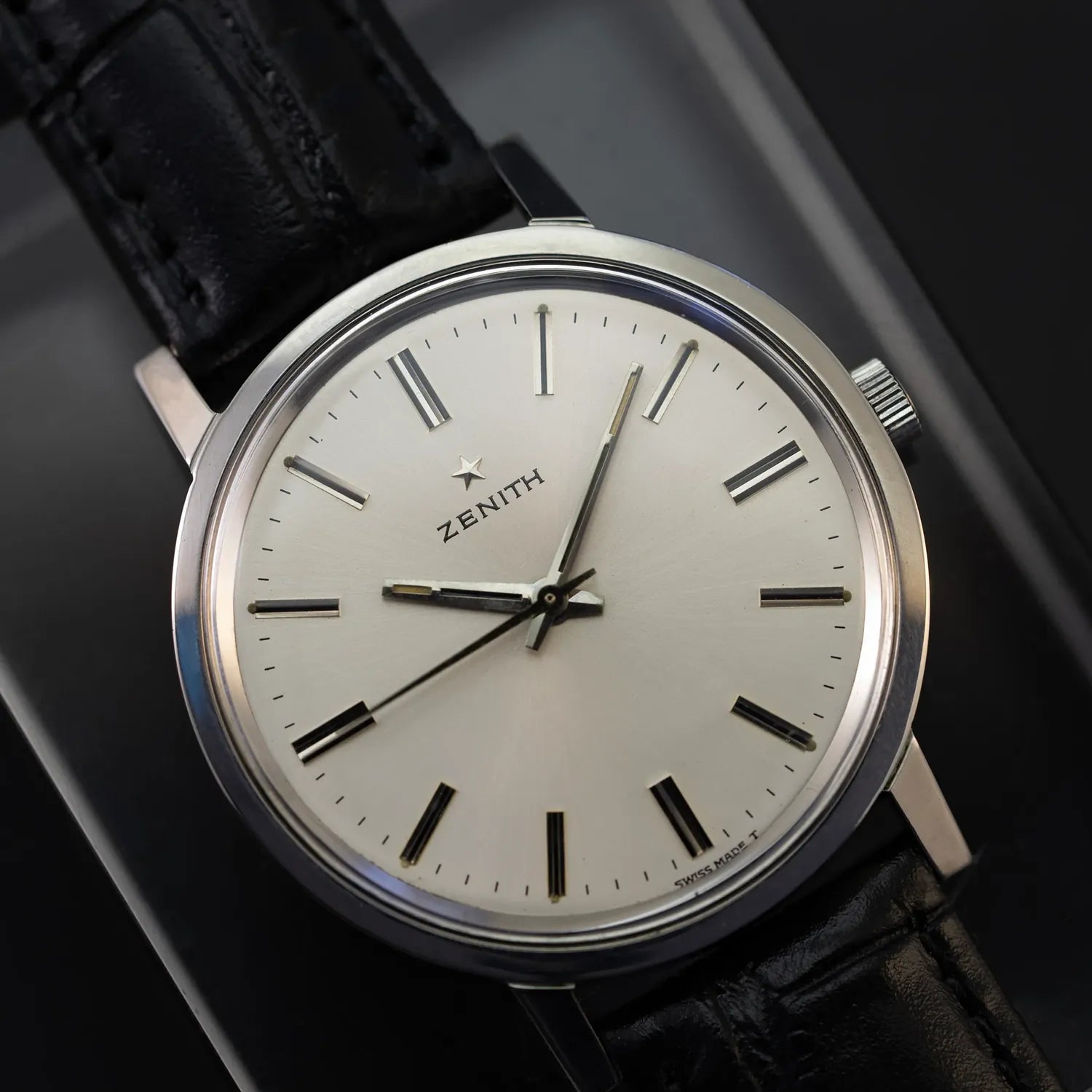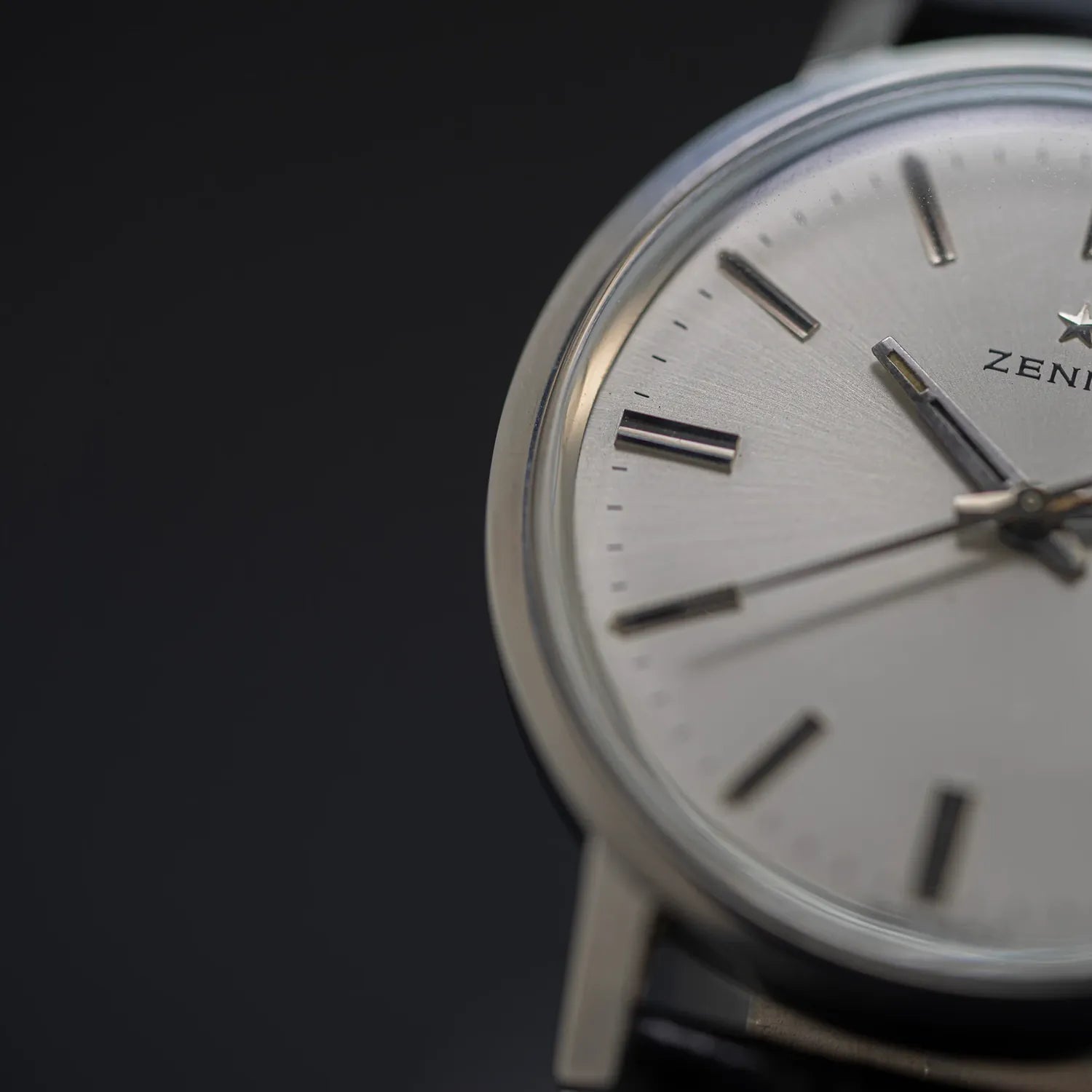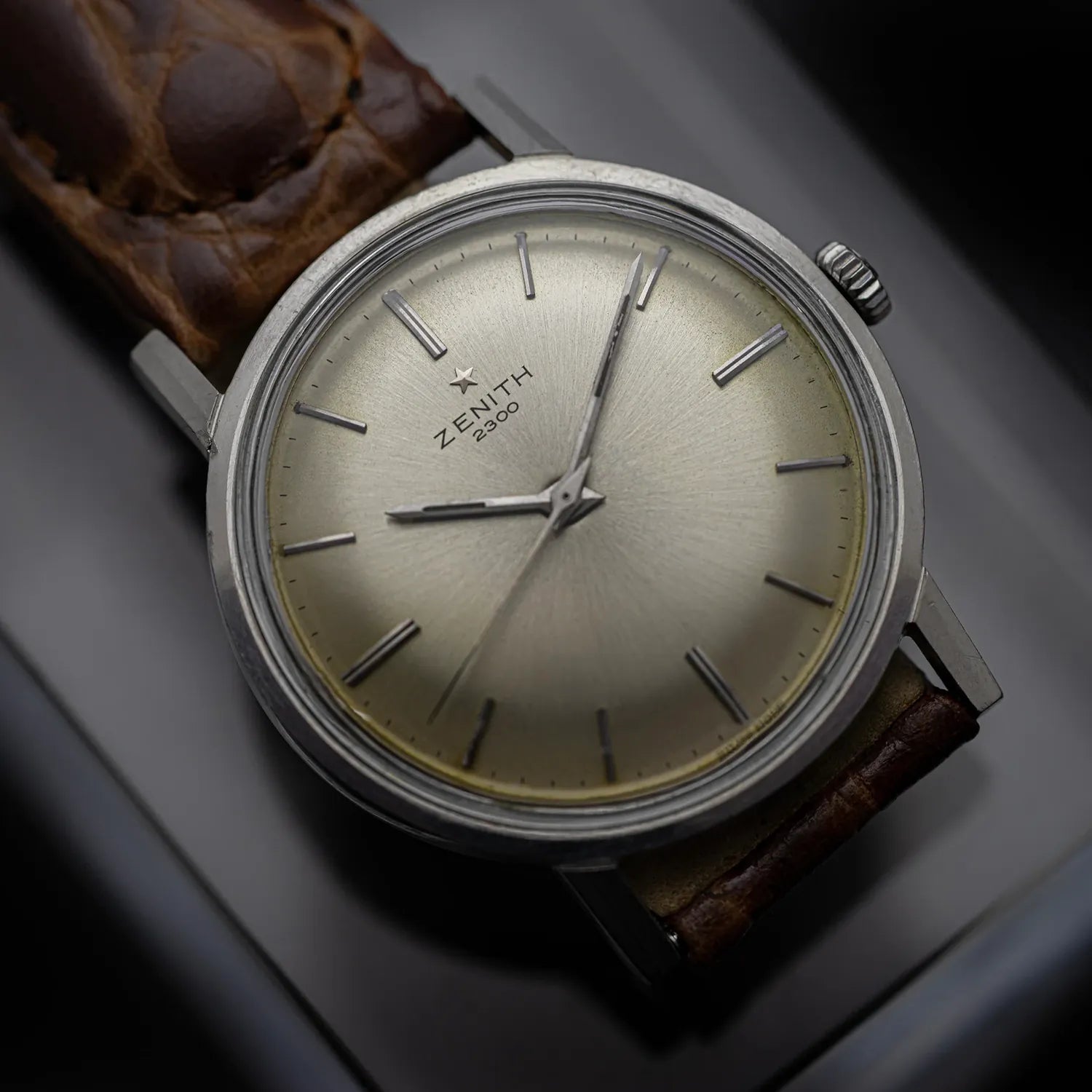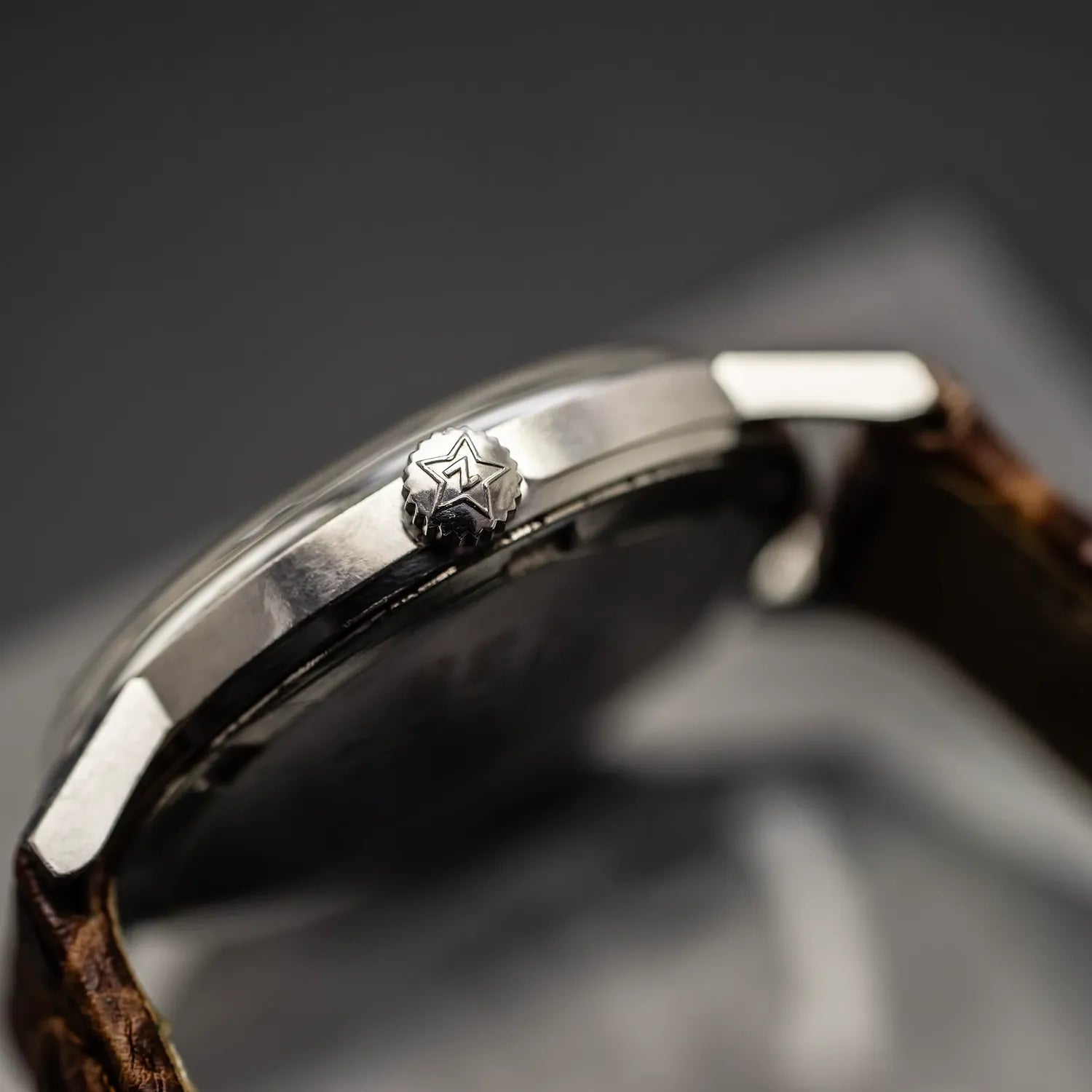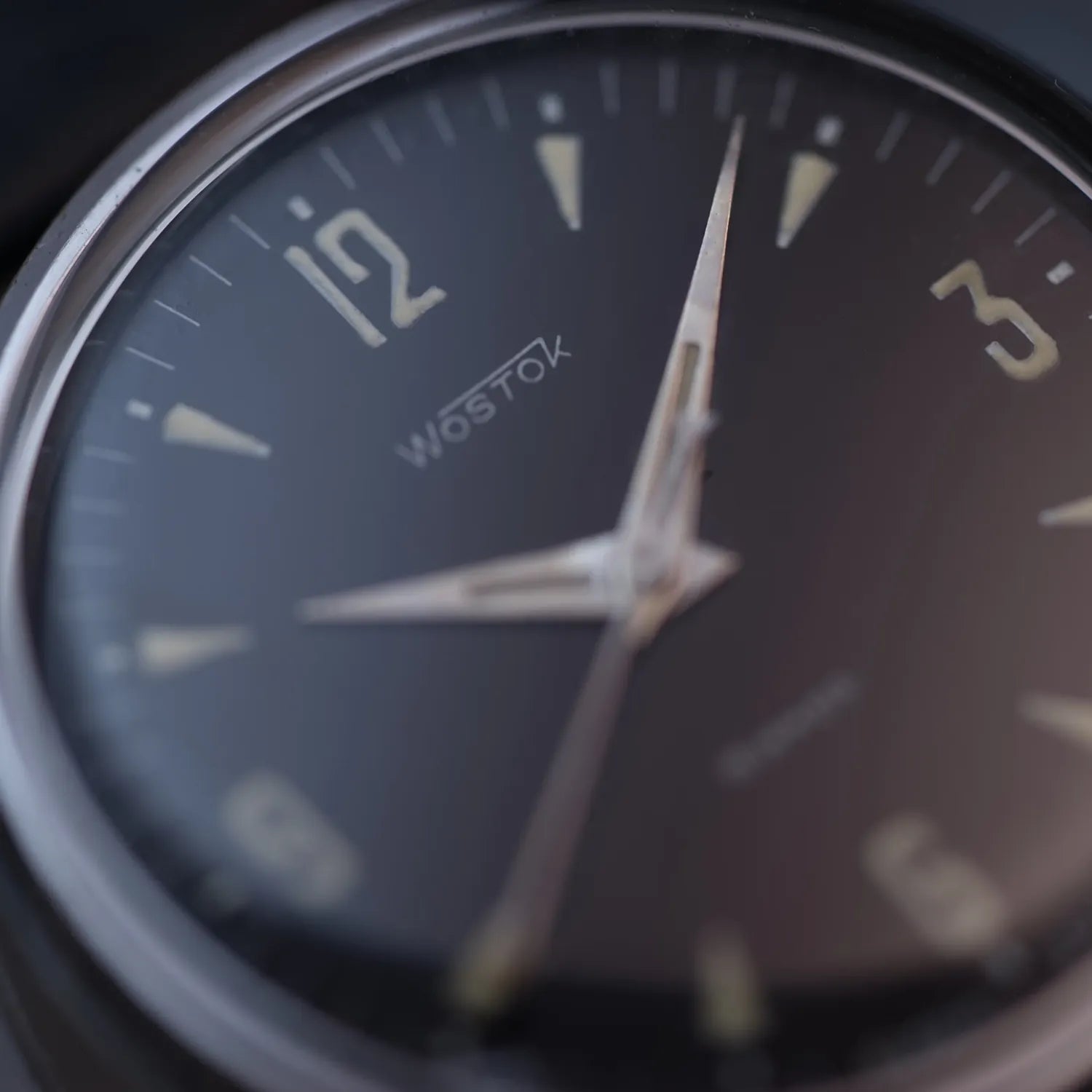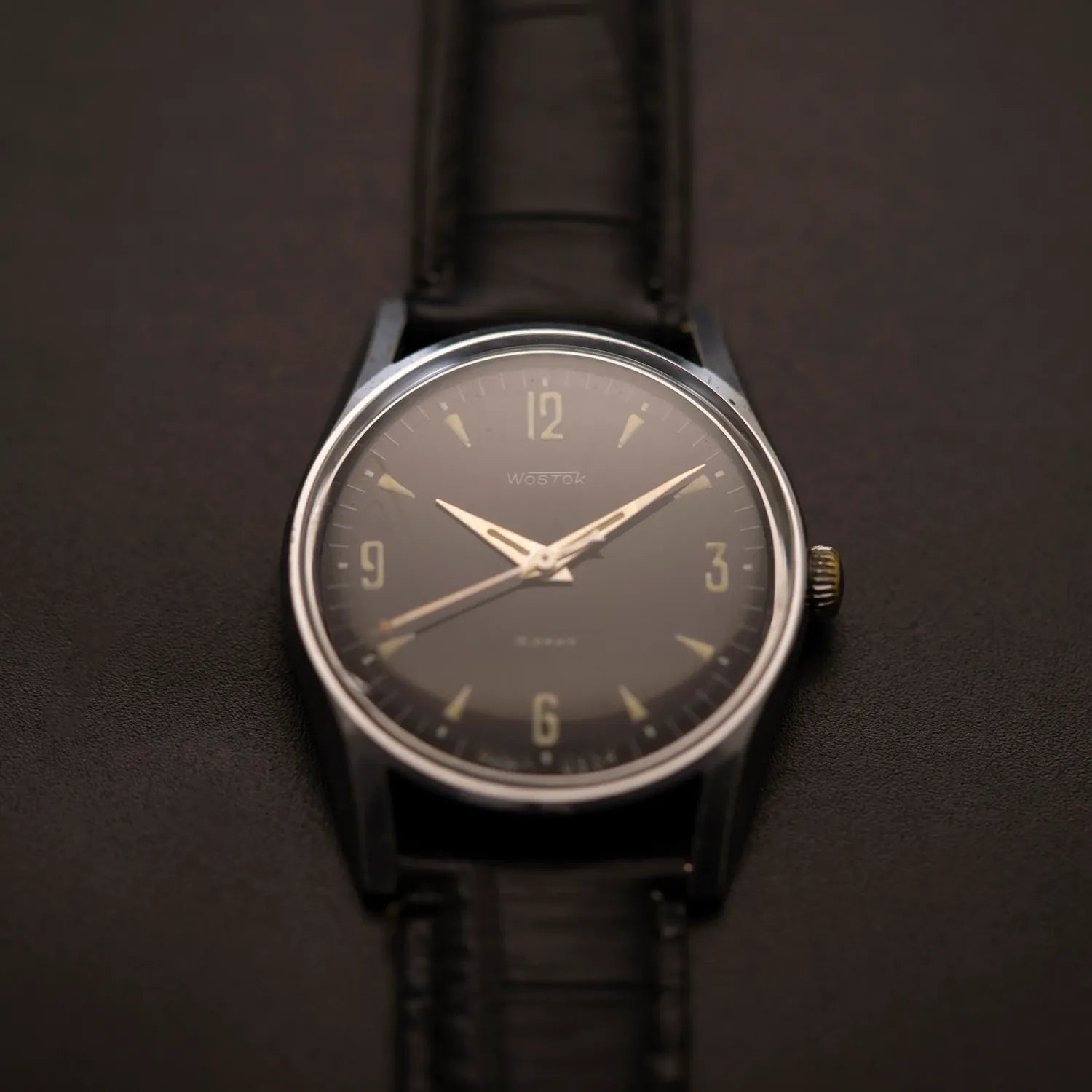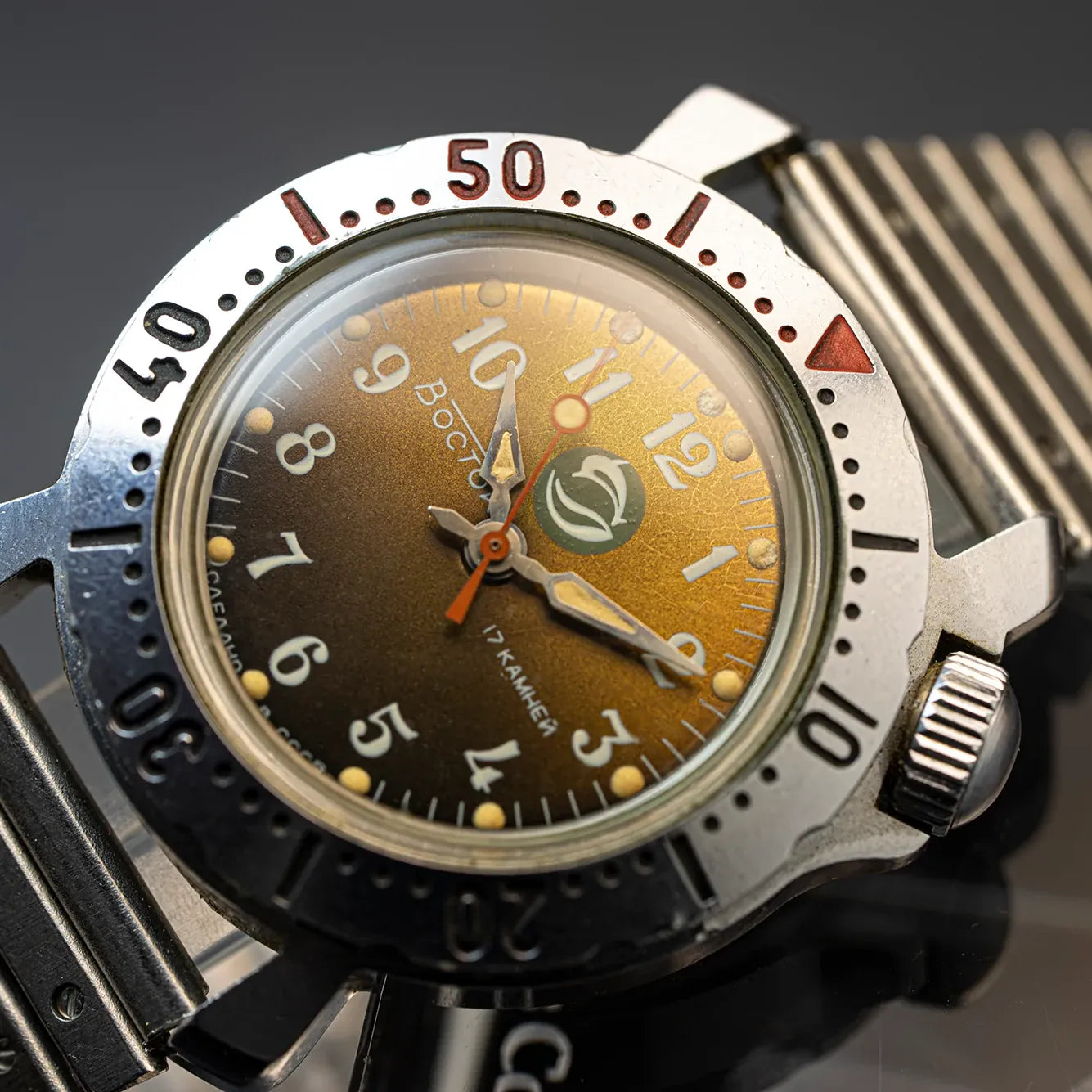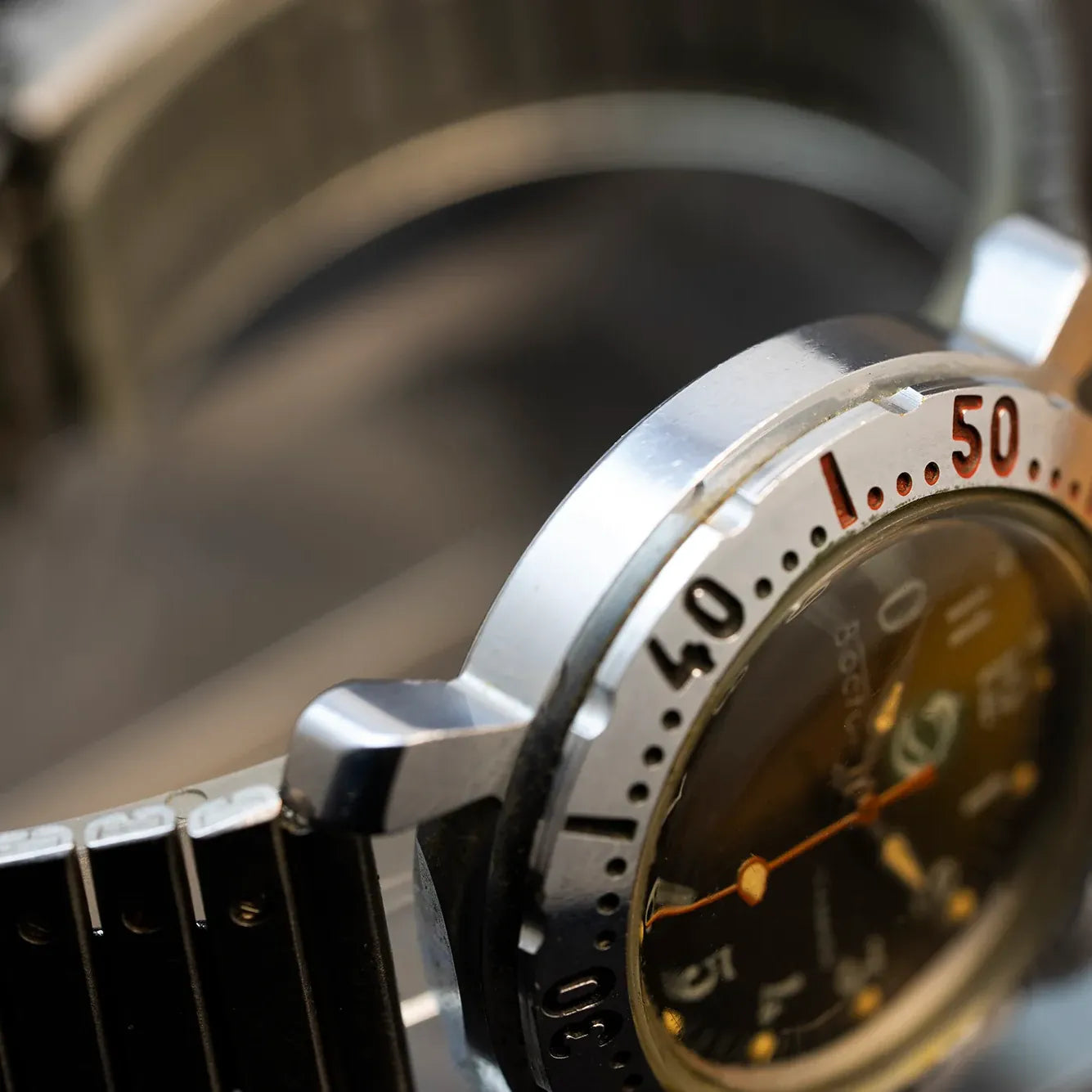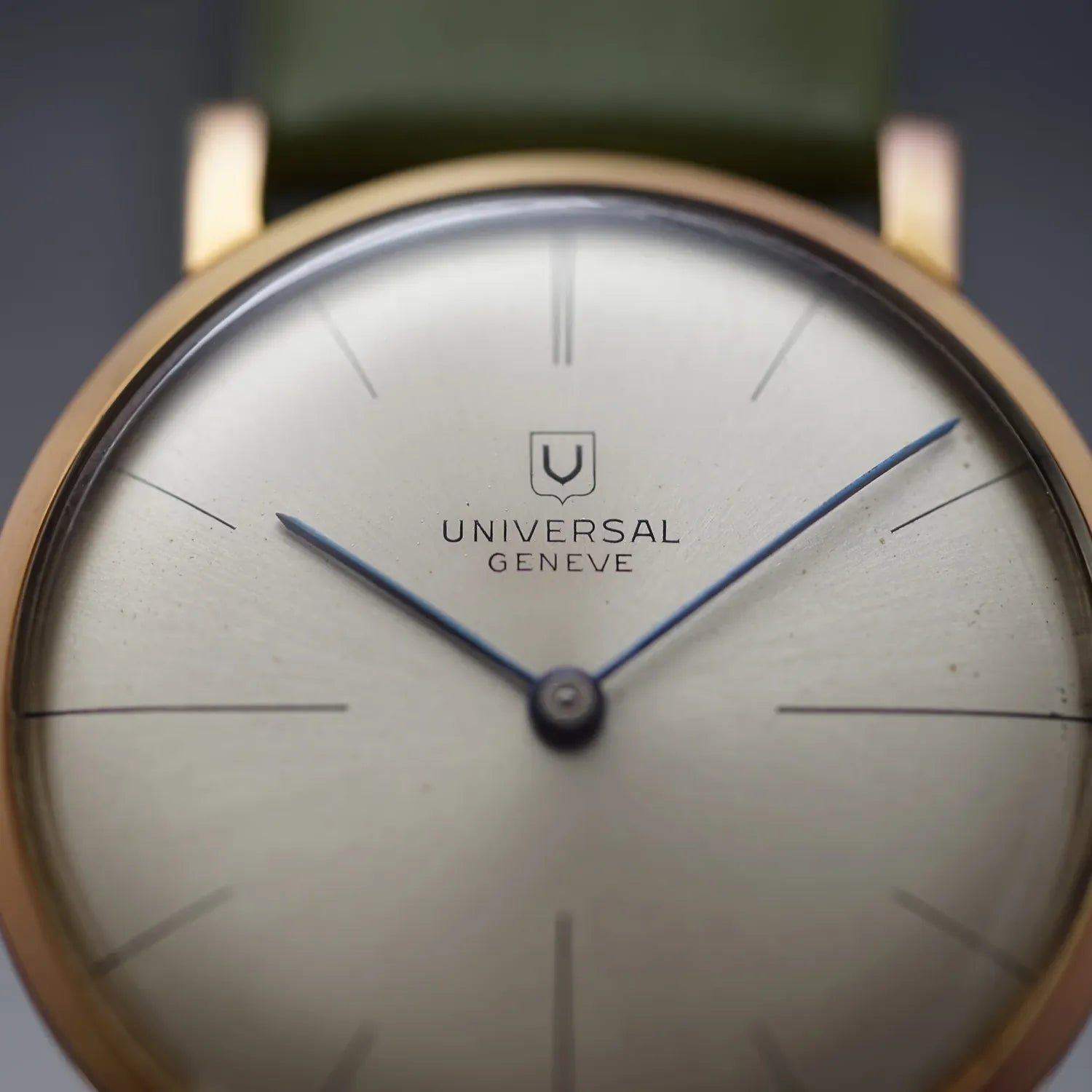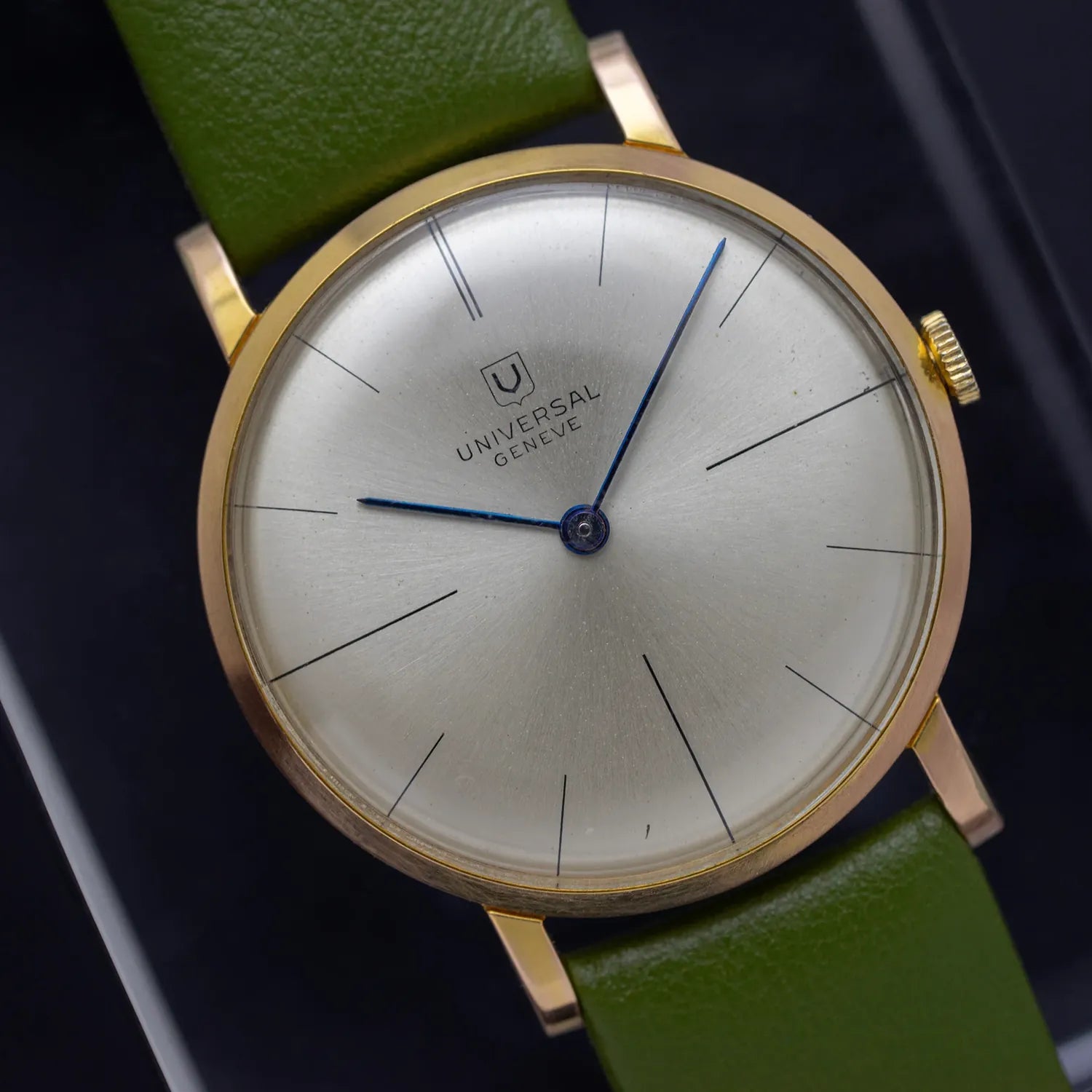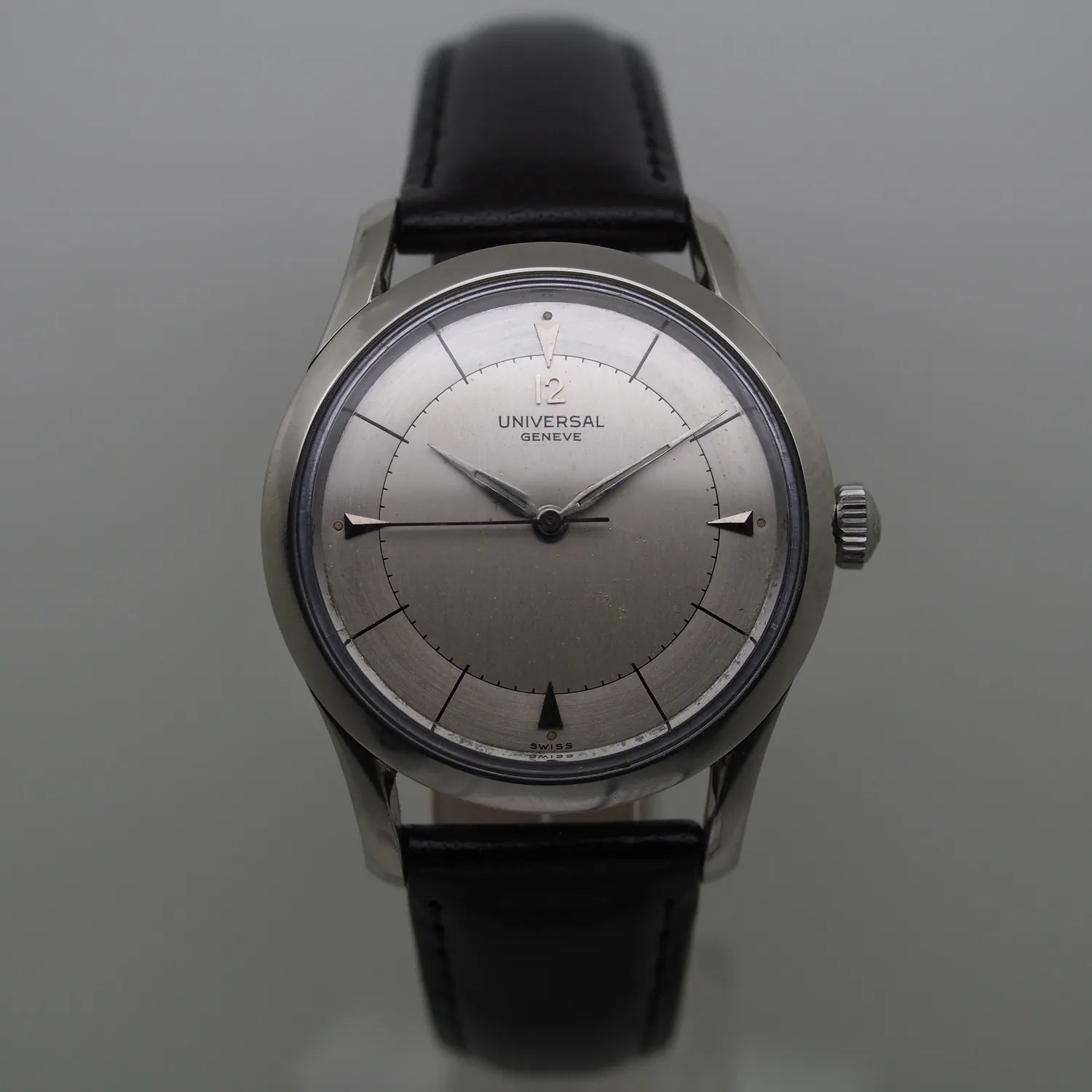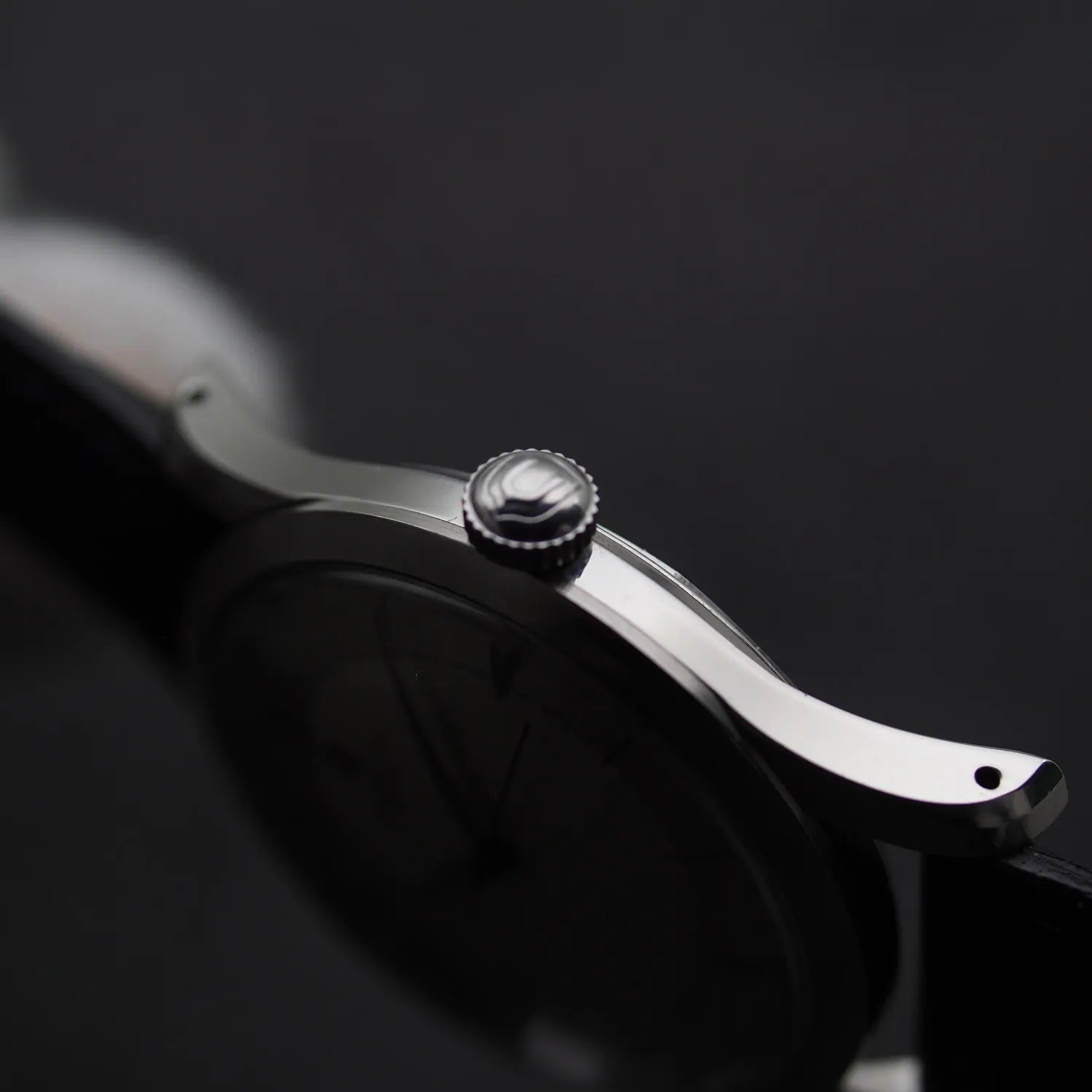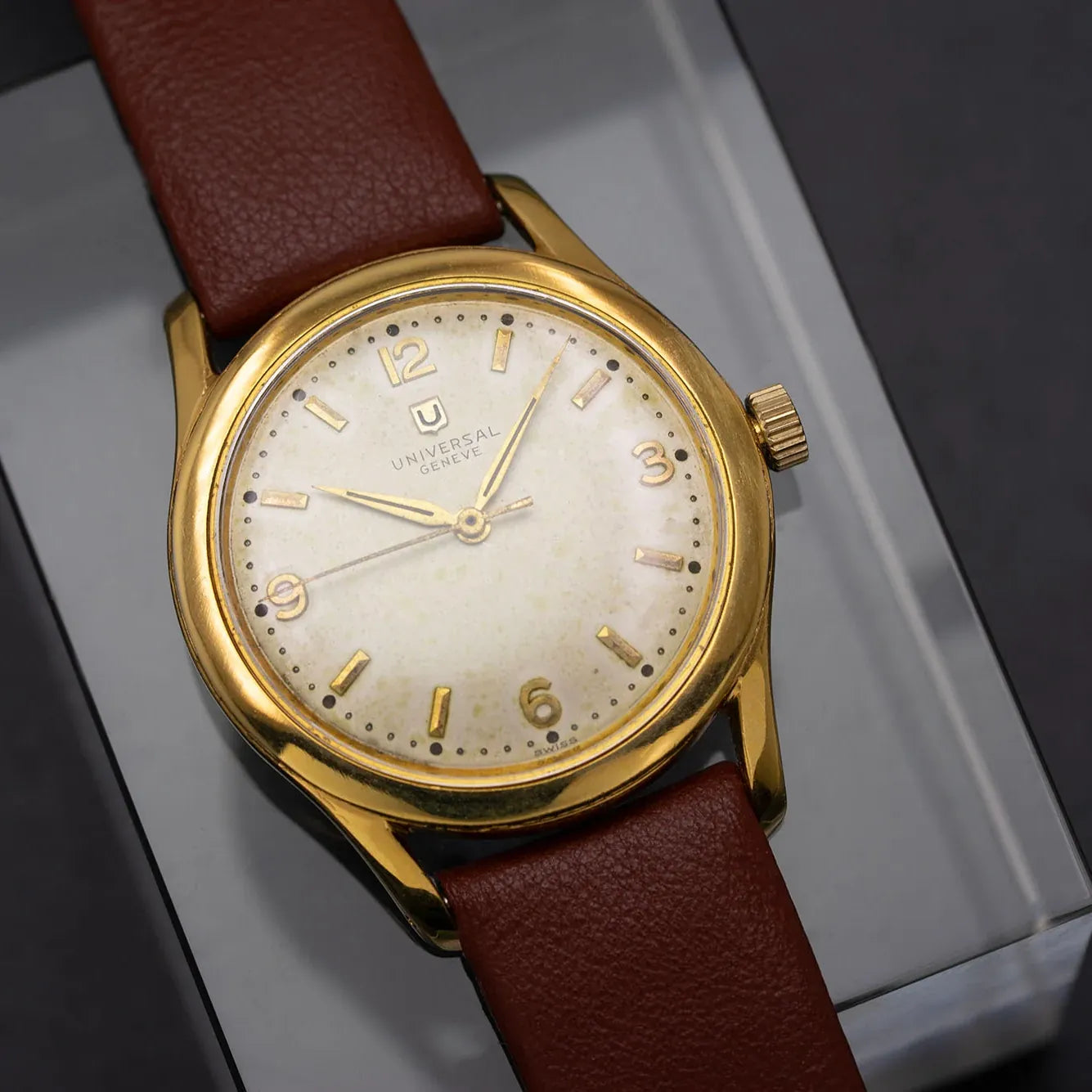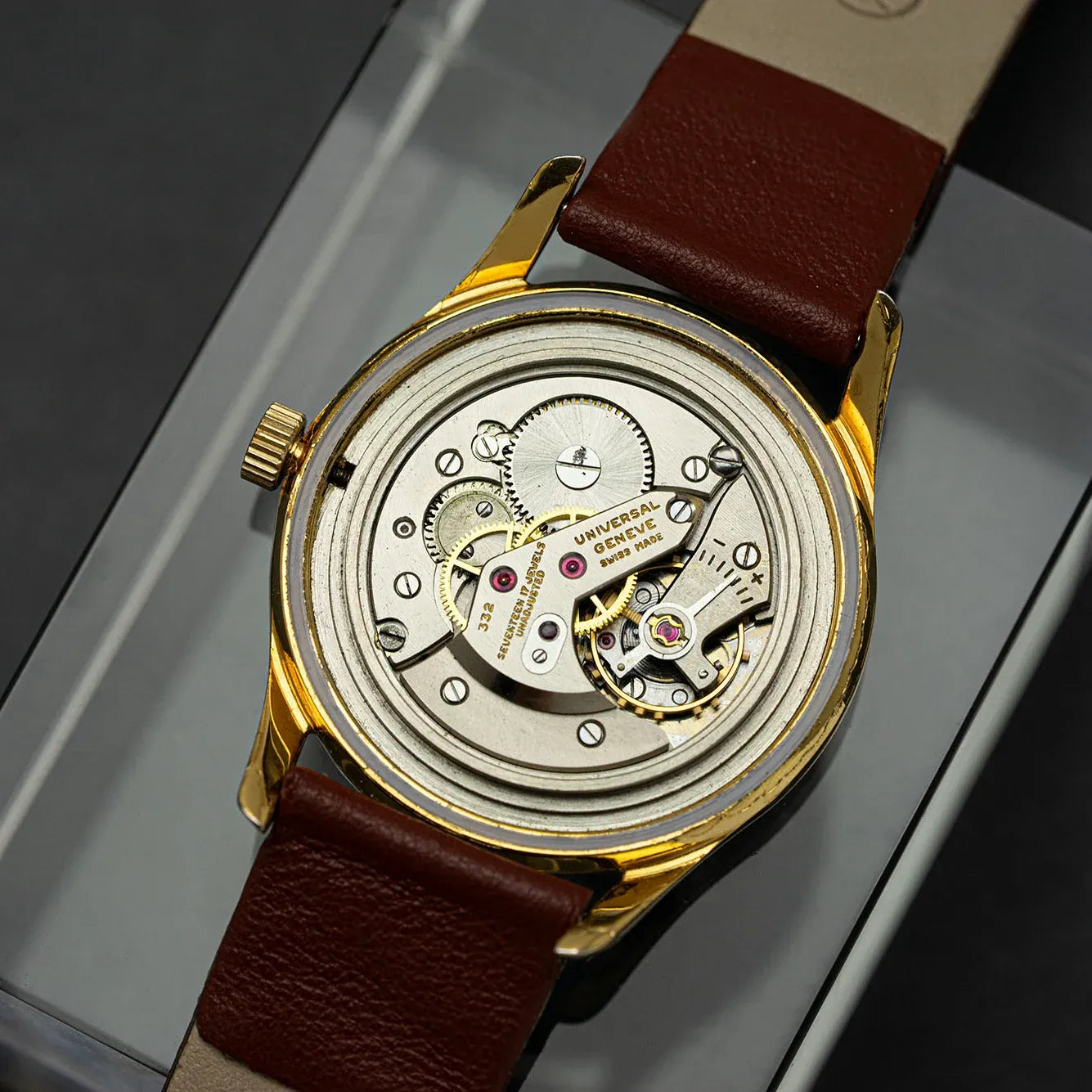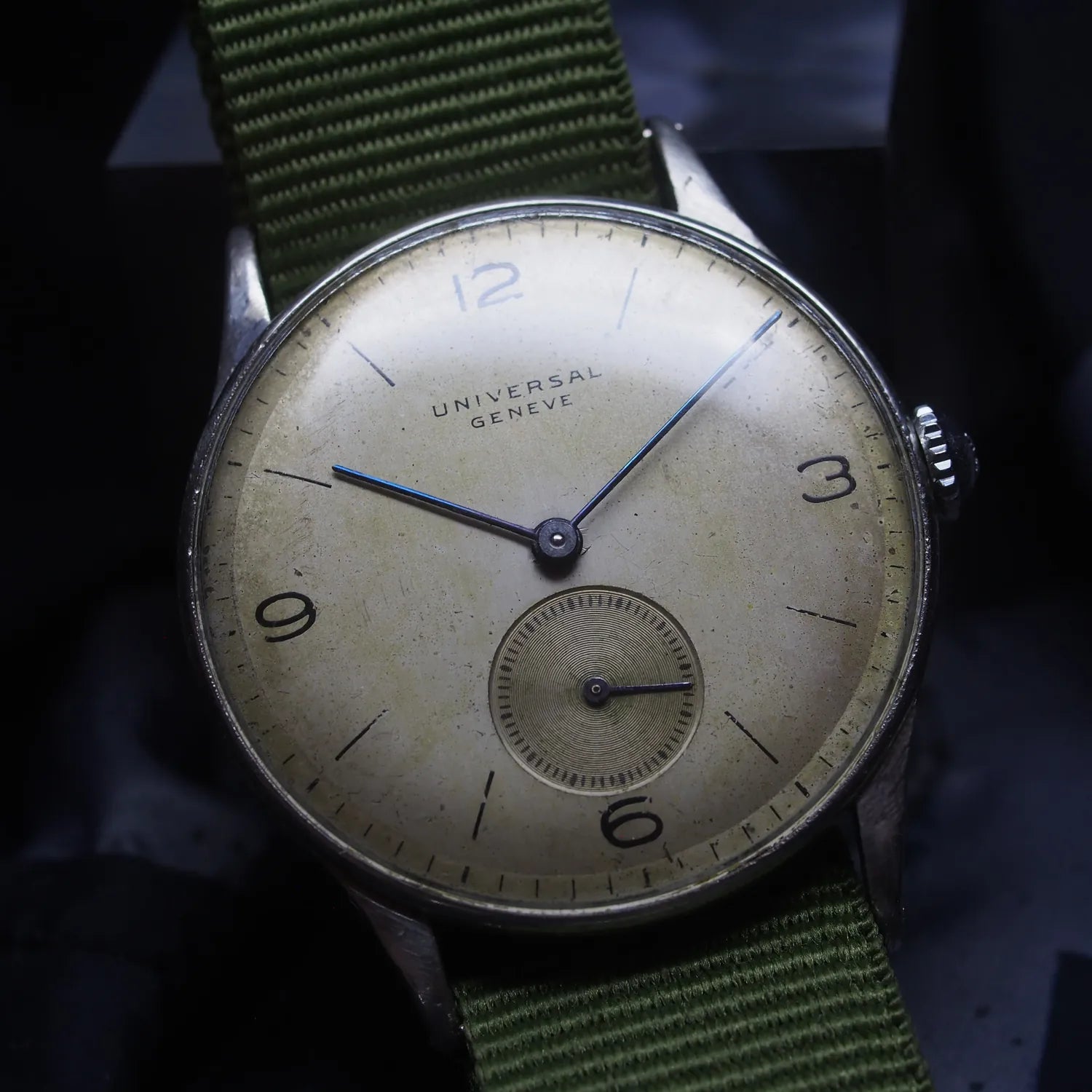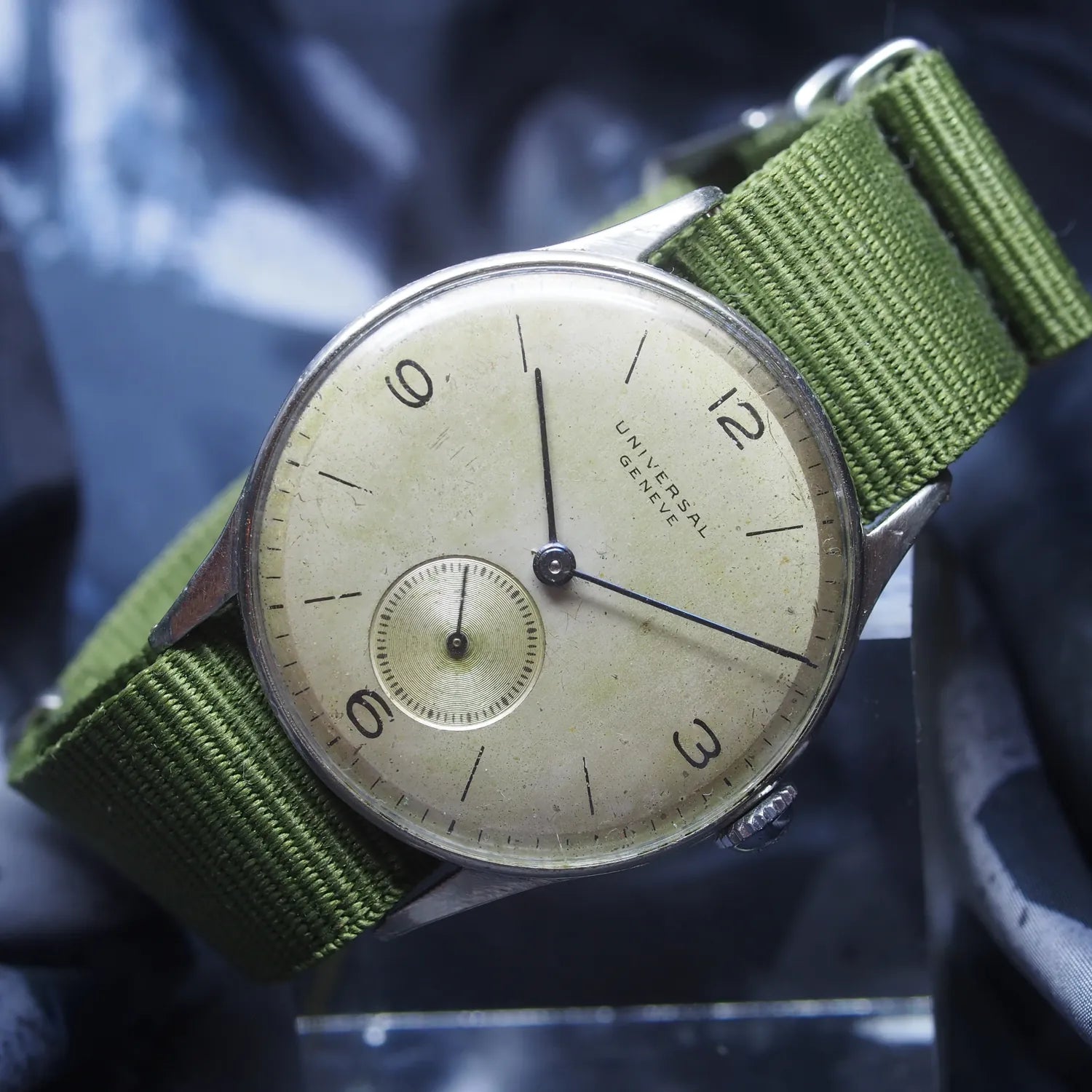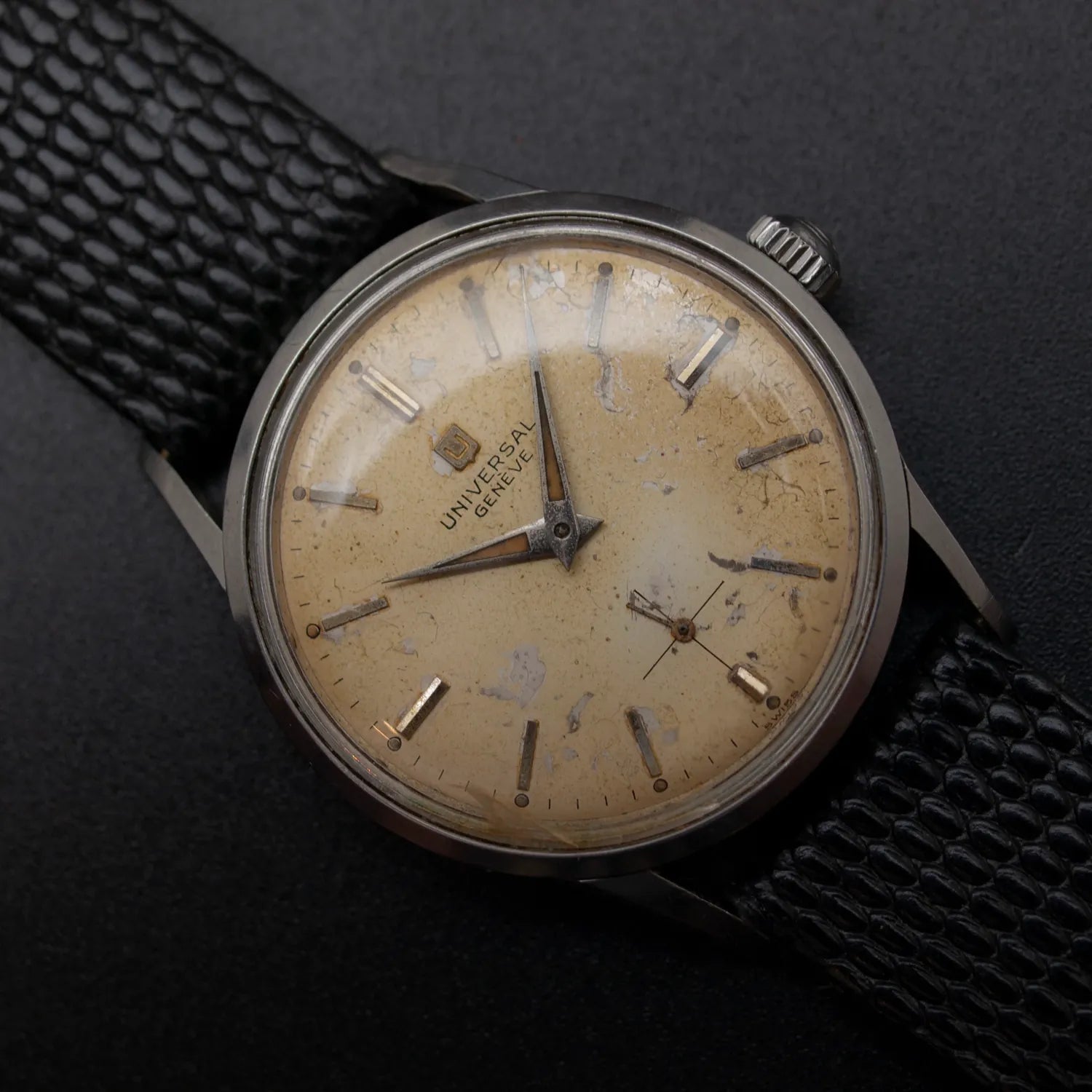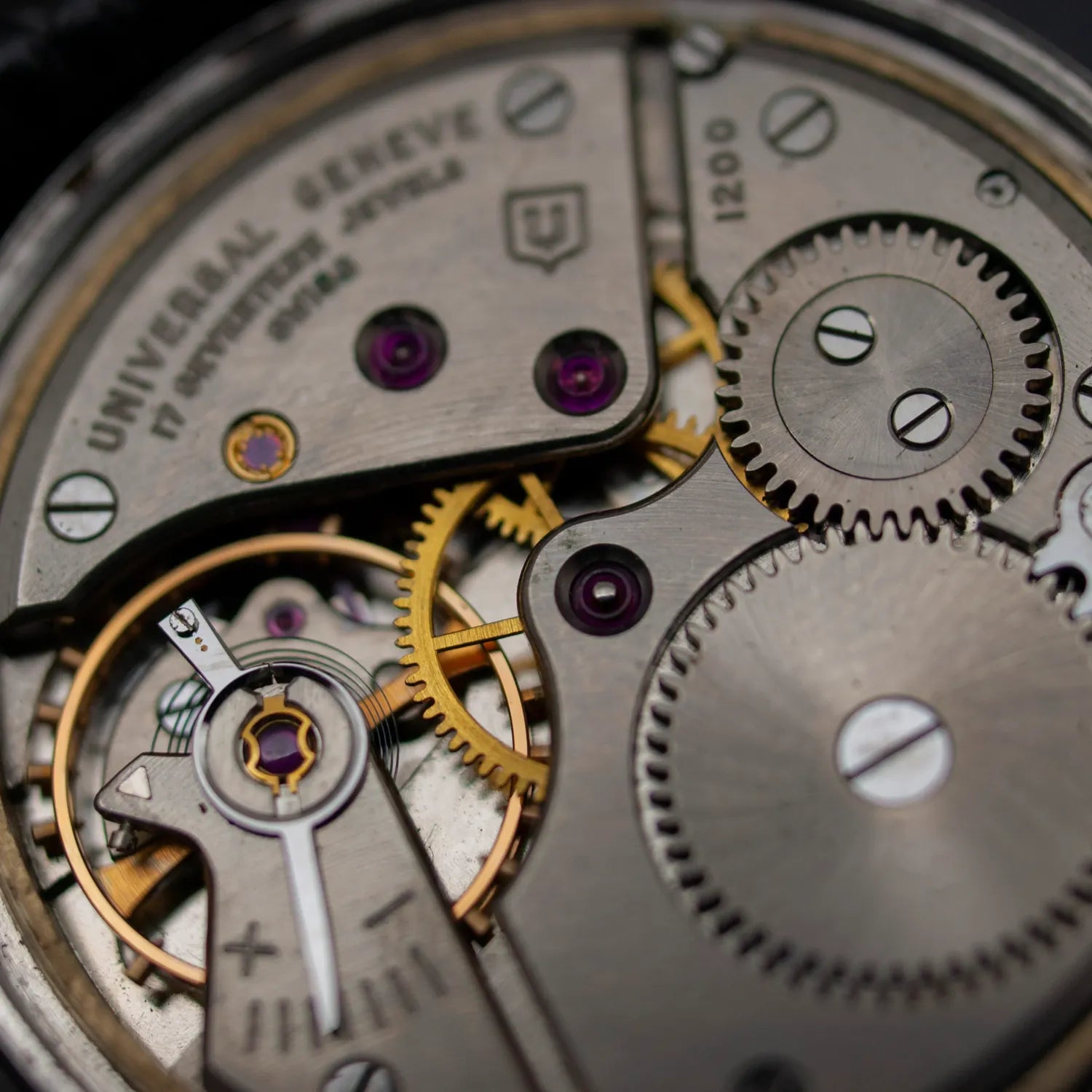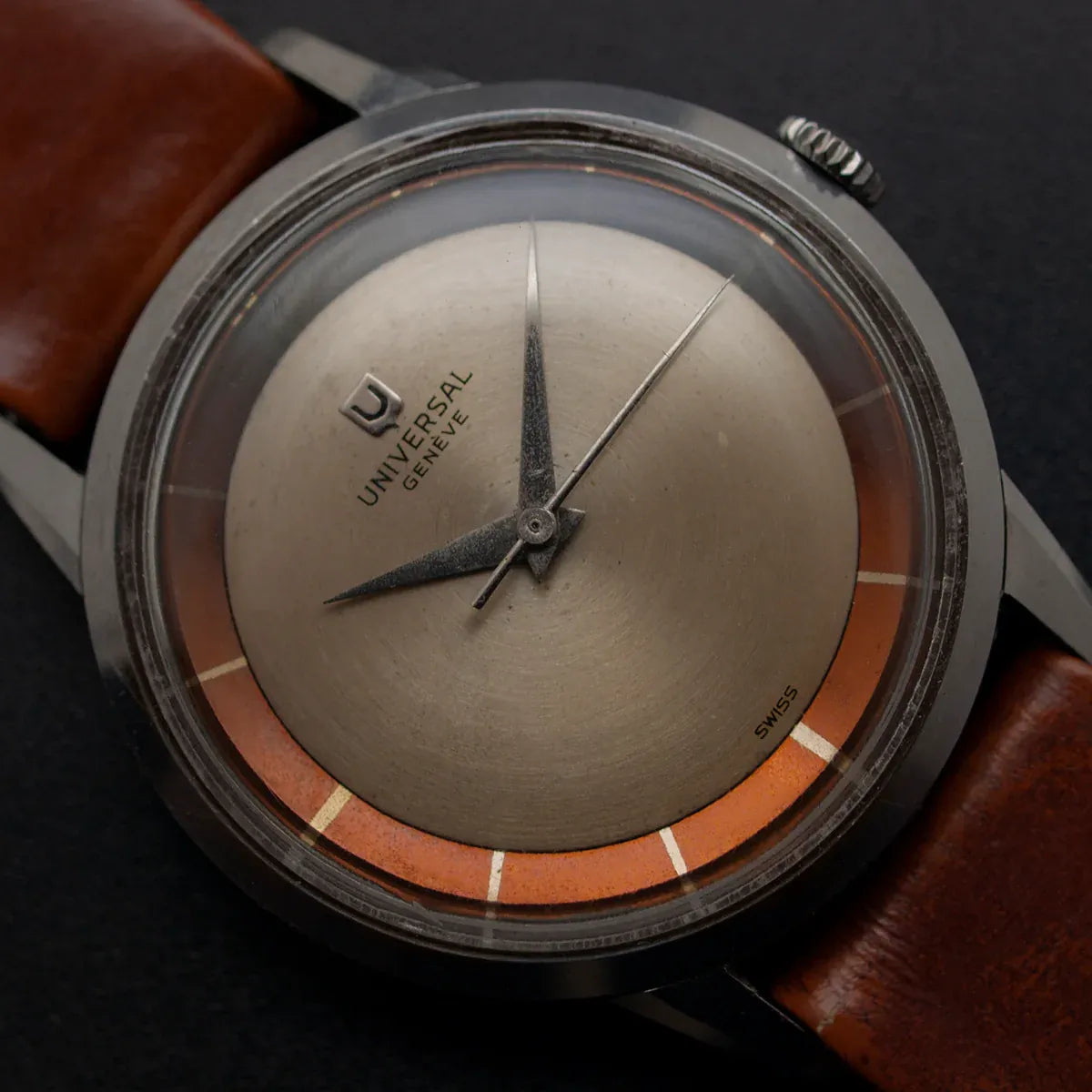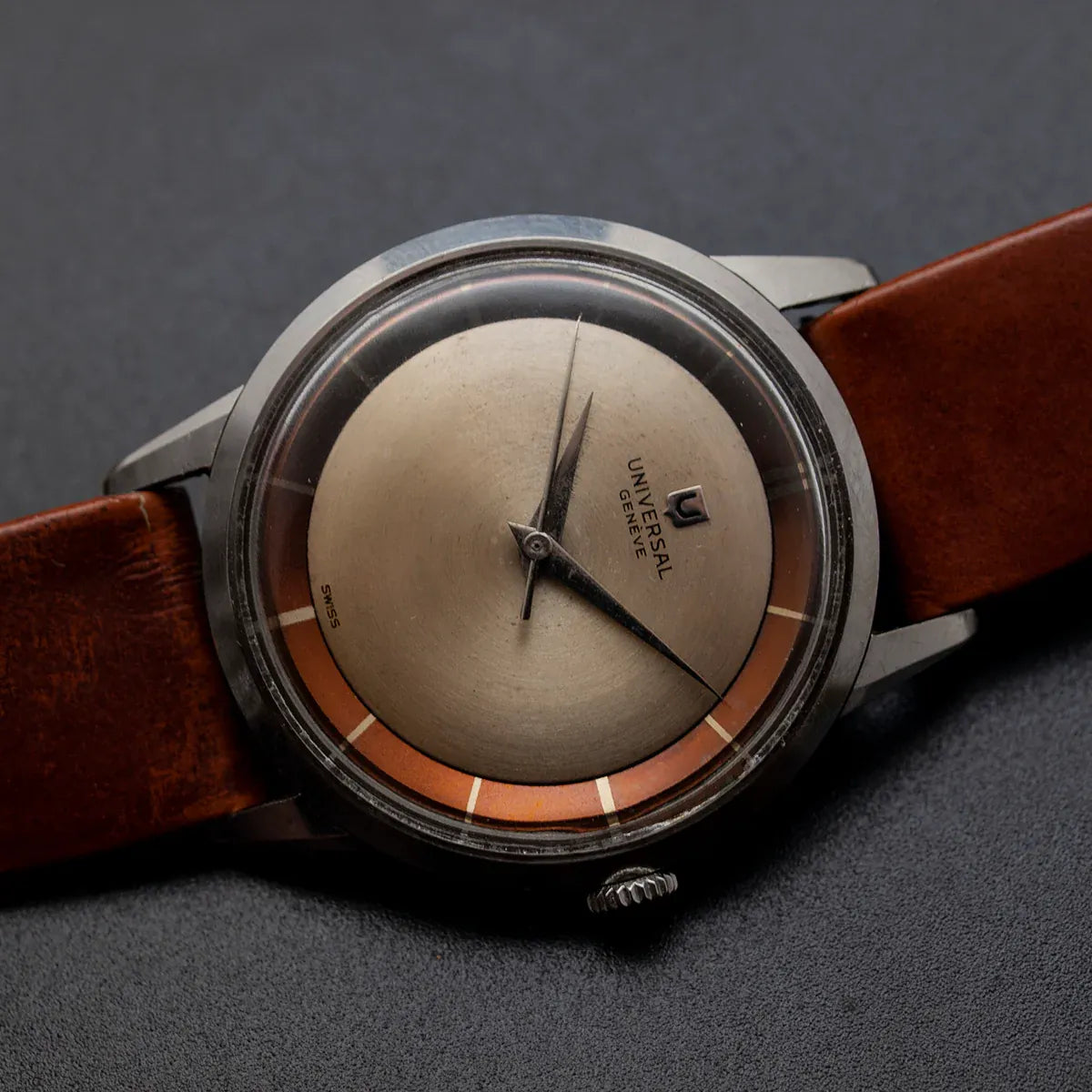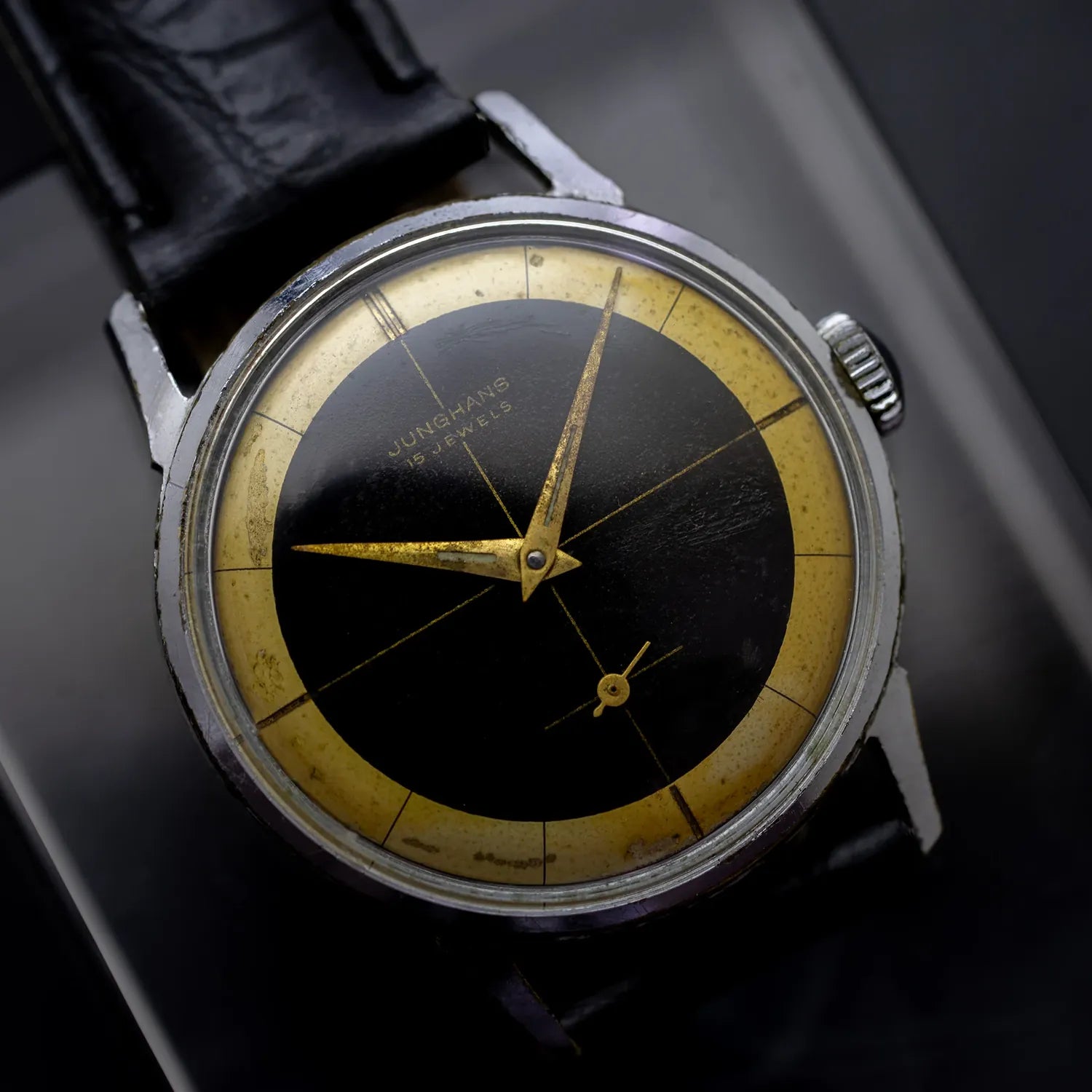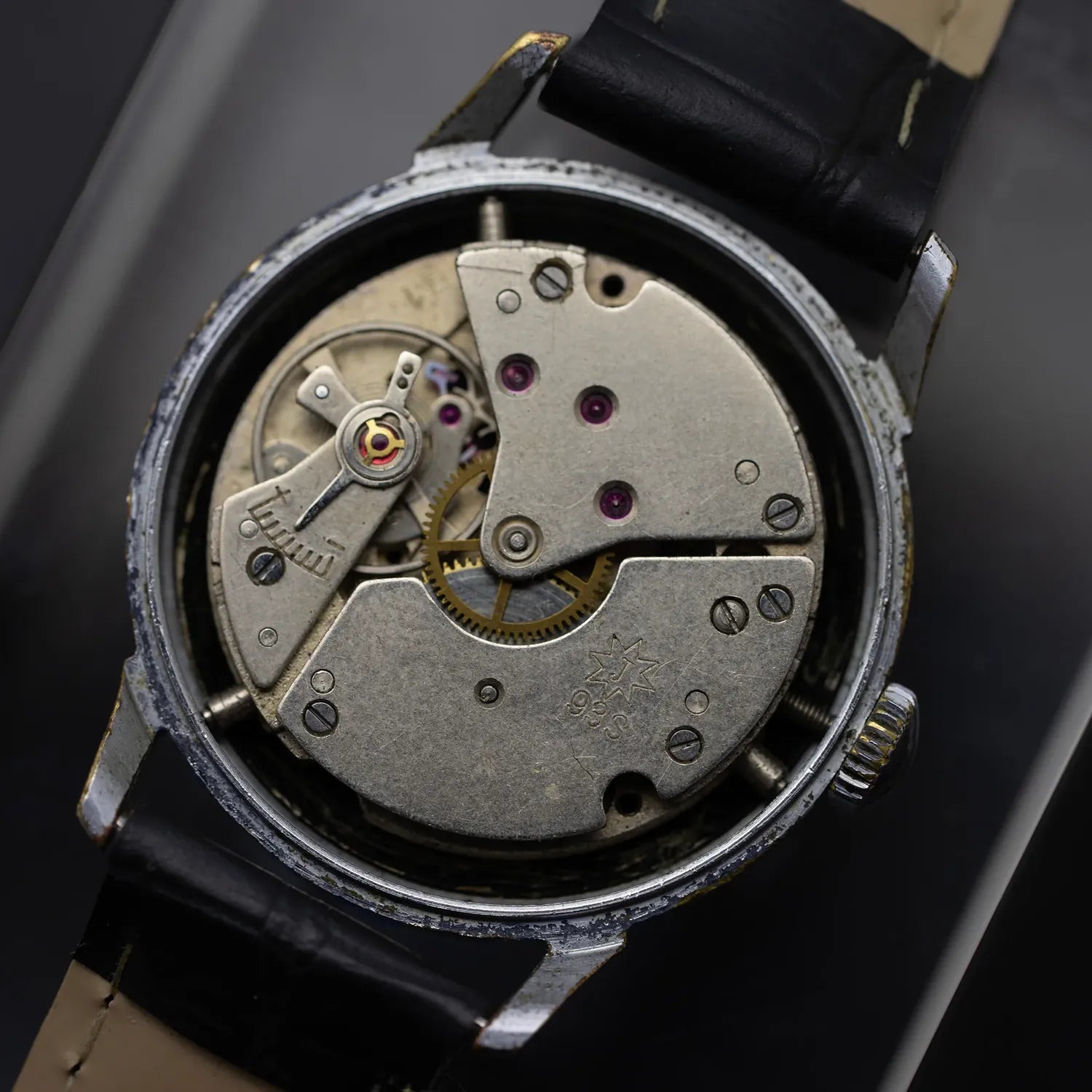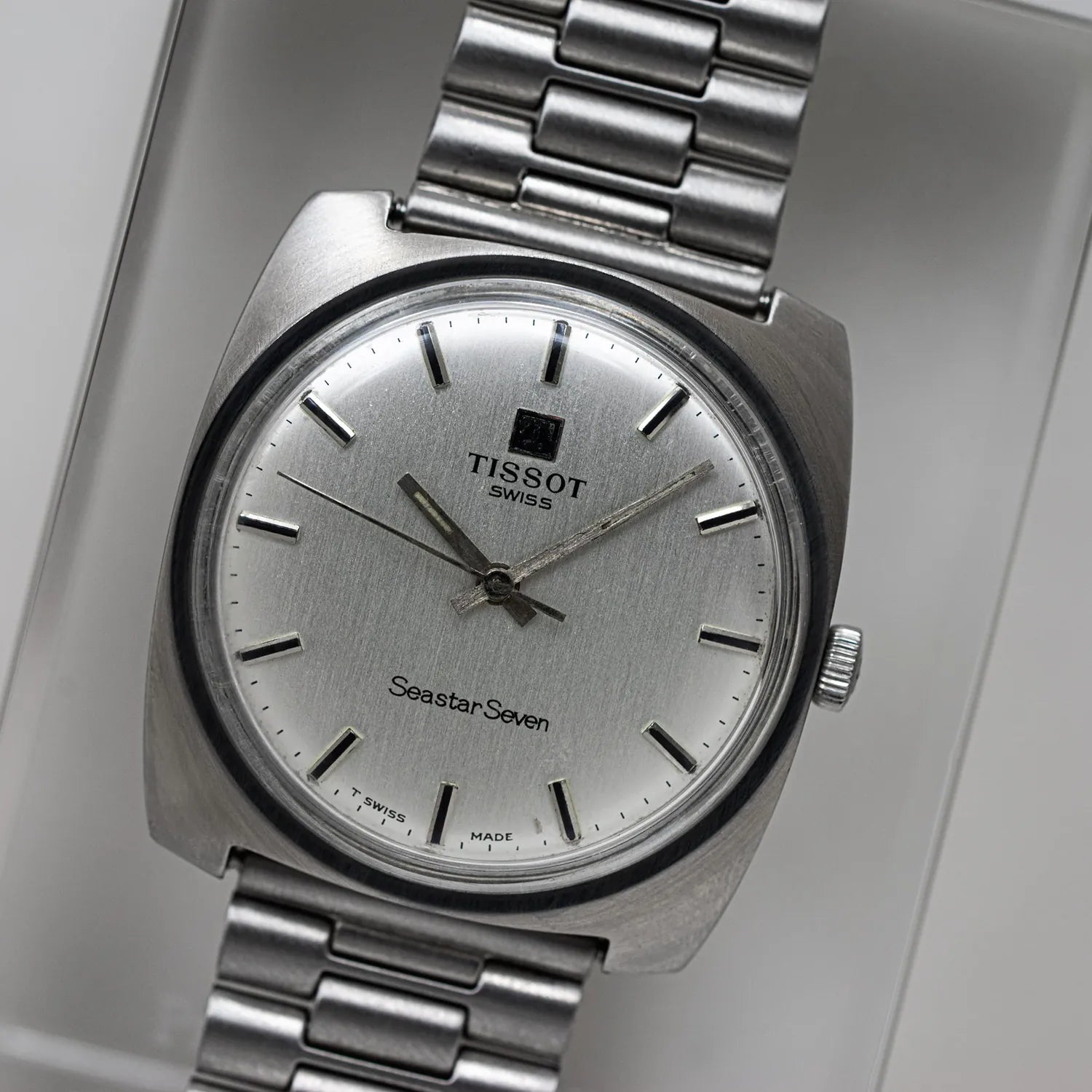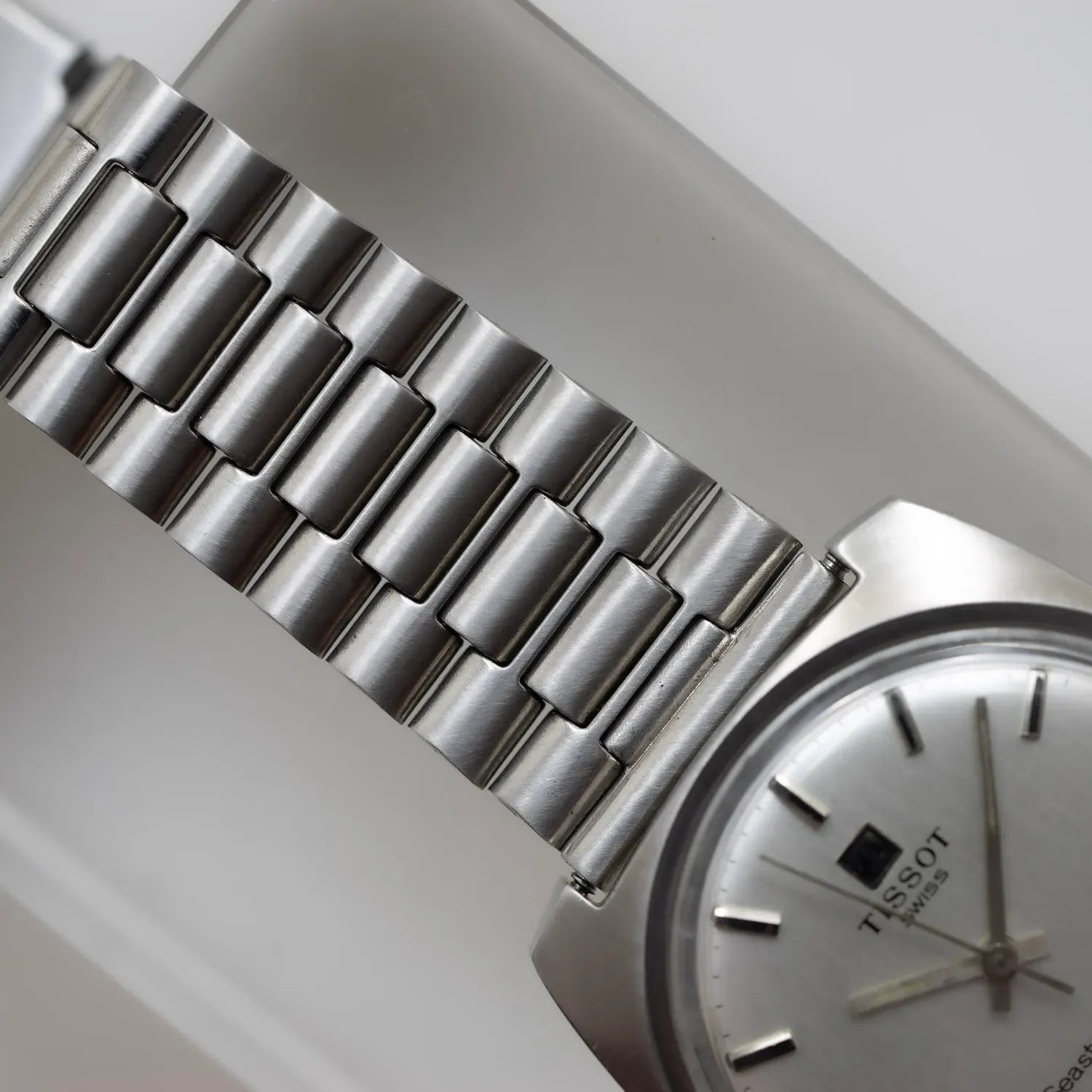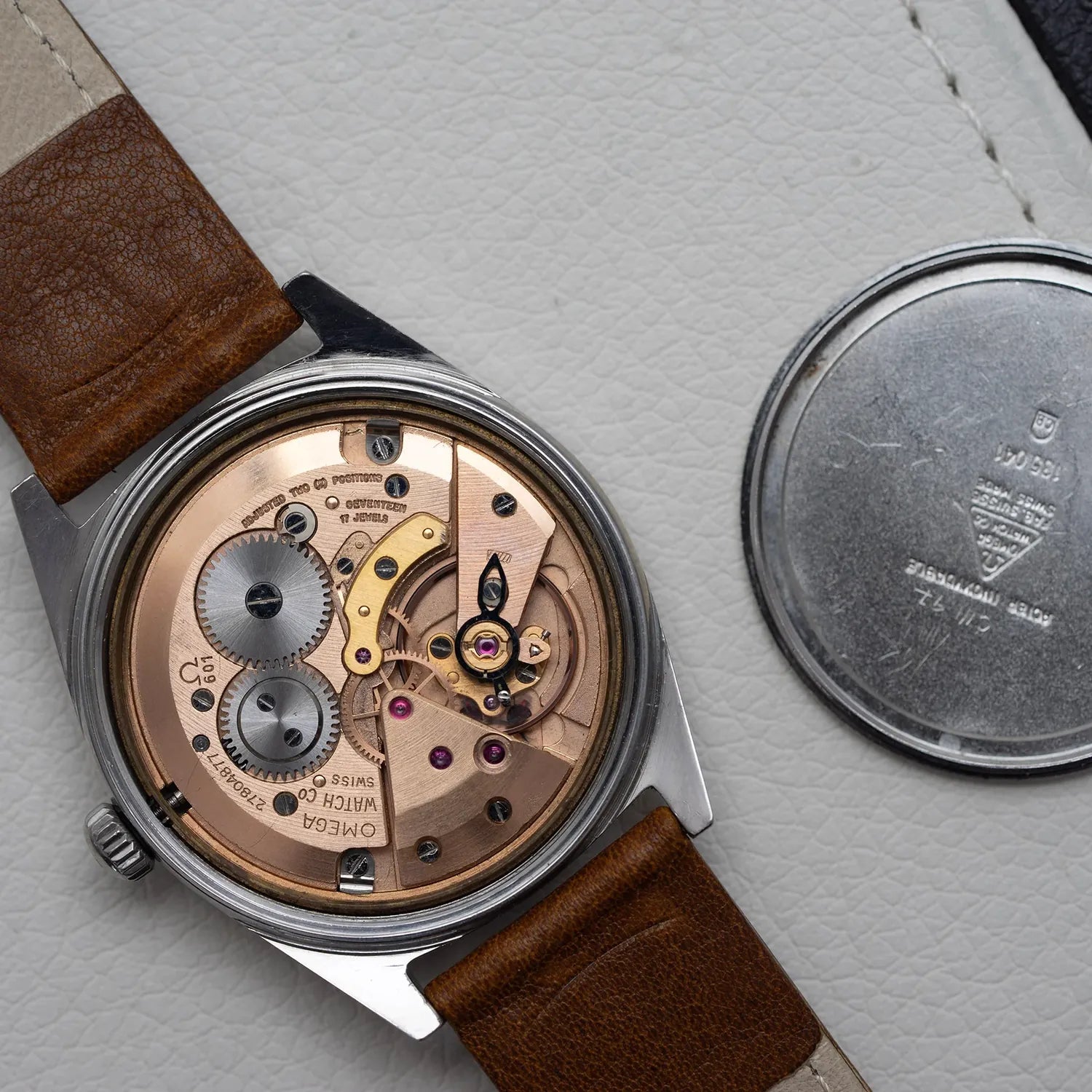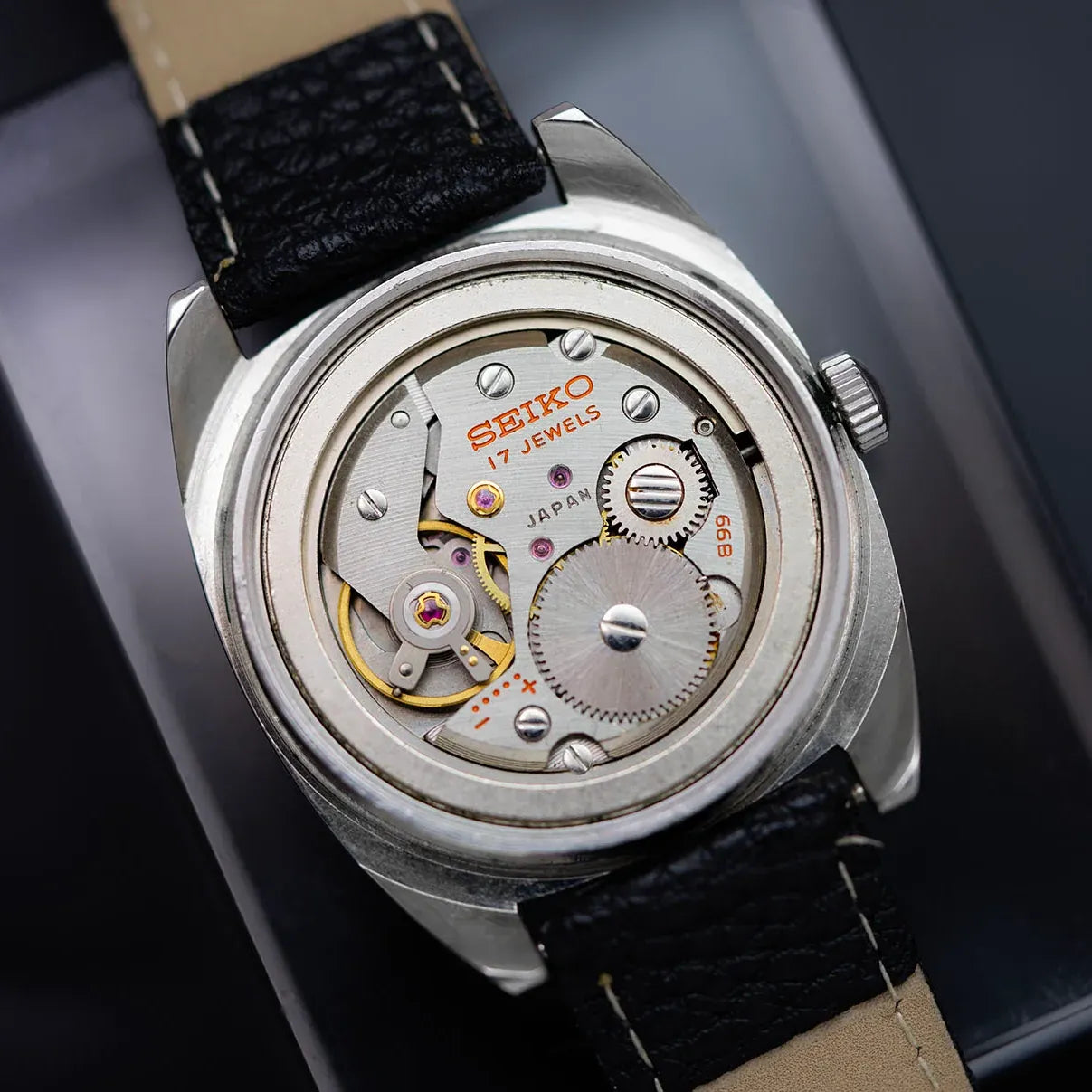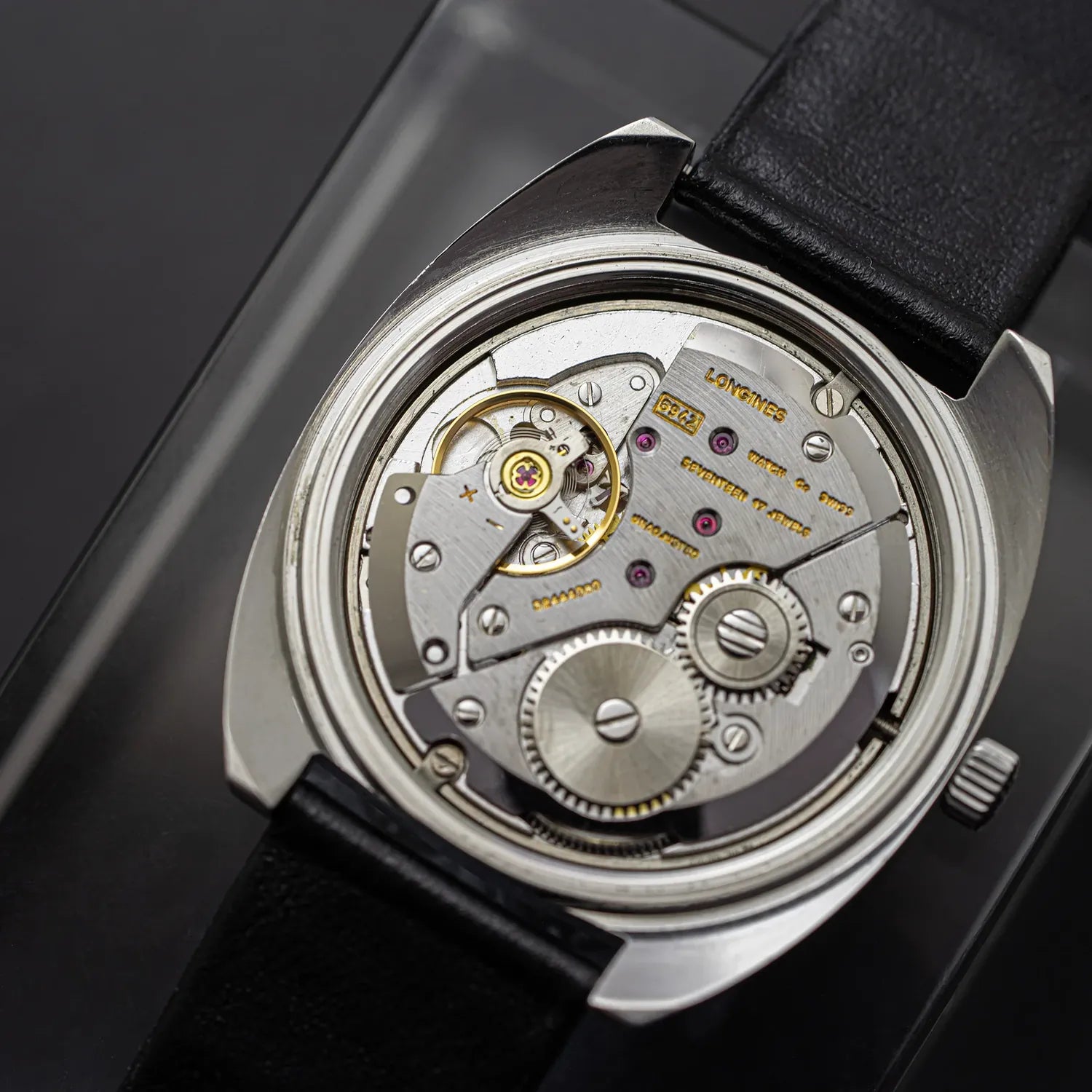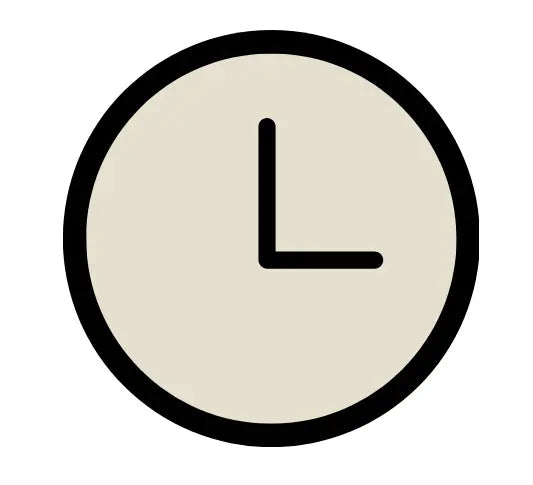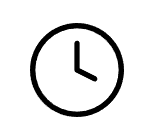Filters
Manual Winding Vintage Watches (1930s–1980s): Models, Sizes & Movements
Shop our manual winding vintage watches for sale from the 1930s–1980s, including Omega, Longines, Zenith, Tissot, Seiko, Certina, and more. Discover slim dress pieces and field watches with period-correct dials, dauphine or baton hands, and classic case sizes for everyday wear. Listings include model references, movement calibers, estimated production years, dimensions, and wrist-fit guidance. Many pieces are professionally serviced and regulated, with crystals and gaskets replaced where needed—ready to wear with secure checkout, insured worldwide shipping, and a 1-year warranty on select models.
How to Choose a Hand-Wound Vintage Watch: Fit, Calibers & Materials
How to choose the right hand-wound vintage watch: start with comfort (diameter, thickness, and lug-to-lug), then pick the movement family that fits your priorities—Omega 26x/28x/6xx and Longines 30L for refined Swiss engineering, Zenith 126/Cal. 40 for collectability, or Seiko 66 series for reliable daily wear. Consider acrylic crystals for warm vintage character vs. mineral/sapphire for durability, and straps in period-correct widths for the best fit. Our high-resolution photos show dial printing, lume, crown signatures, caseback engravings, and movement condition so you can verify originality with confidence.
Manual Winding Care & Buying Tips: Safe Winding, Date Setting & Maintenance
Care tips for manual winding: wind daily at the same time until you feel natural resistance (typically 20–40 crown turns), avoid quick-setting the date between roughly 8 PM and 4 AM, and keep vintage pieces away from swimming or showers unless seals are freshly tested. We prioritize originality over heavy refinishing and clearly disclose service work and any replaced parts. With expert support, transparent descriptions, and fast, insured worldwide delivery, our manual winding vintage watches for sale offer tactile charm, dependable performance, and long-term collectability.
Manual Winding Vintage Watches – Frequently Asked Questions
How do I wind a hand-wound vintage watch correctly (and how many turns)?
Take the watch off your wrist, turn the crown slowly in the winding direction once per day, and stop as soon as you feel firm resistance. Most hand-wound calibers reach a full wind in roughly 20–40 crown turns. Don’t force the crown past resistance—over-tightening can damage the mainspring or barrel. If the watch has a date, set the time first, then the date (see safe-setting tip below).
What’s the safe way to set the date on a manual winding vintage watch?
Avoid quick-setting the date while the movement’s date change is engaged—typically between about 8 PM and 4 AM. Move the hands to ~6:30 first, set the date (via quick-set or by cycling 9 PM → 1 AM), then set the correct time. This prevents damage to the calendar jumper, date wheel teeth, or setting lever.
How often should a manual winding vintage watch be serviced, and what’s included?
A common guideline is every 4–6 years, depending on wear and storage. A proper overhaul includes complete disassembly, cleaning, inspection and replacement of worn parts and gaskets, fresh lubrication, reassembly, regulation (rate, beat error), and final tests for accuracy and power reserve. Documented, recent servicing improves reliability and long-term value.
What accuracy and power reserve should I expect—and how do I check authenticity before buying?
Many mid-century to 1980s hand-wound movements deliver ~36–50 hours of power reserve and realistic accuracy around ±10–30 seconds/day after a proper service (individual results vary by caliber and condition). For authenticity/originality, match the reference, serial, and movement caliber to the production era; examine dial printing, hands, crown signatures, and caseback engravings; and review clear movement photos. Buy from reputable sellers who list dimensions (diameter, thickness, lug-to-lug), service history, and any replaced parts.

